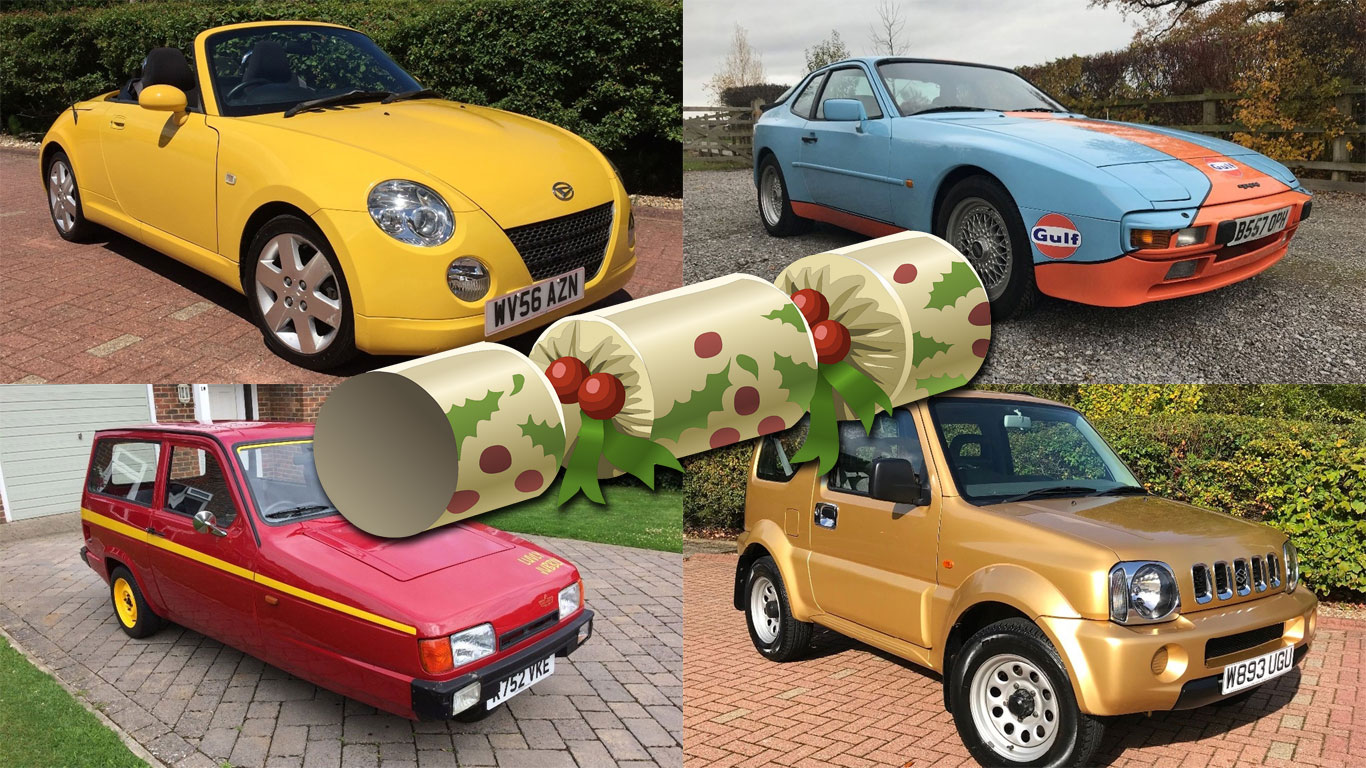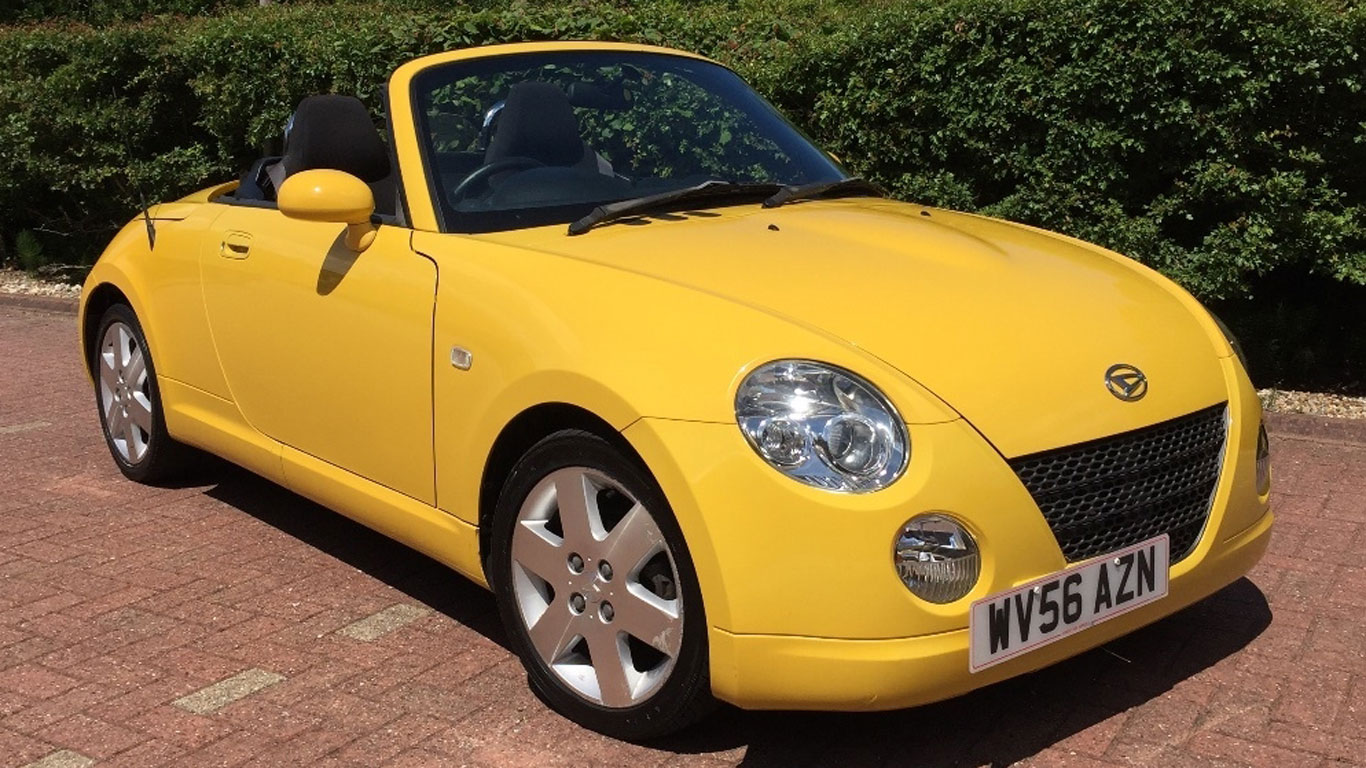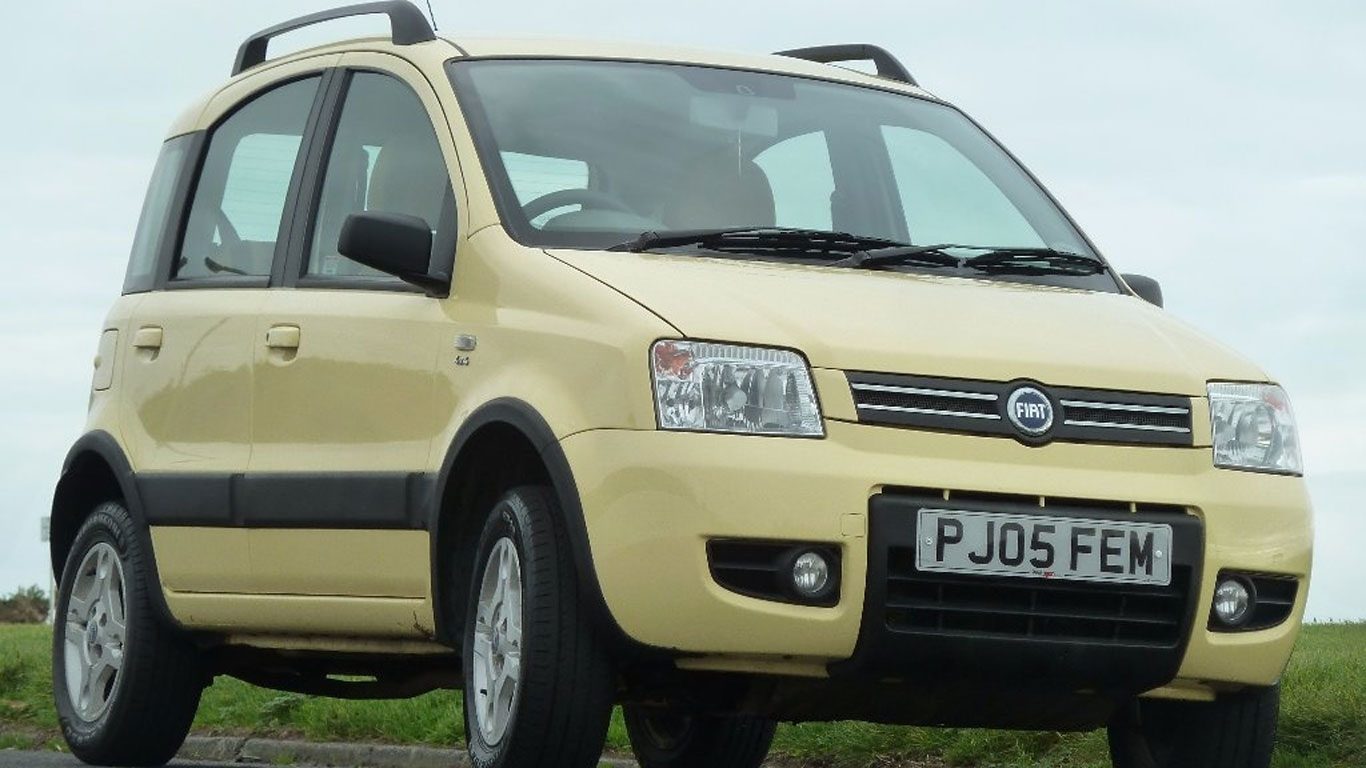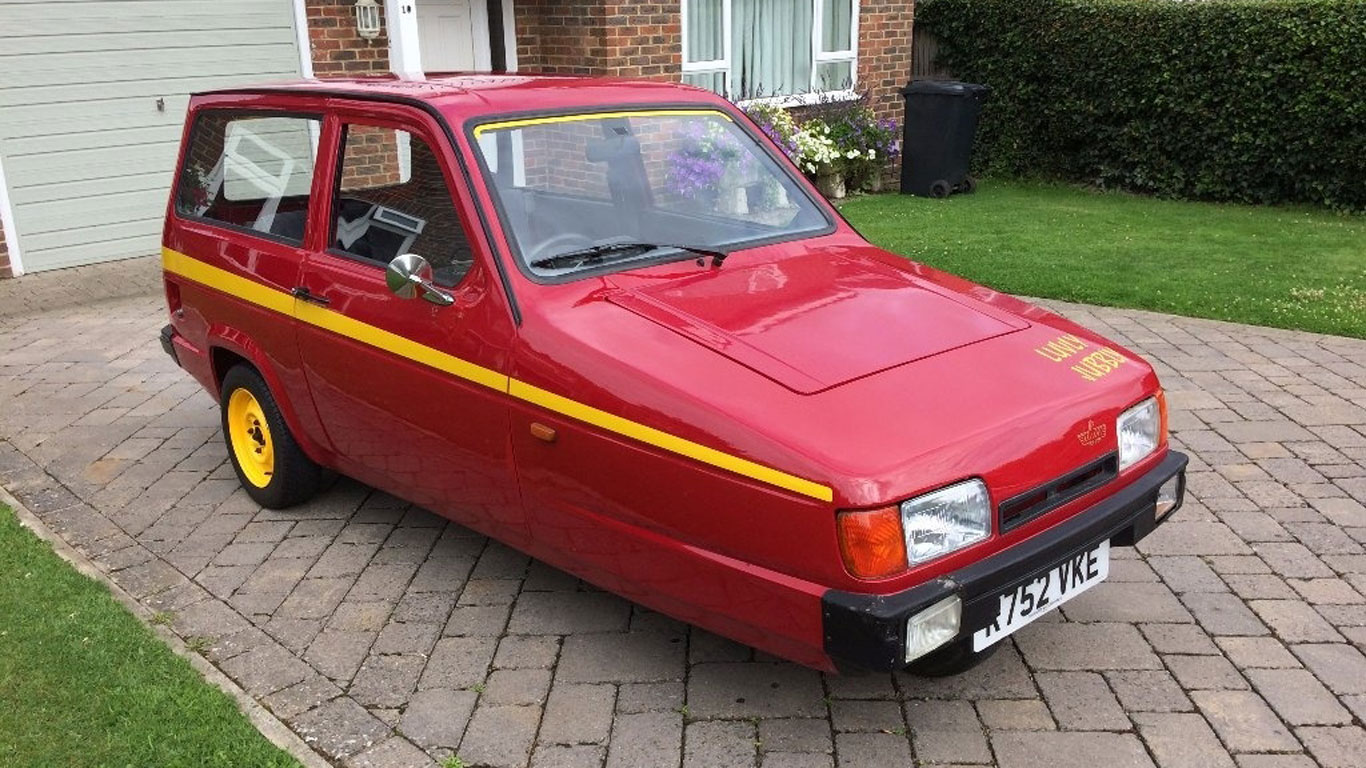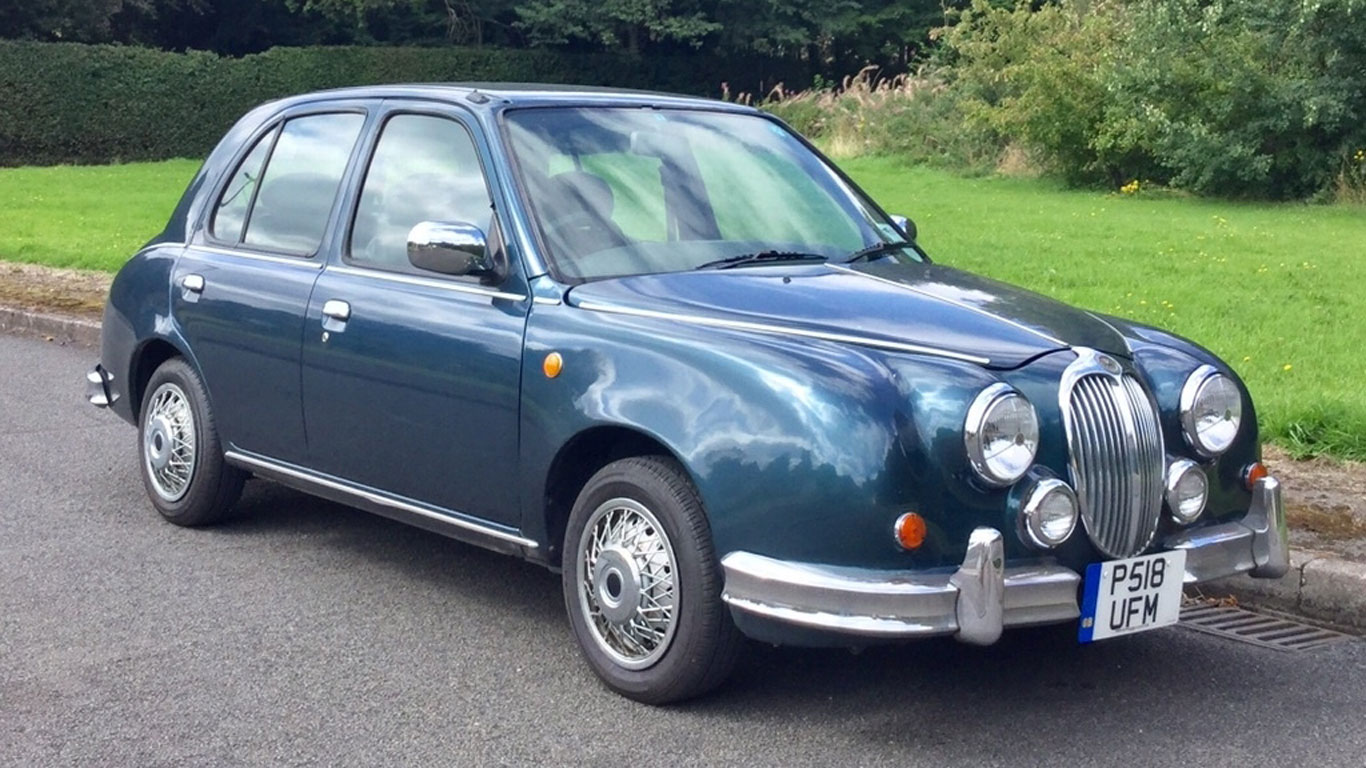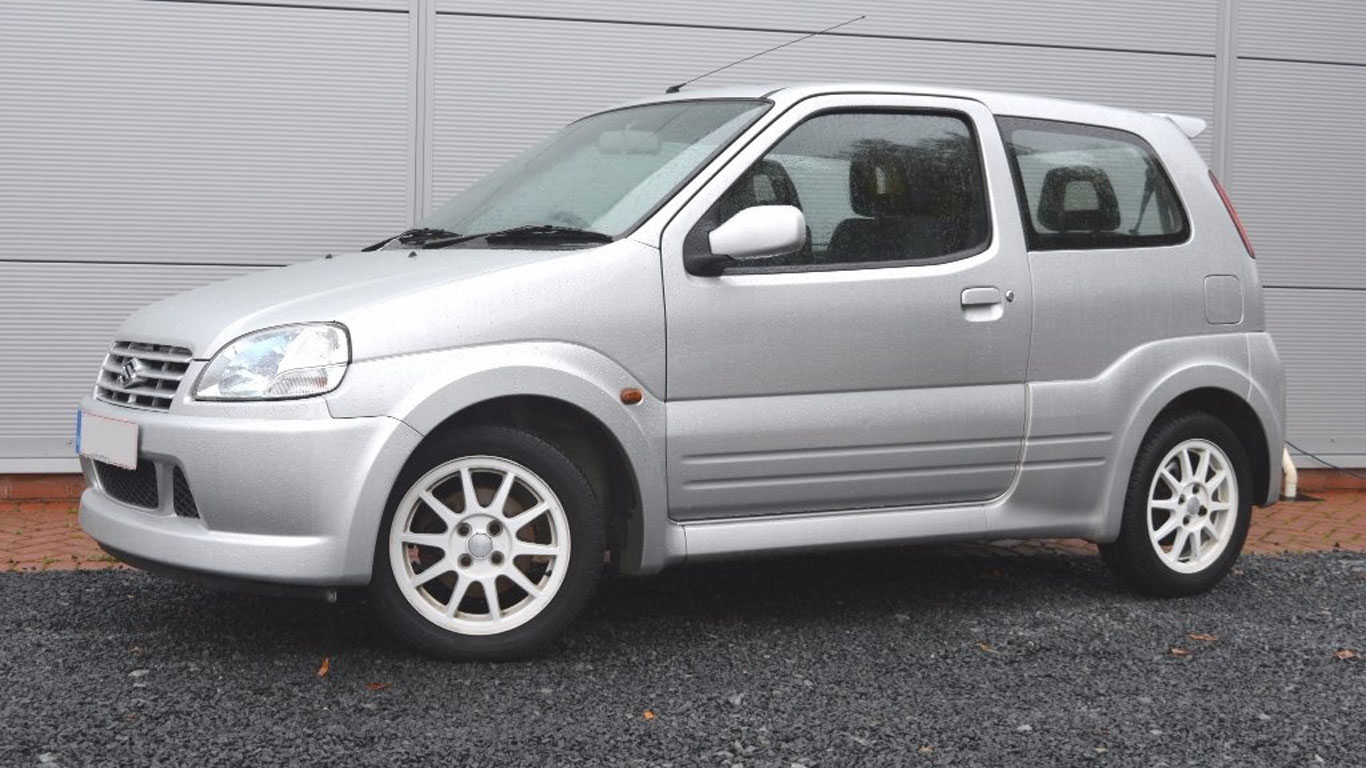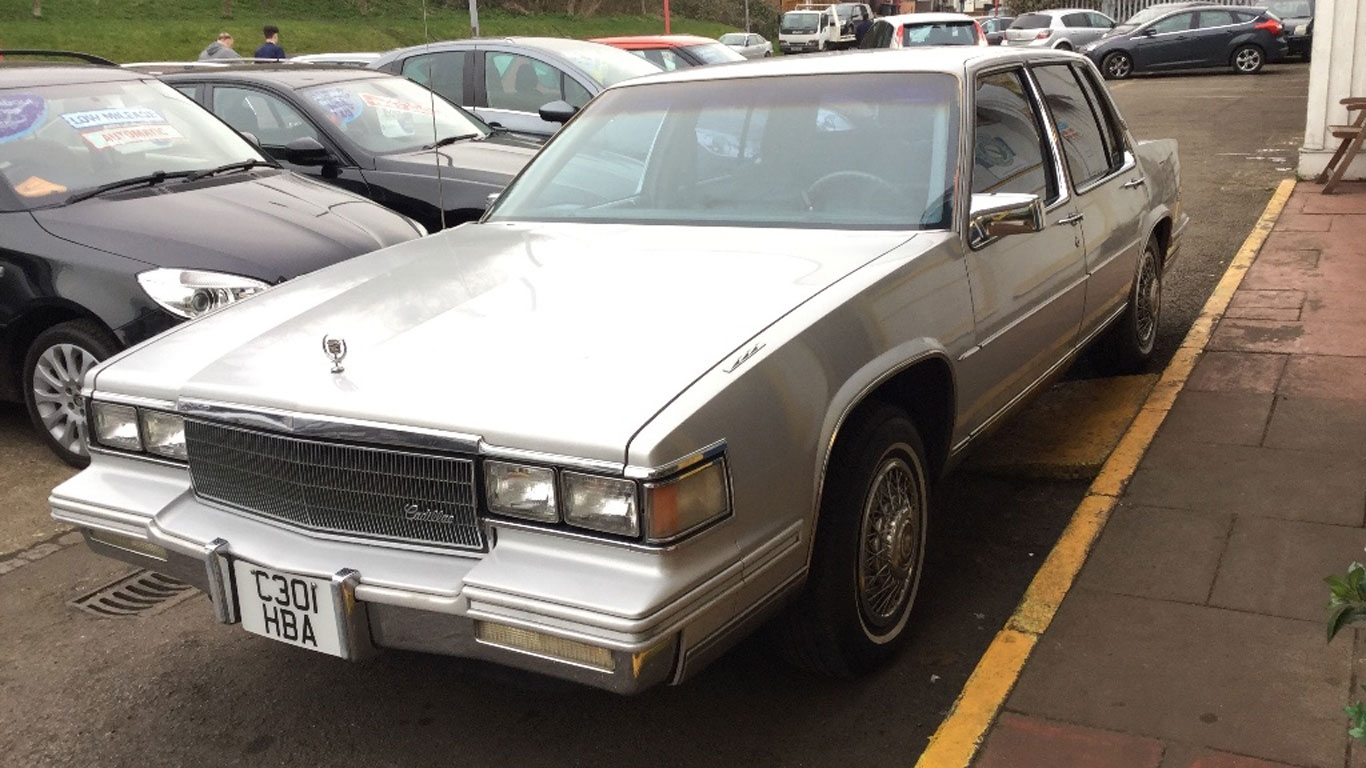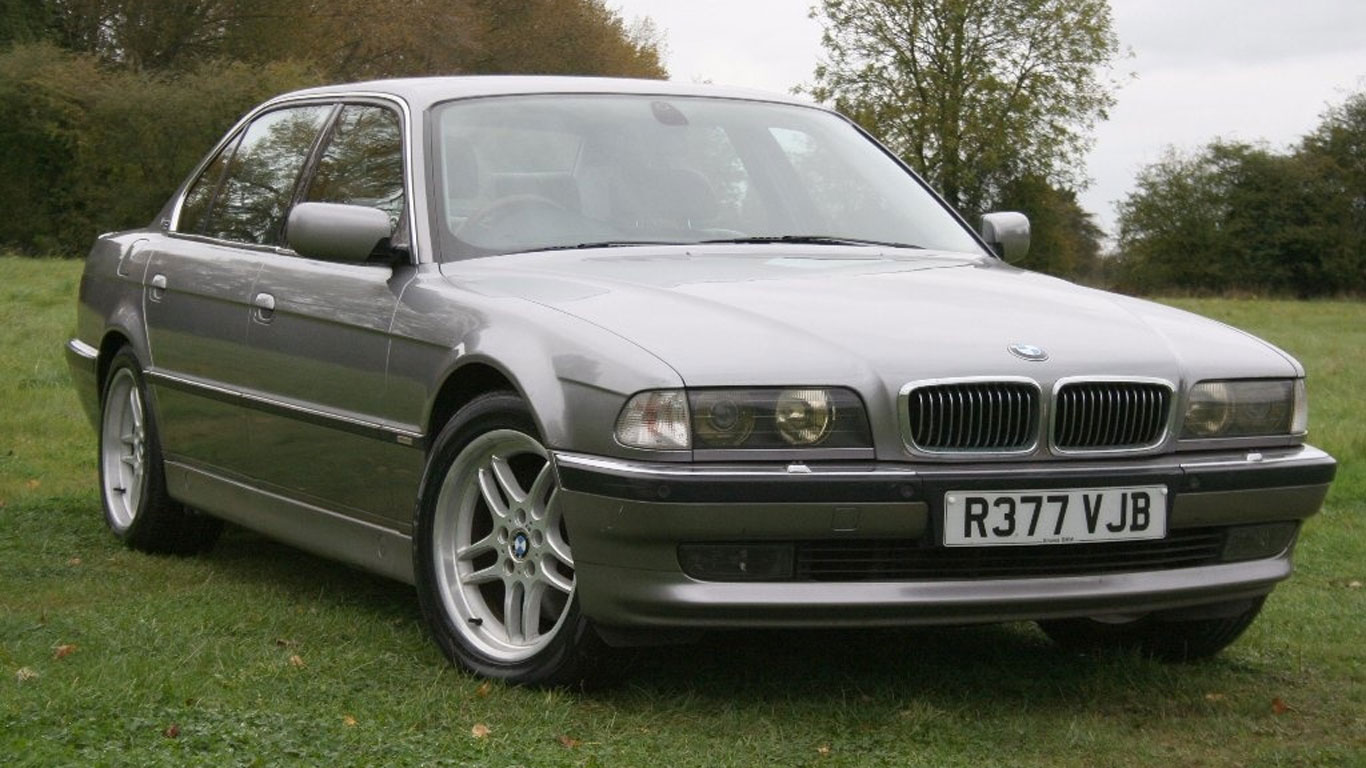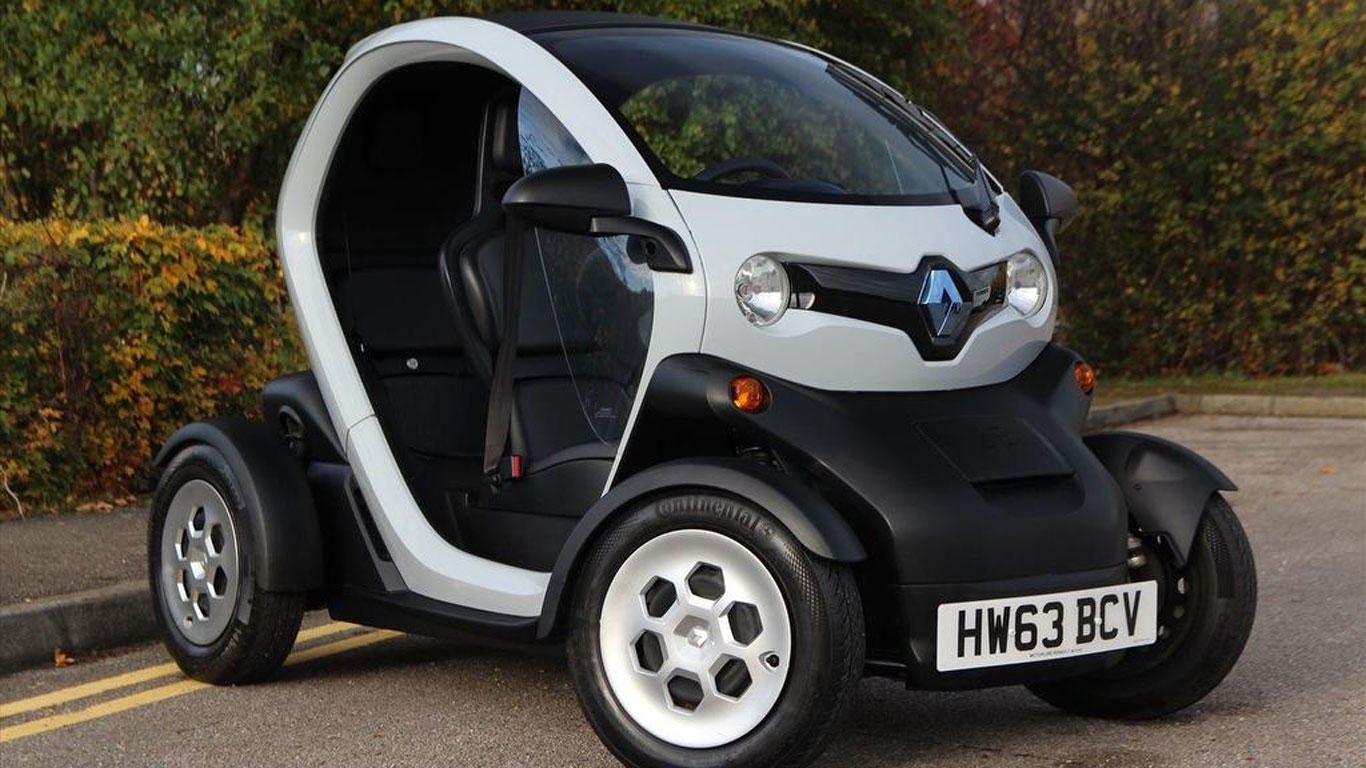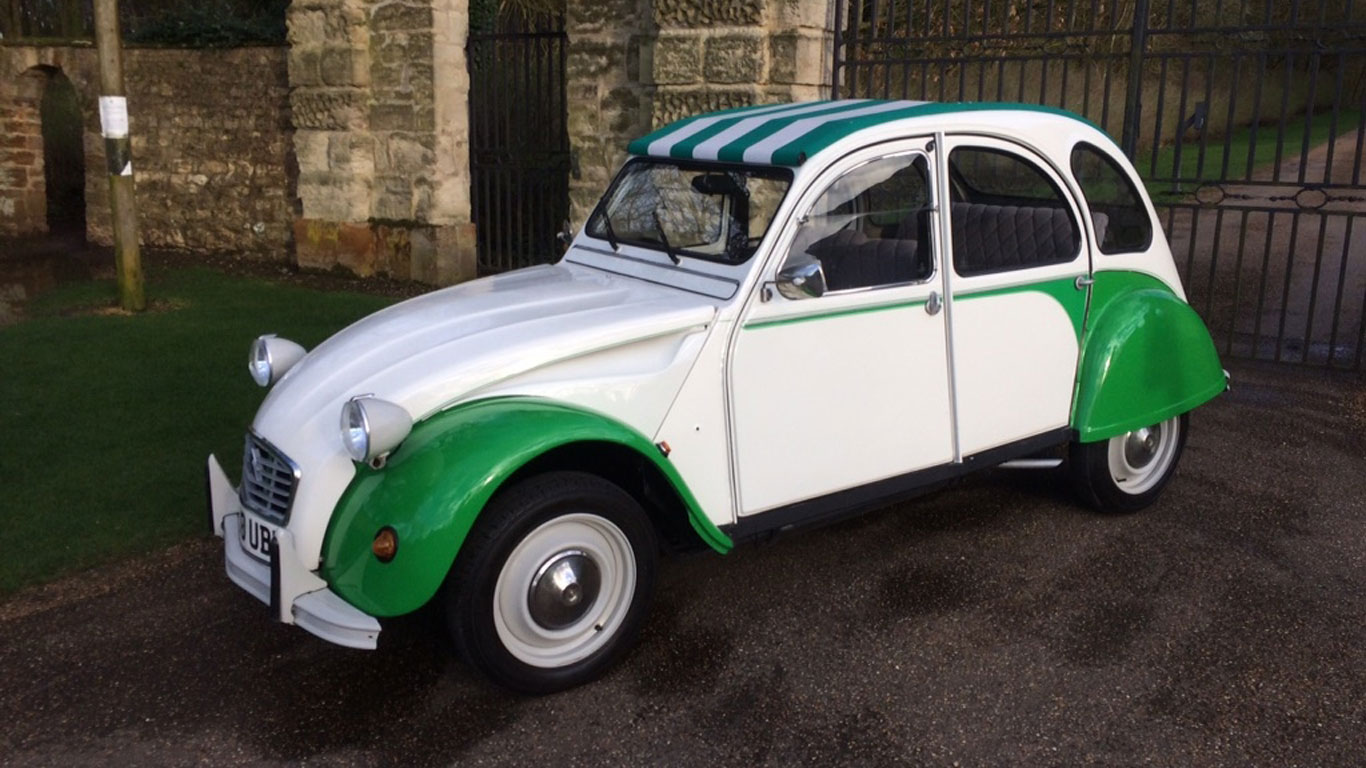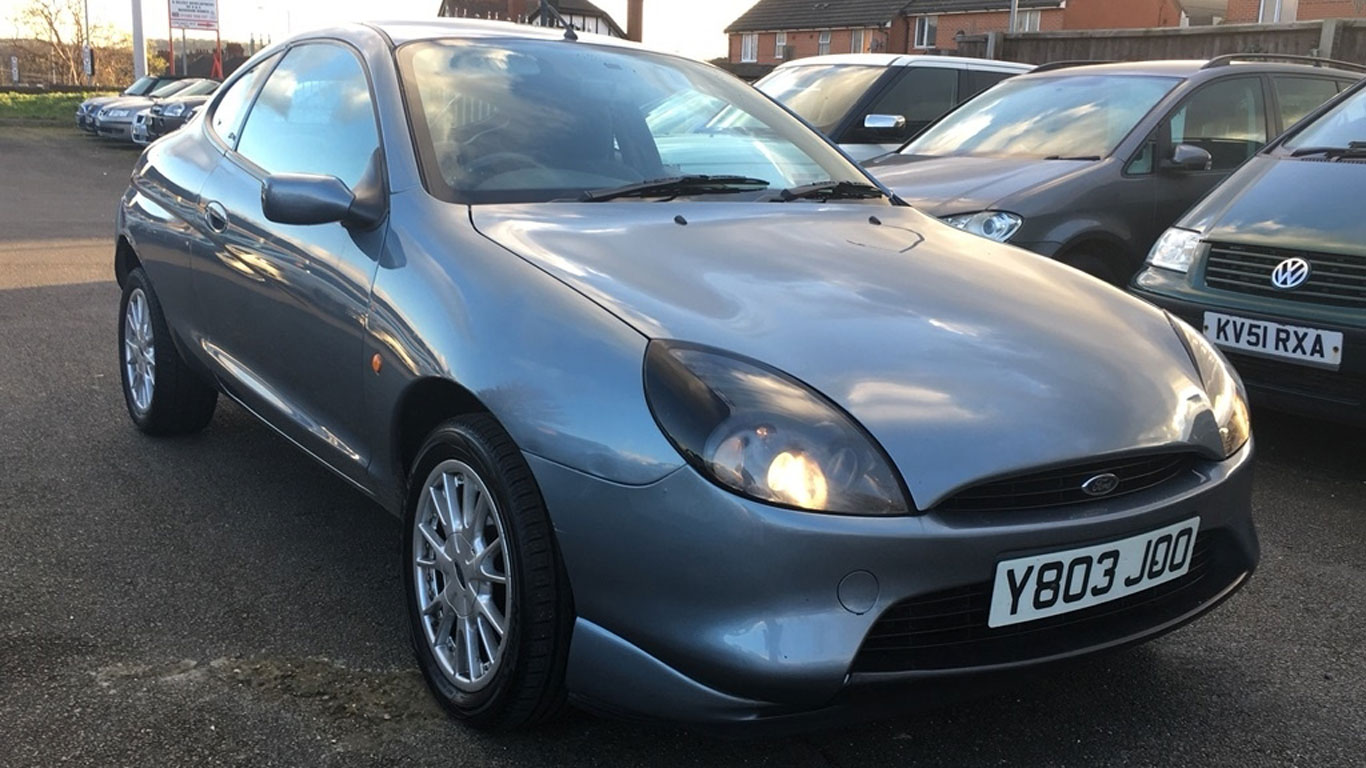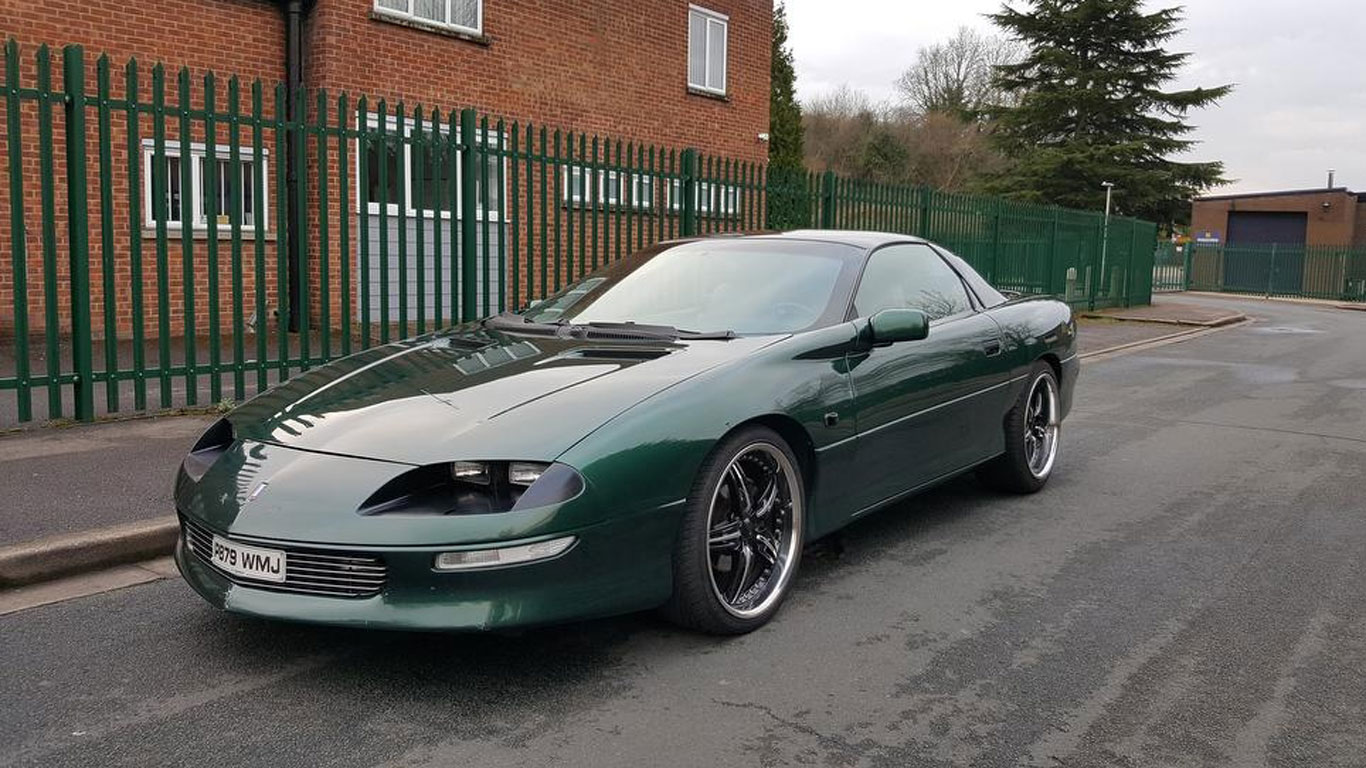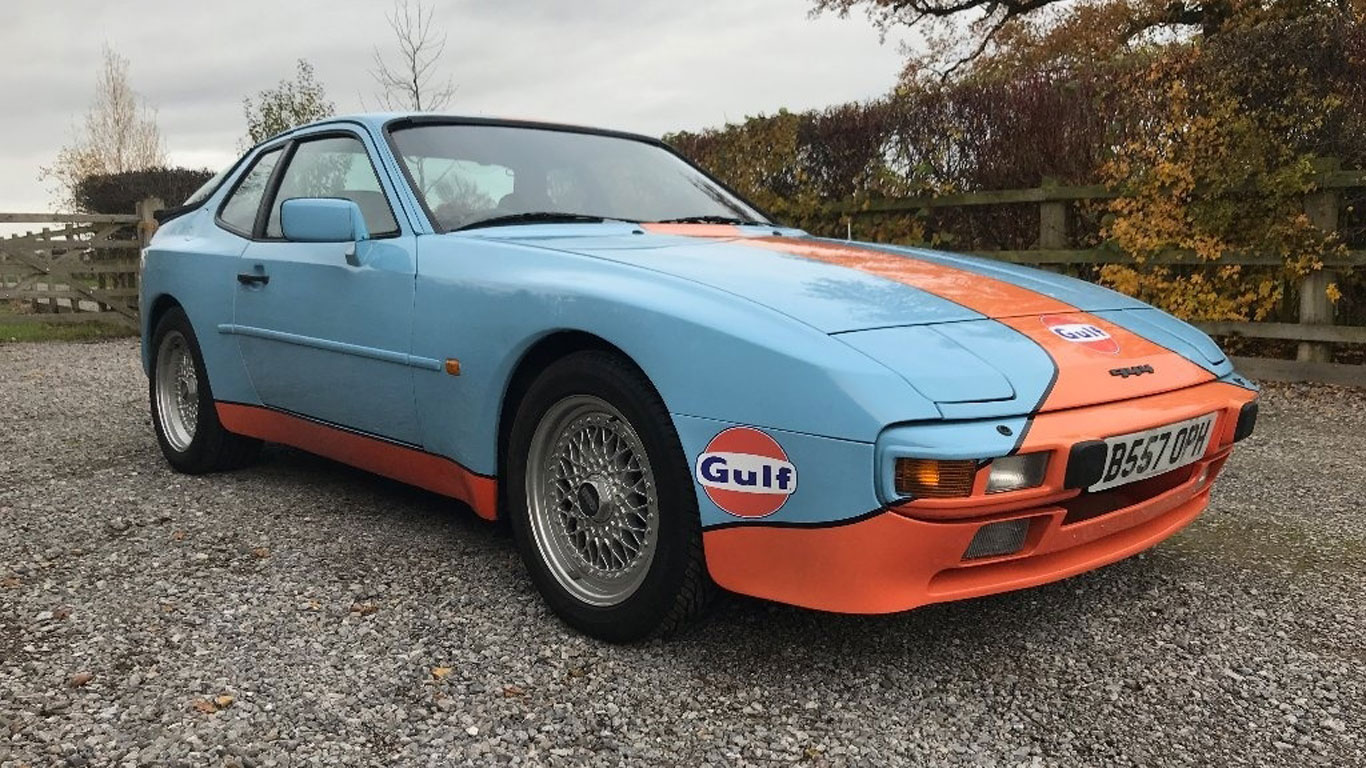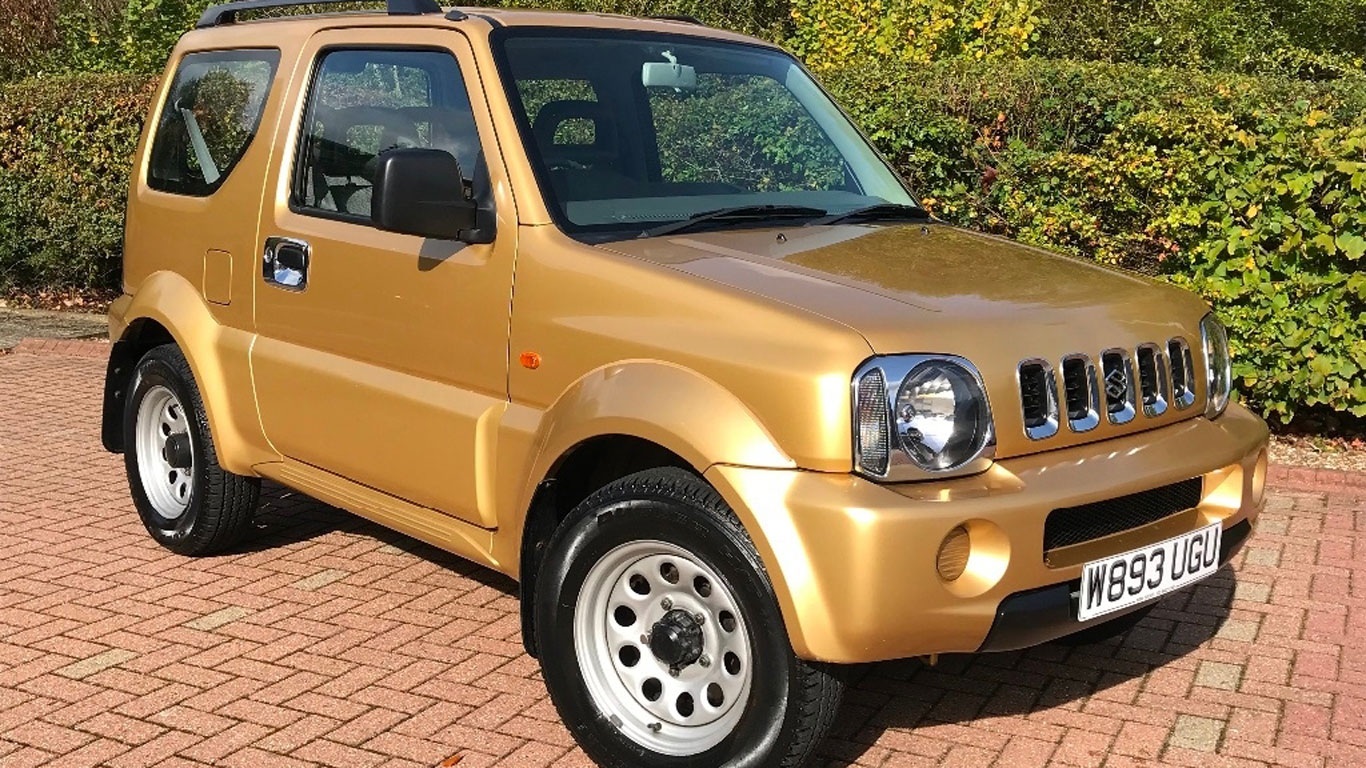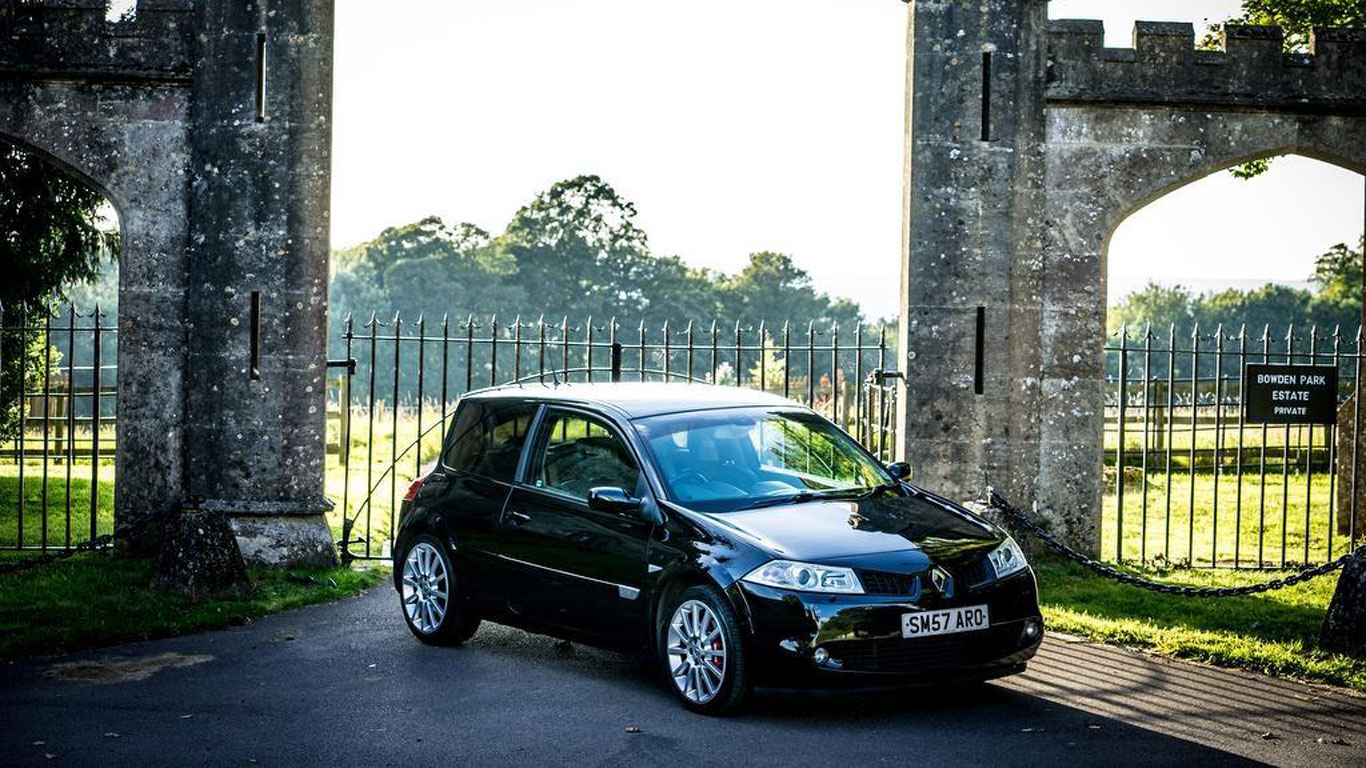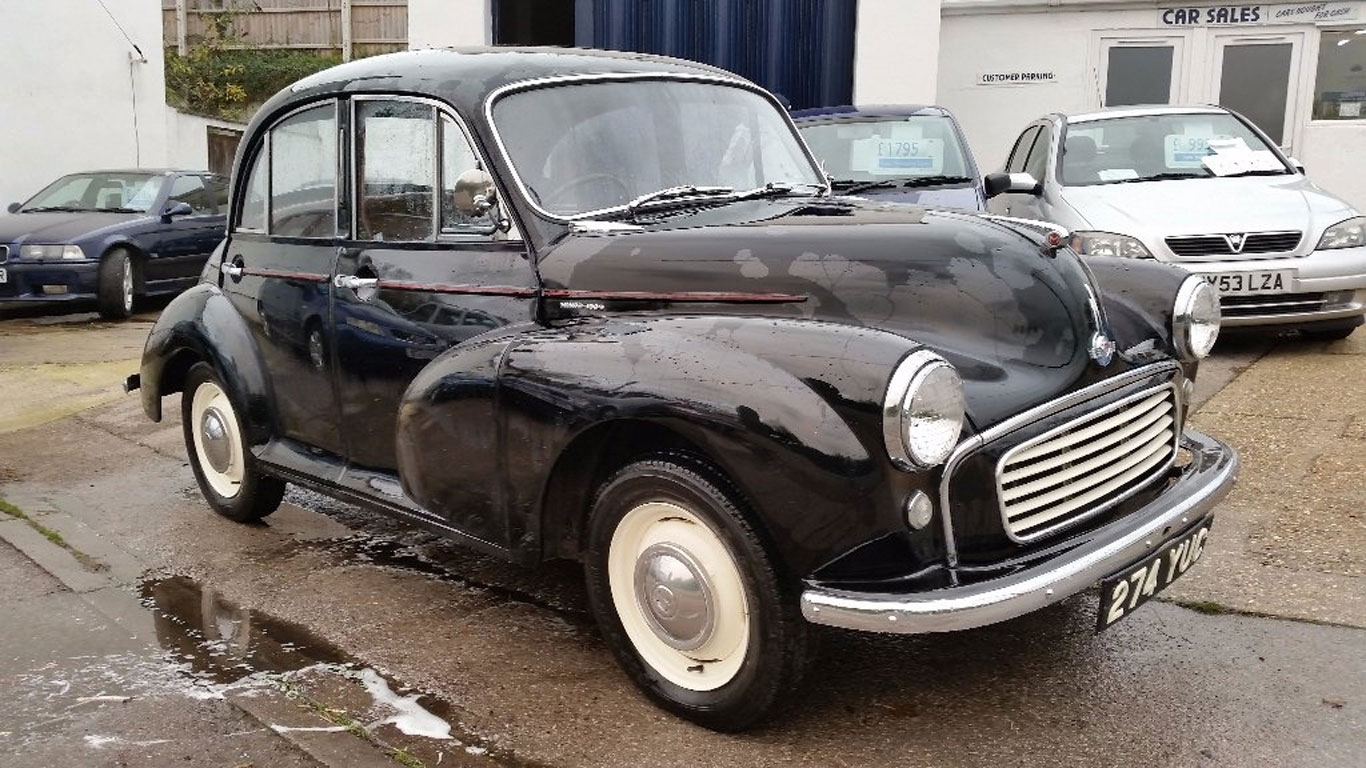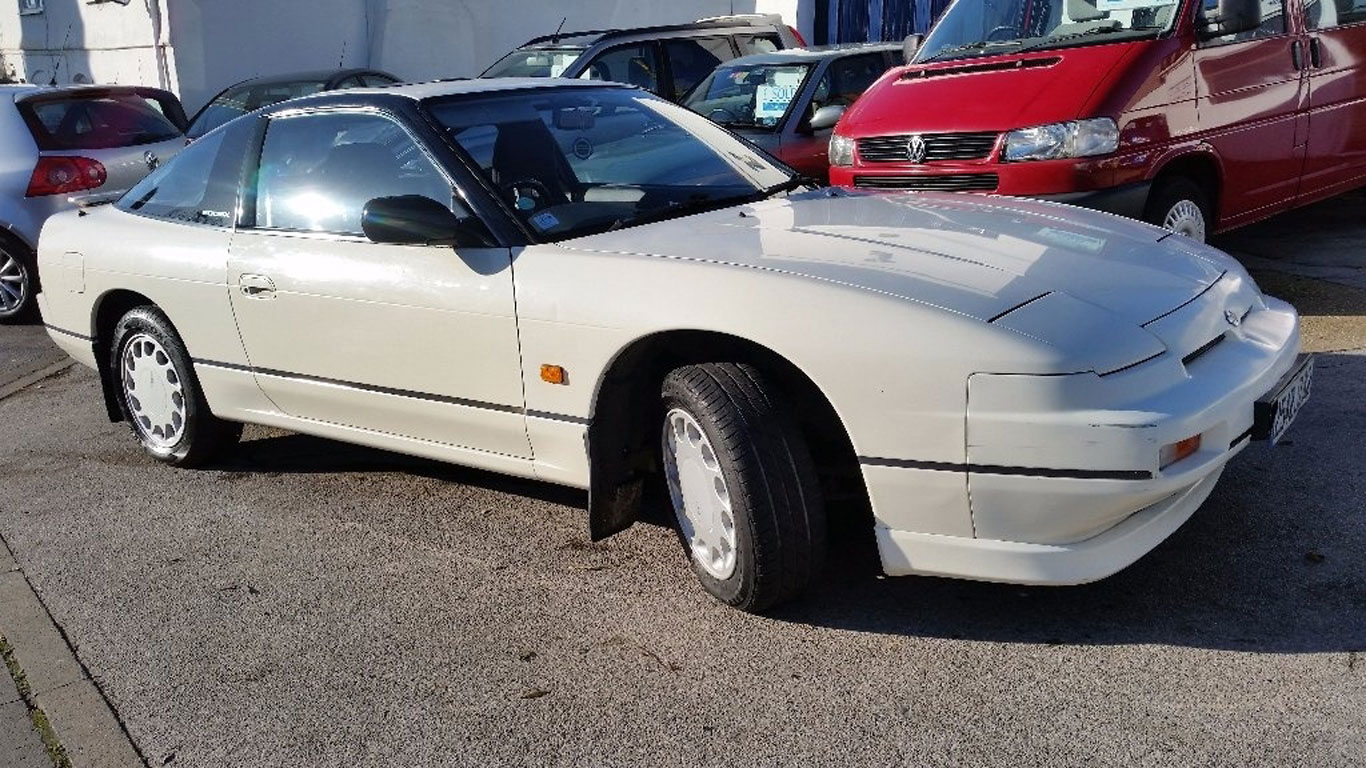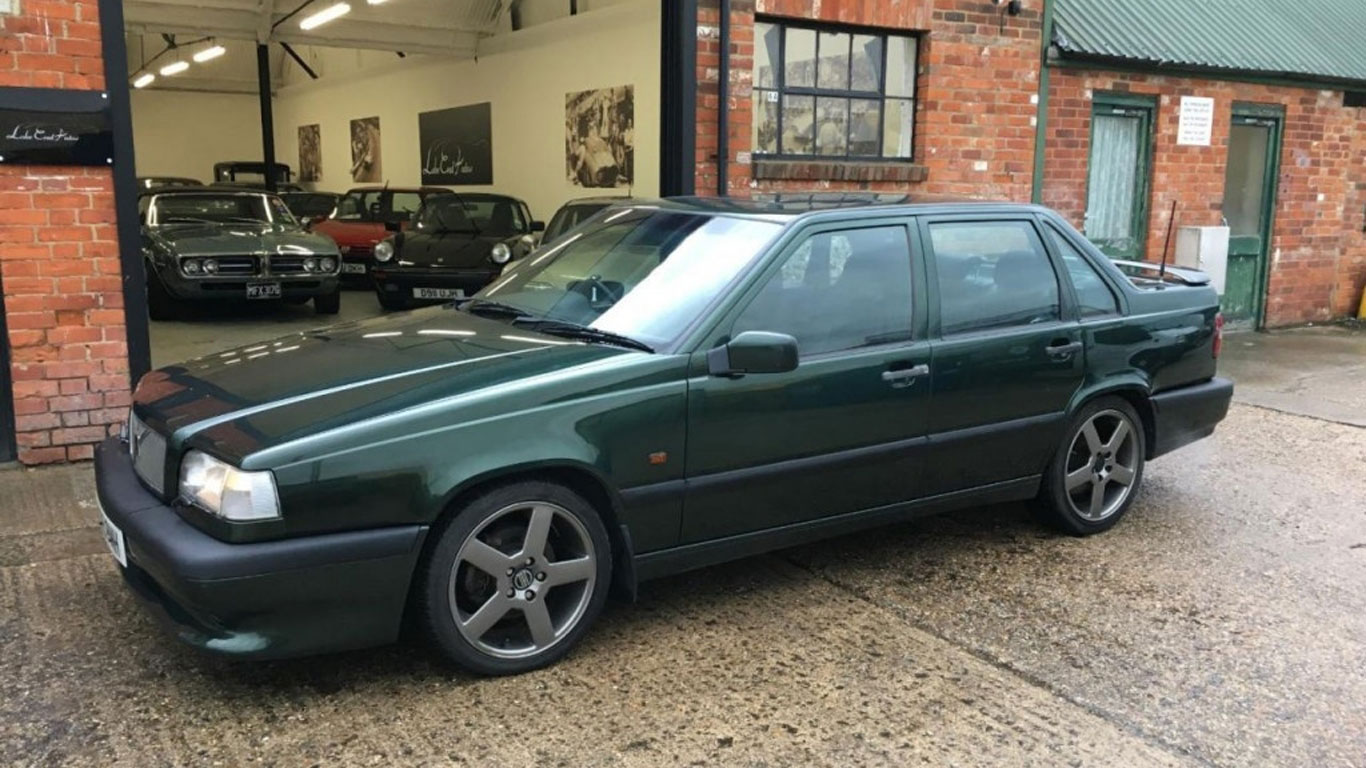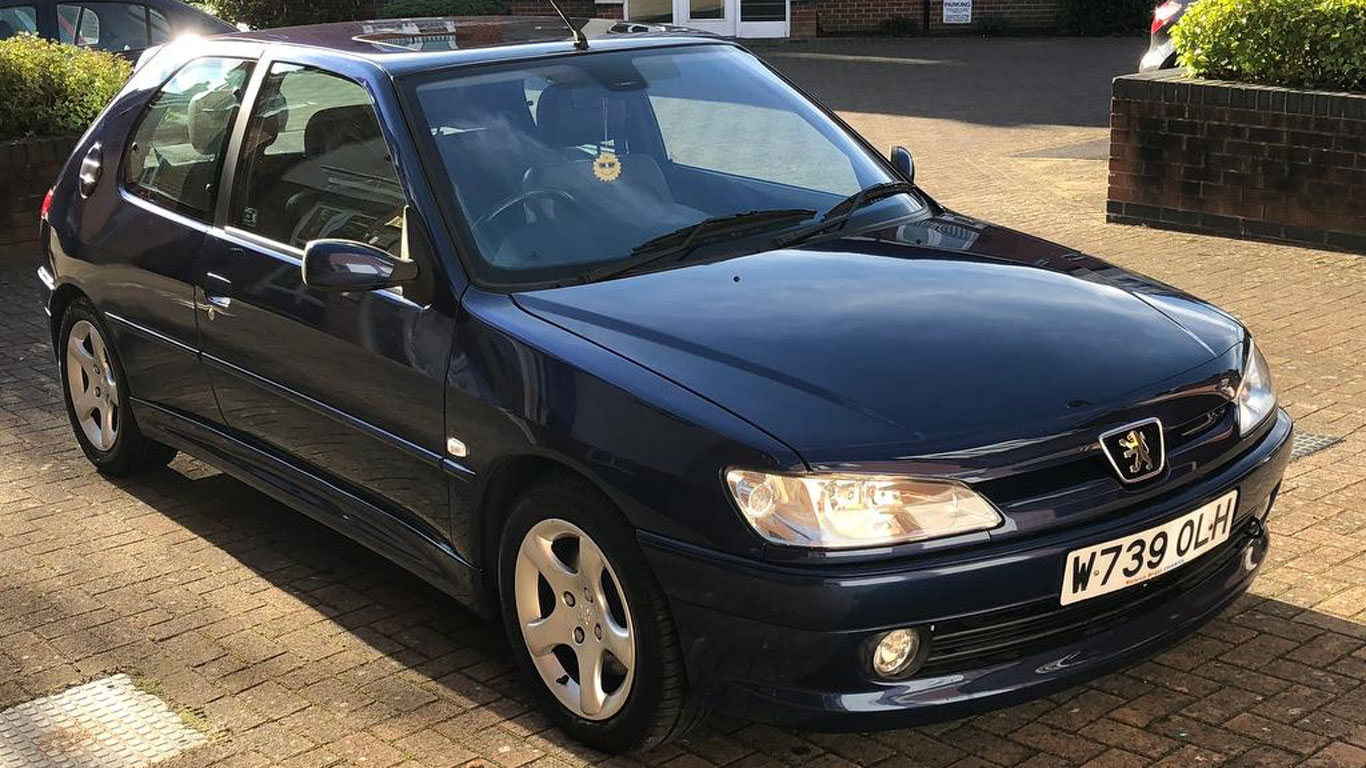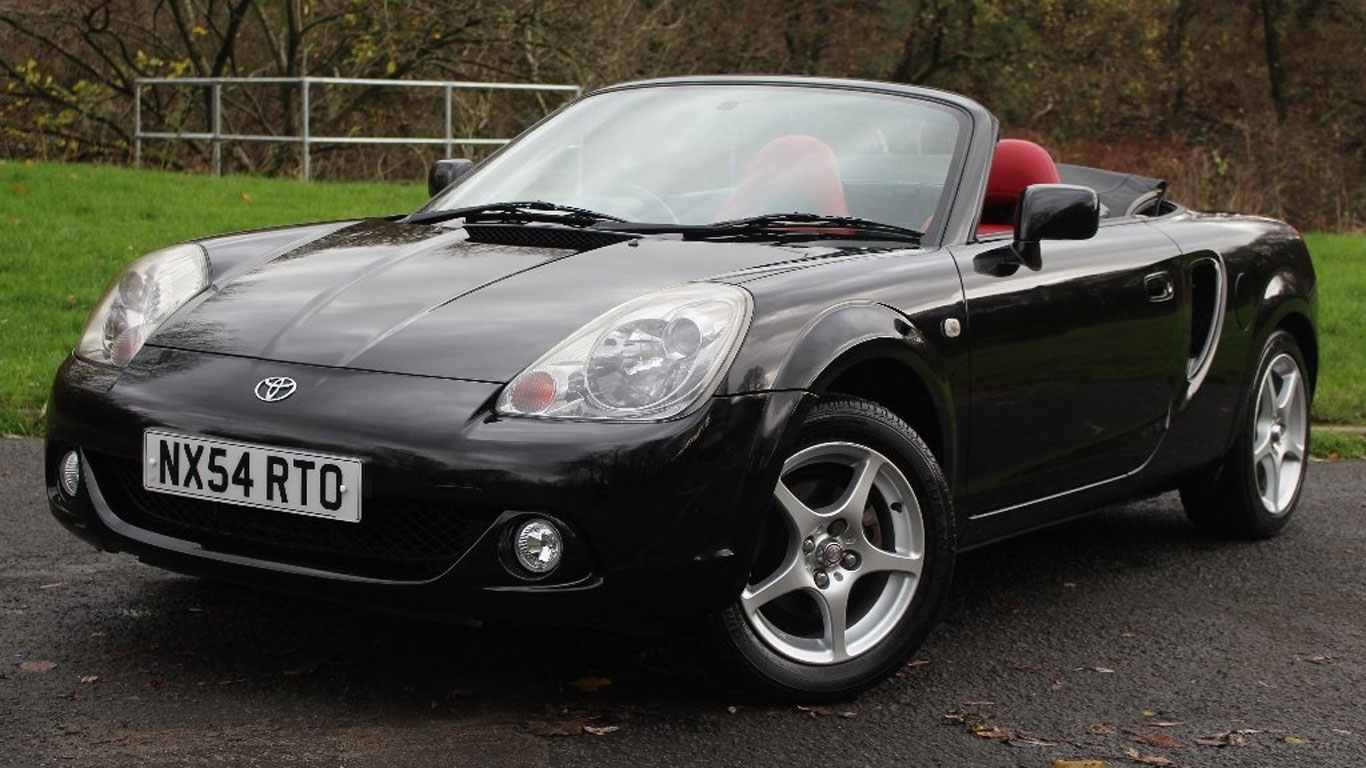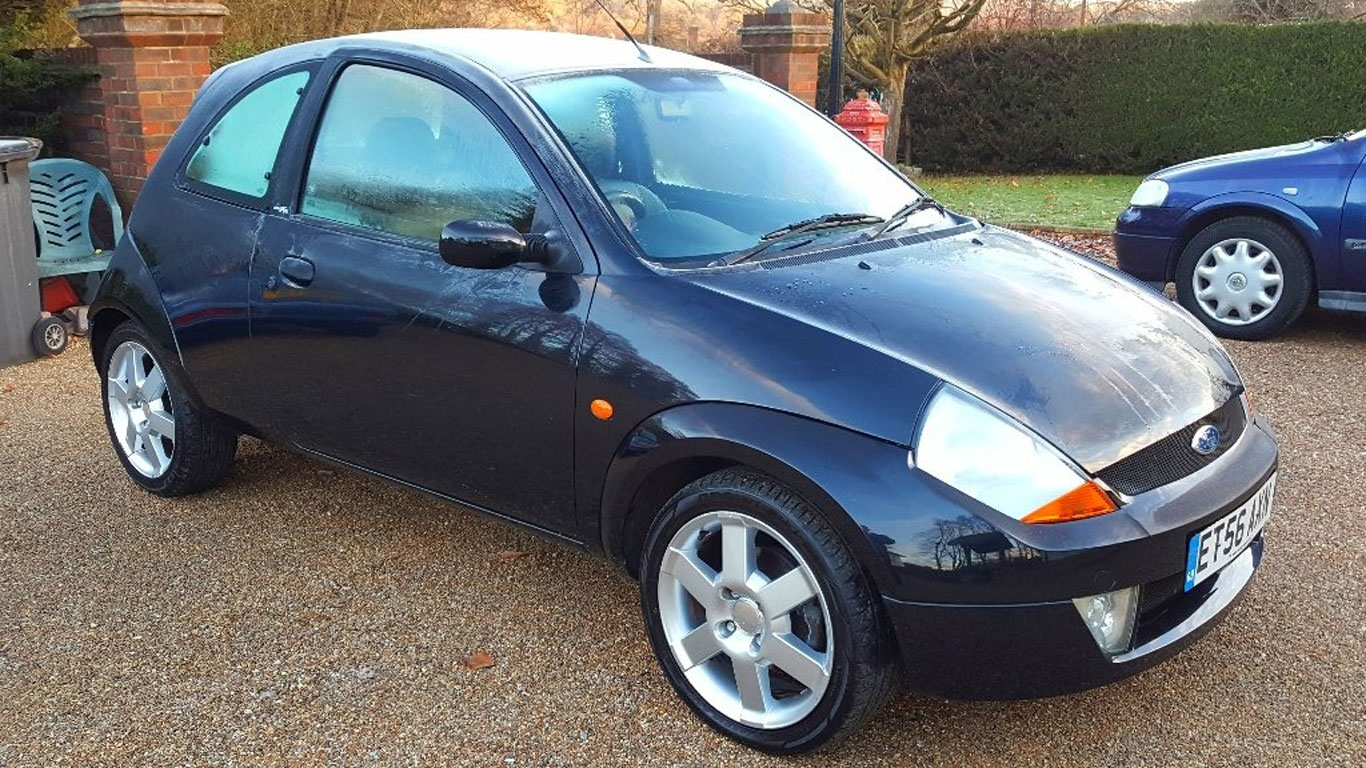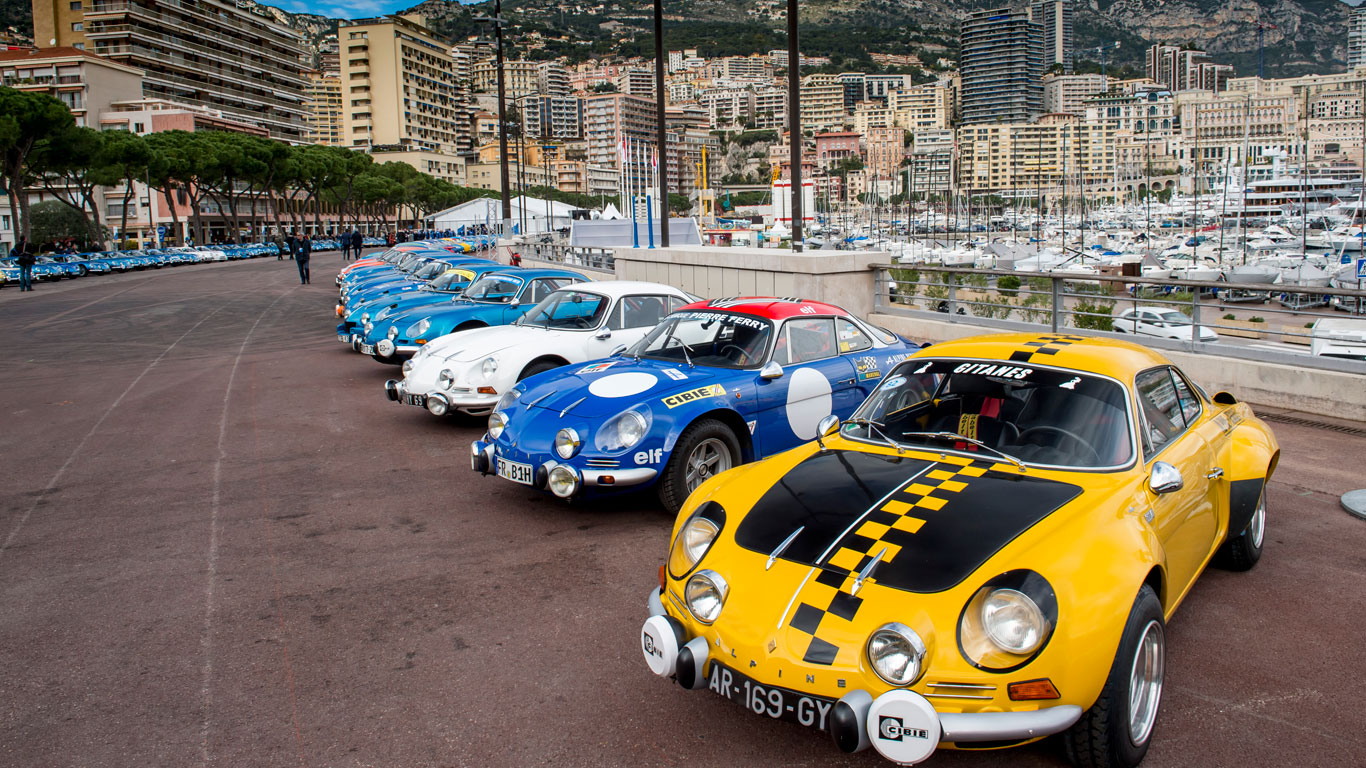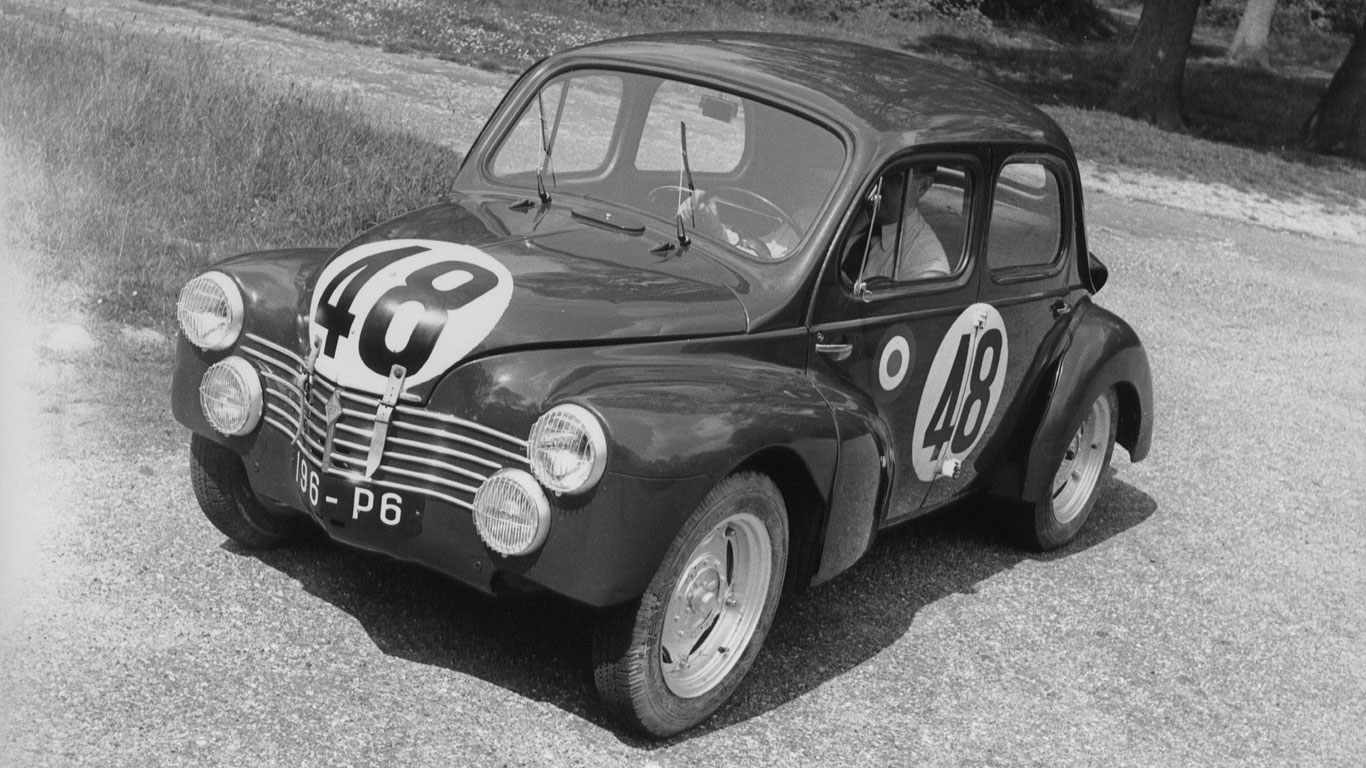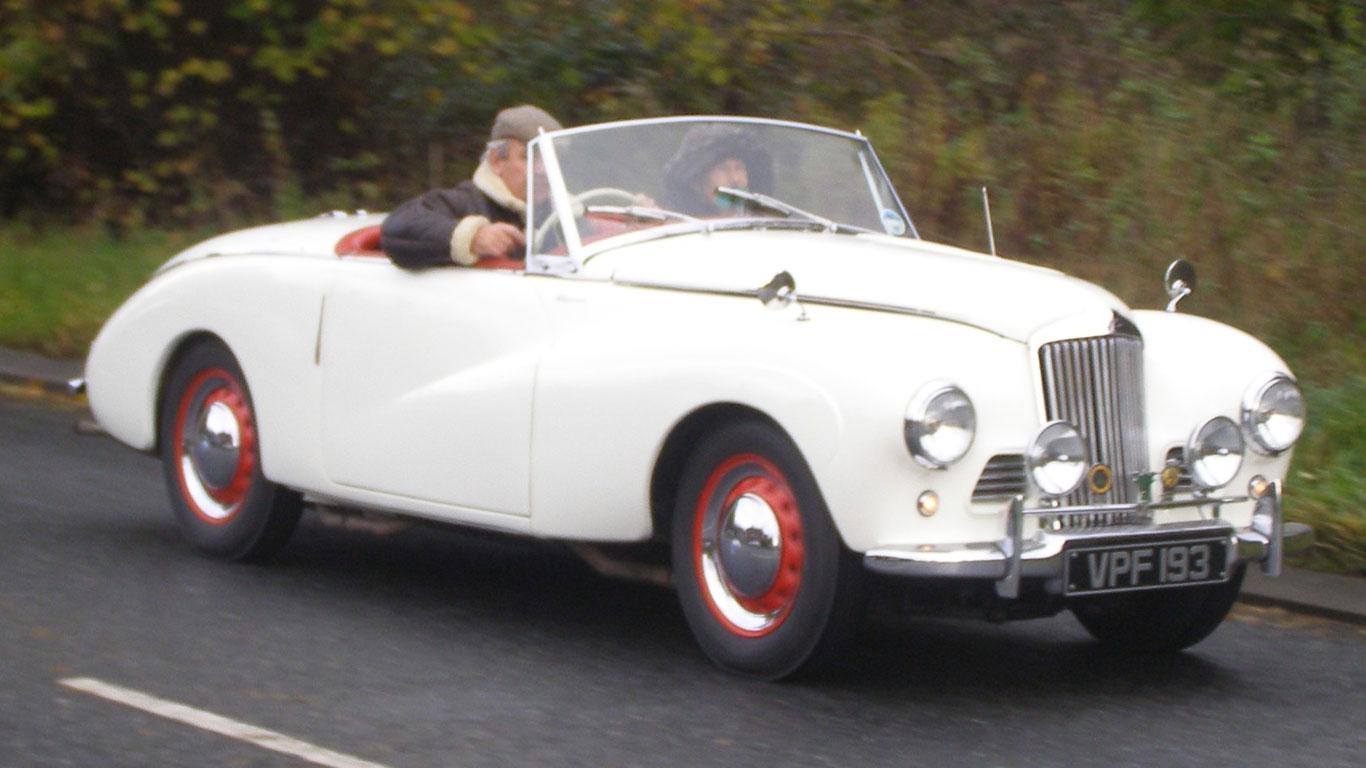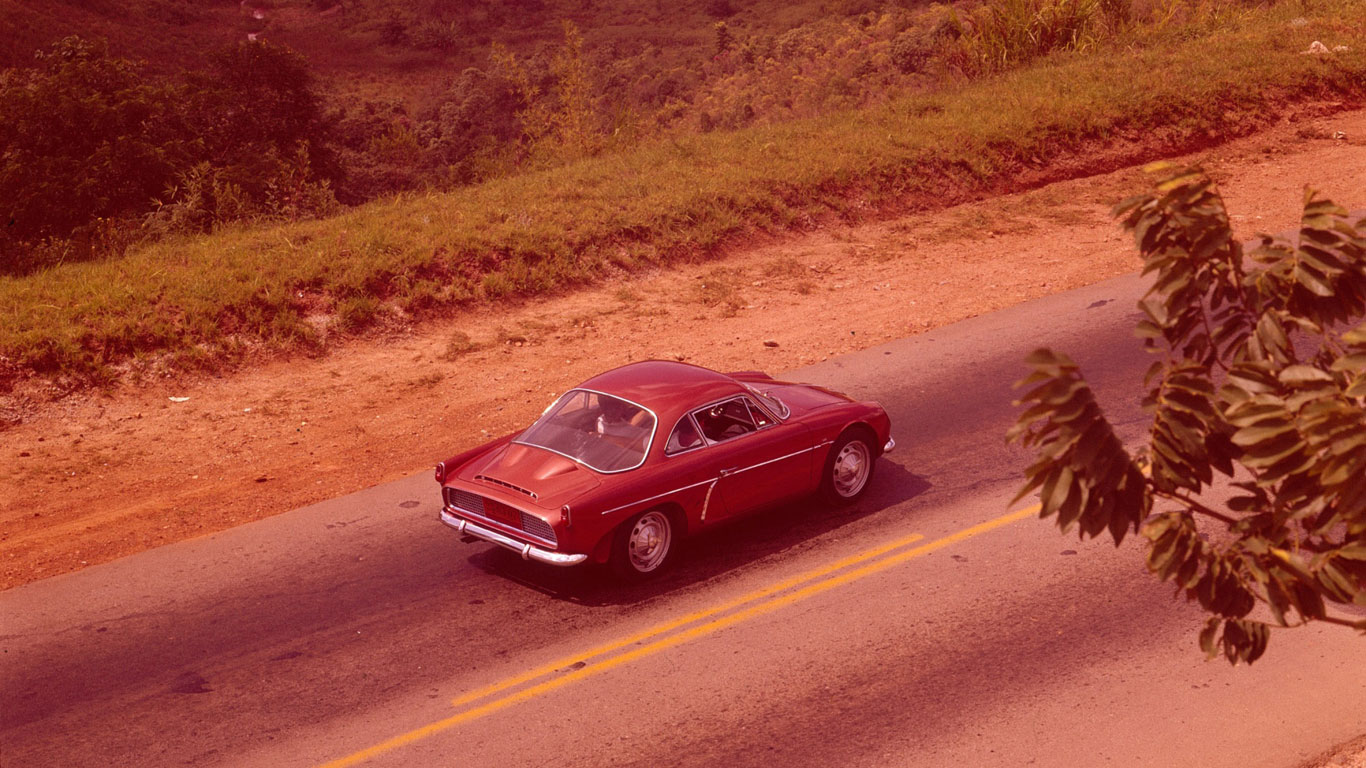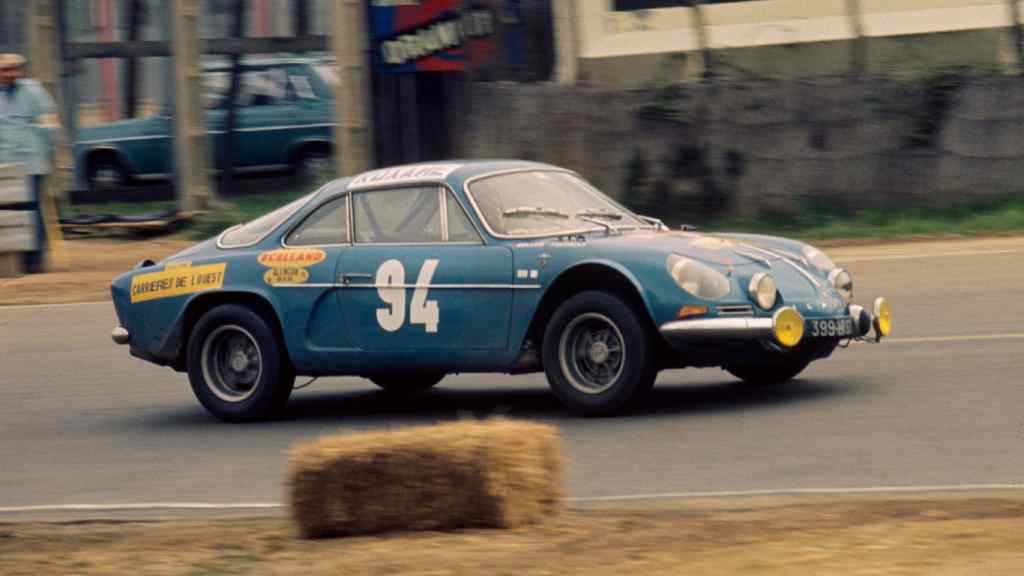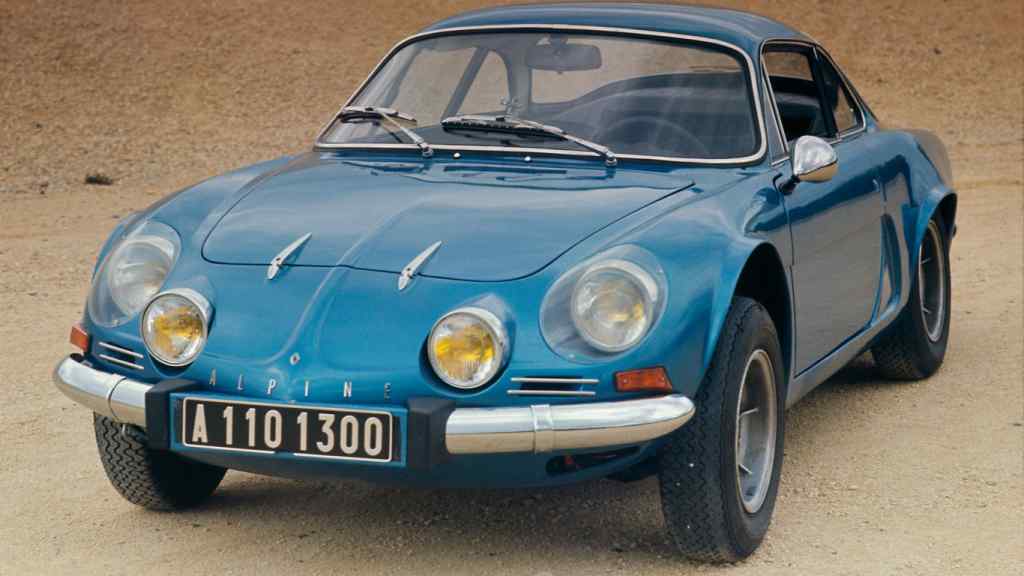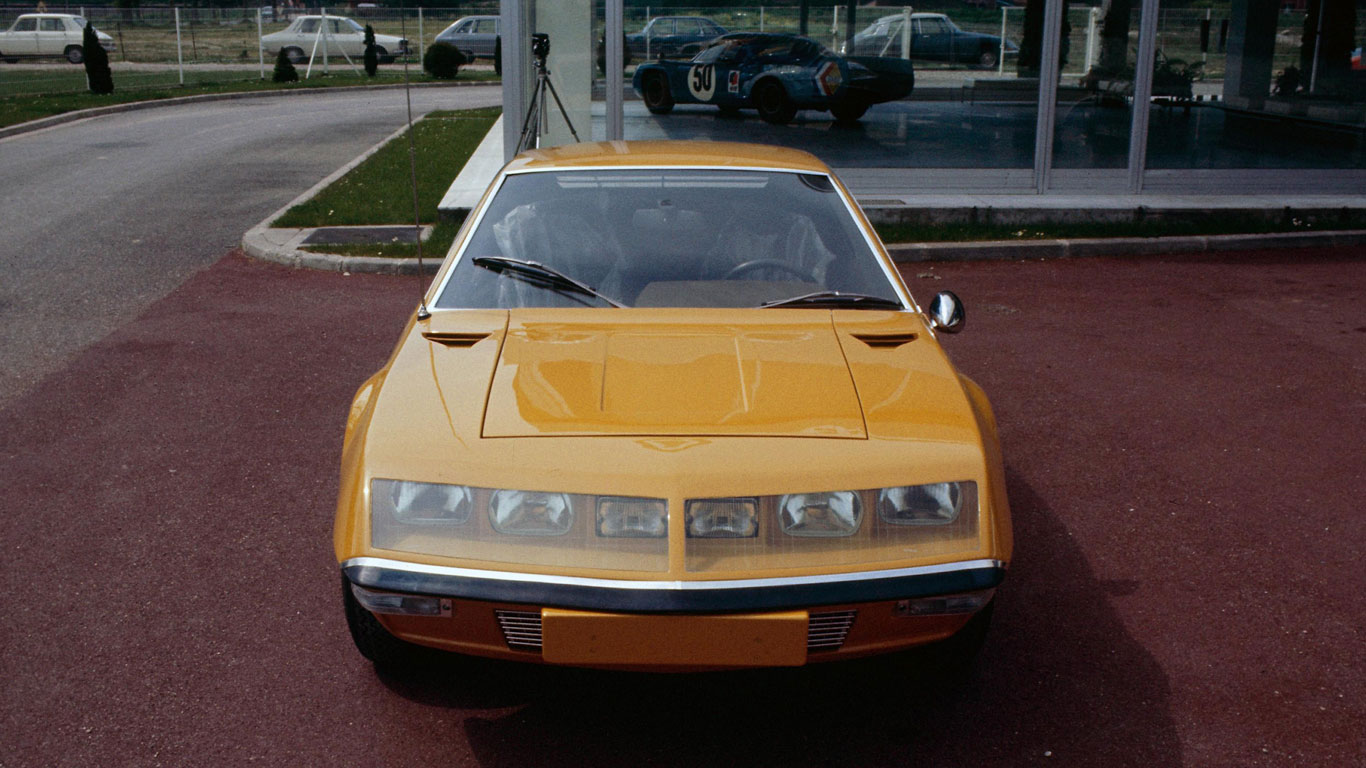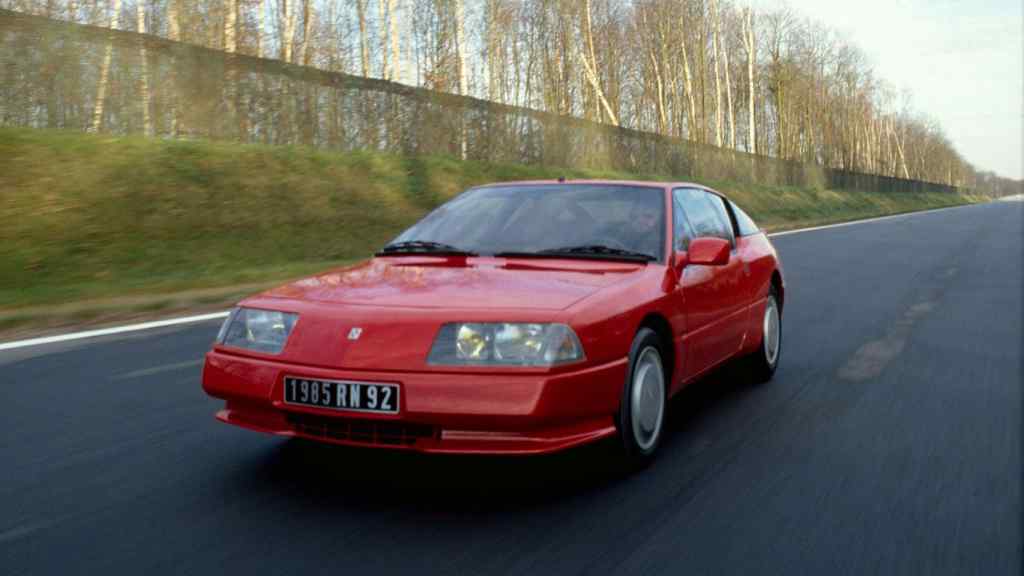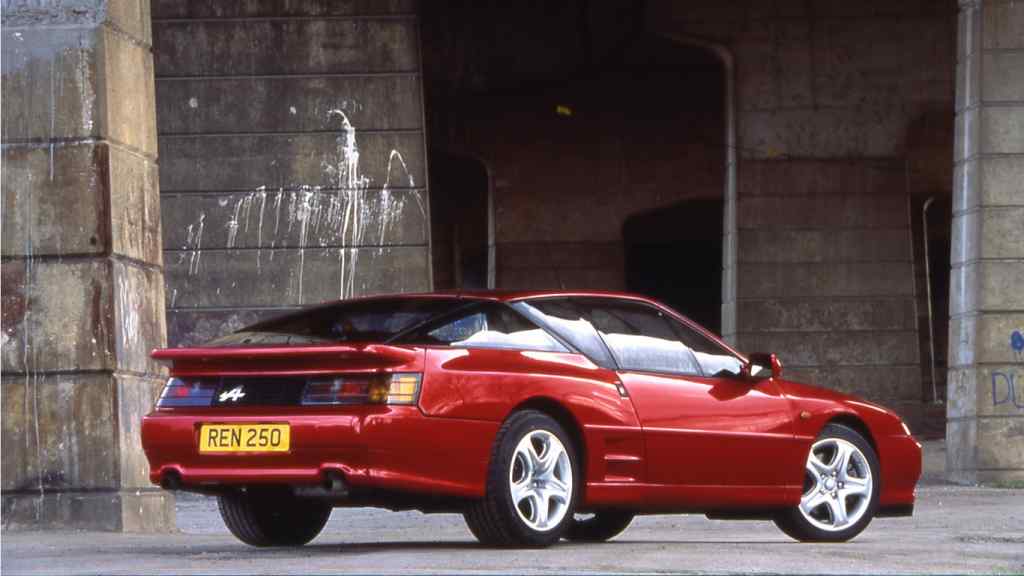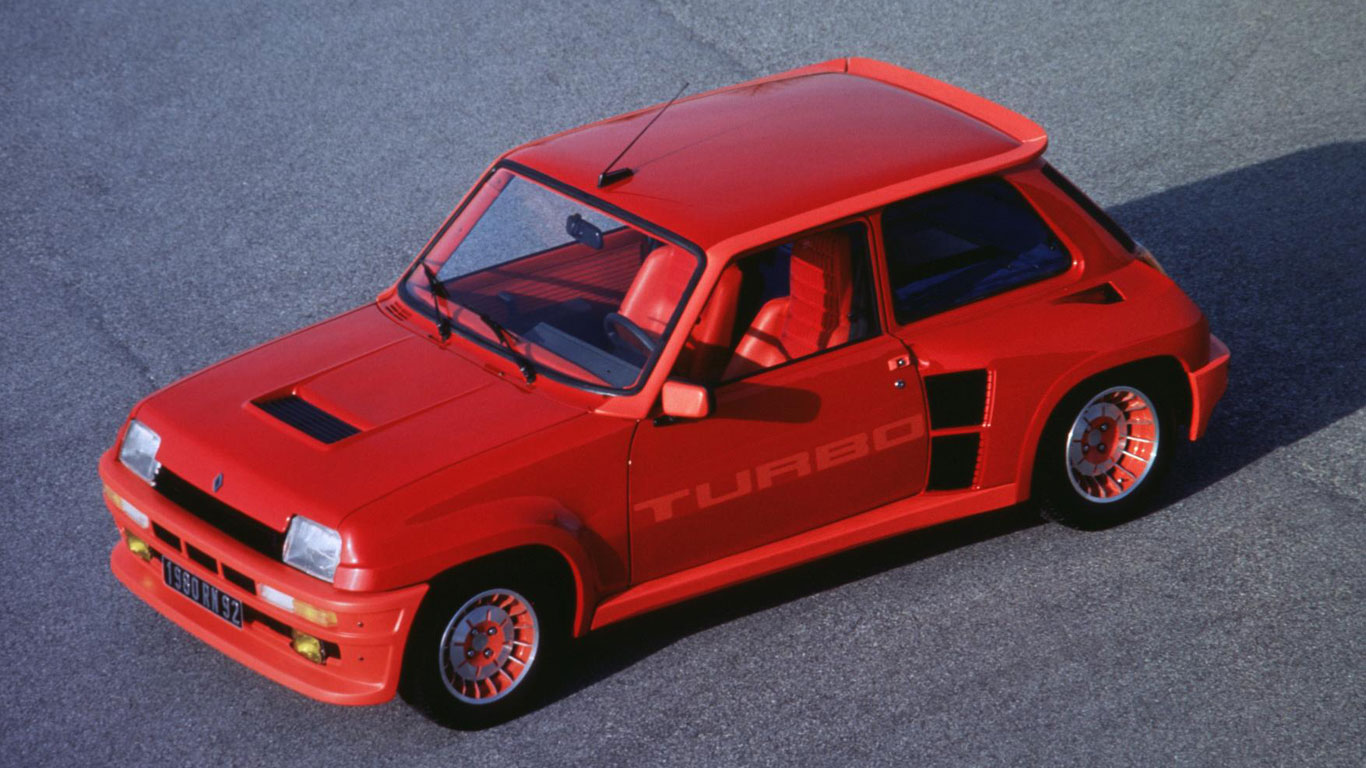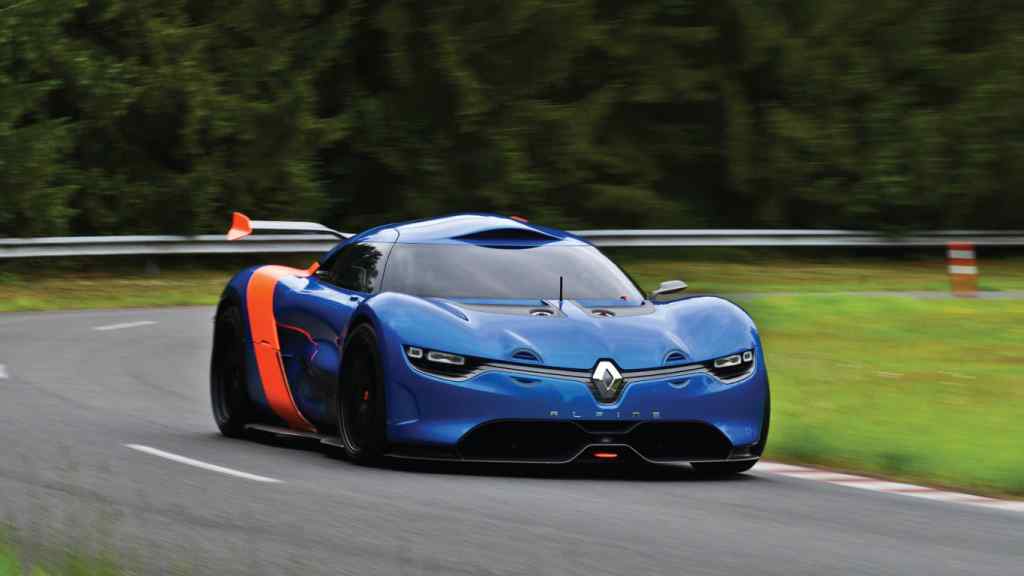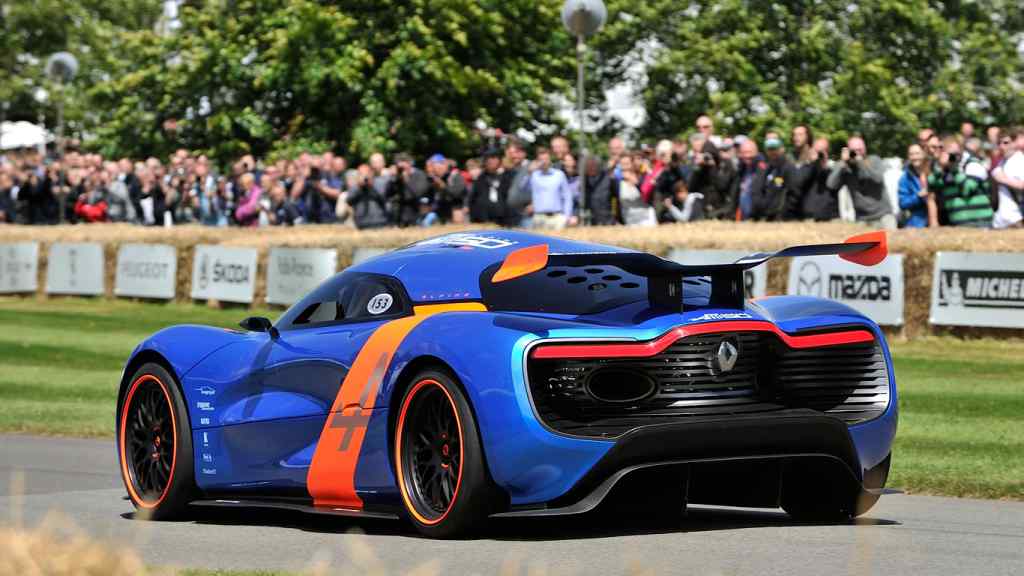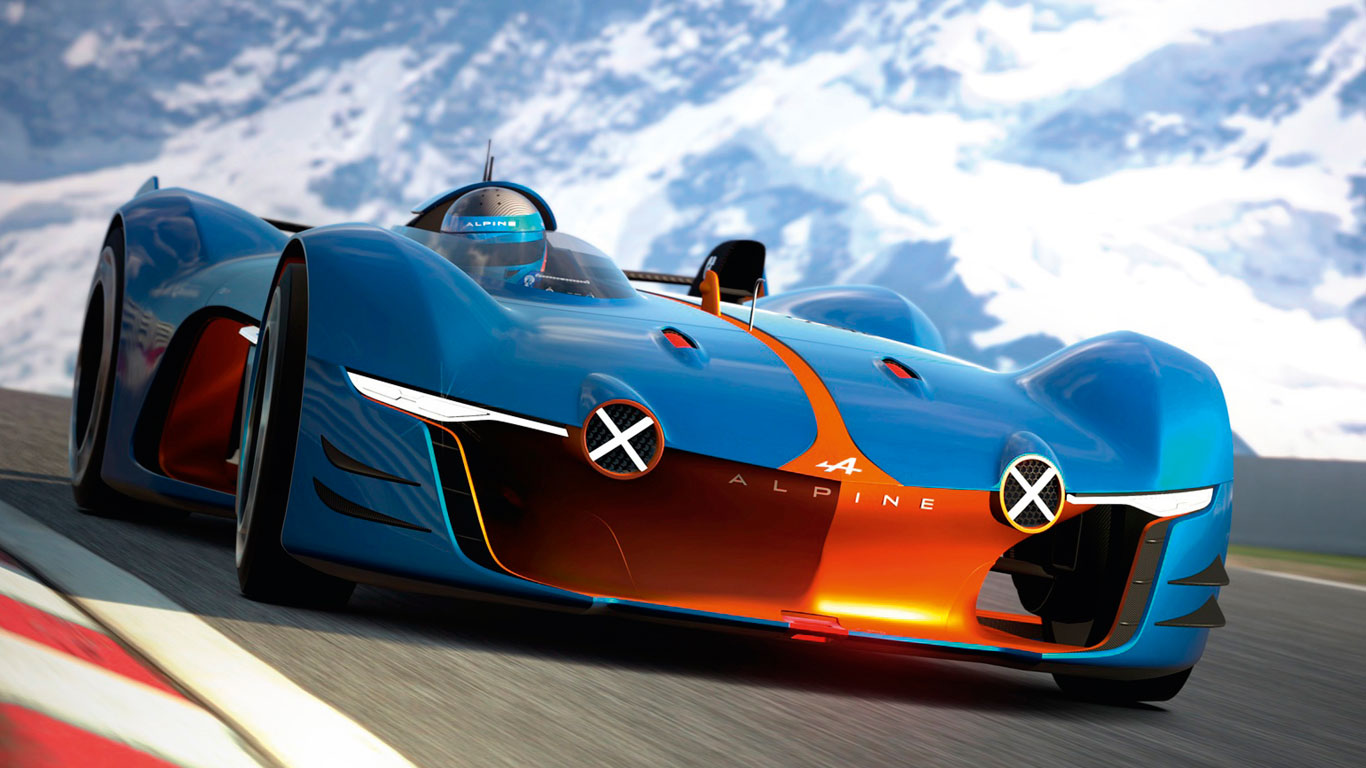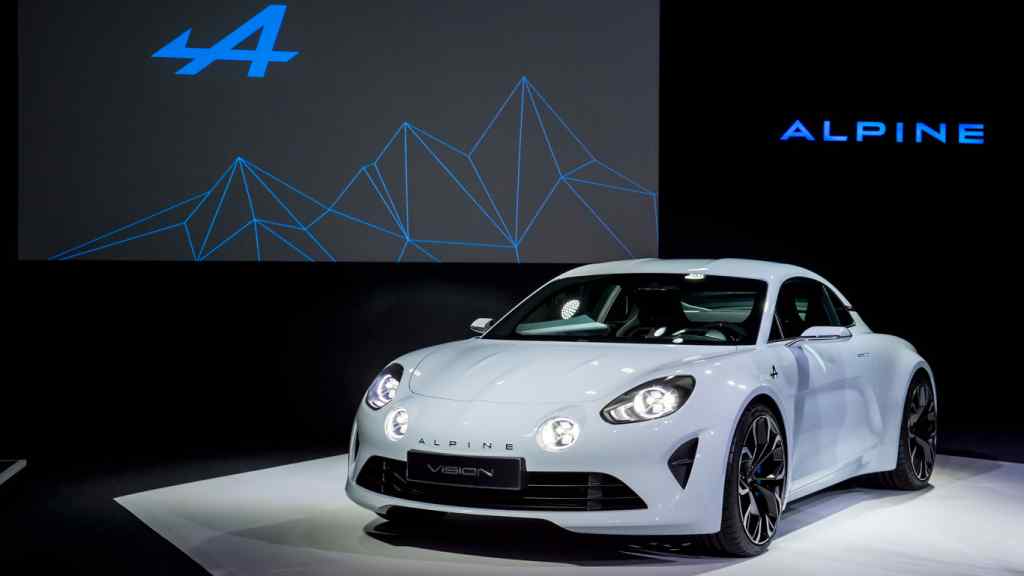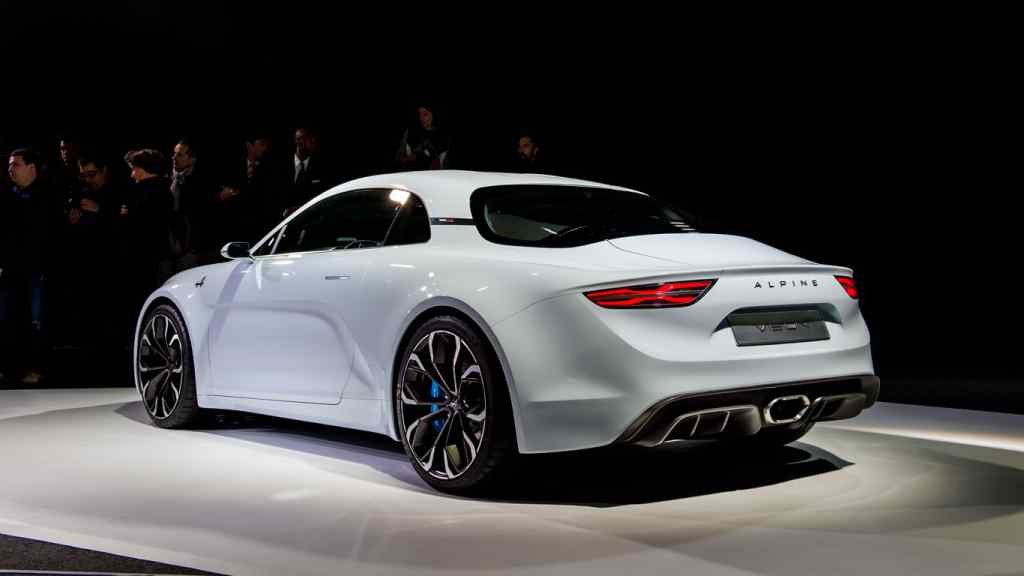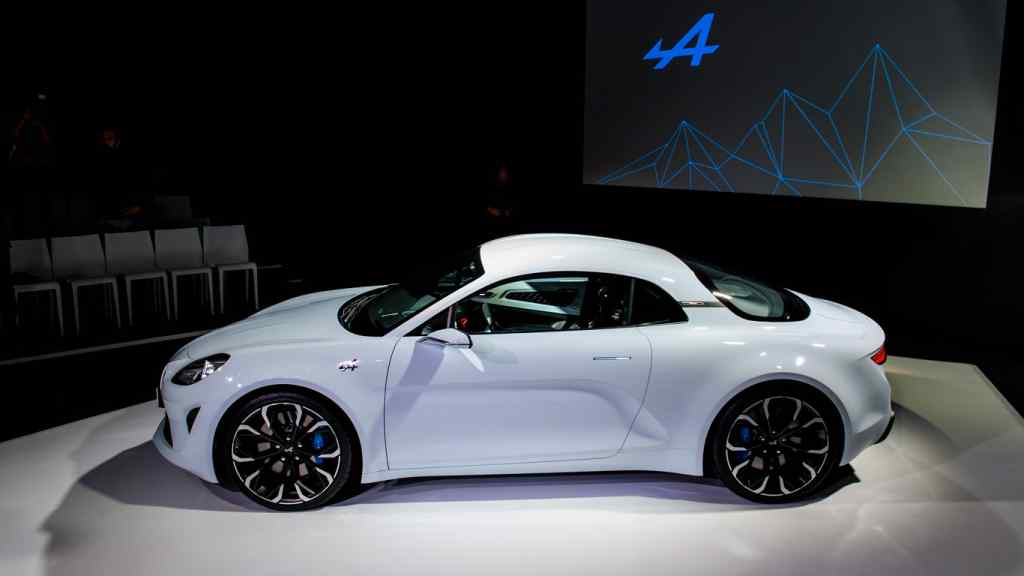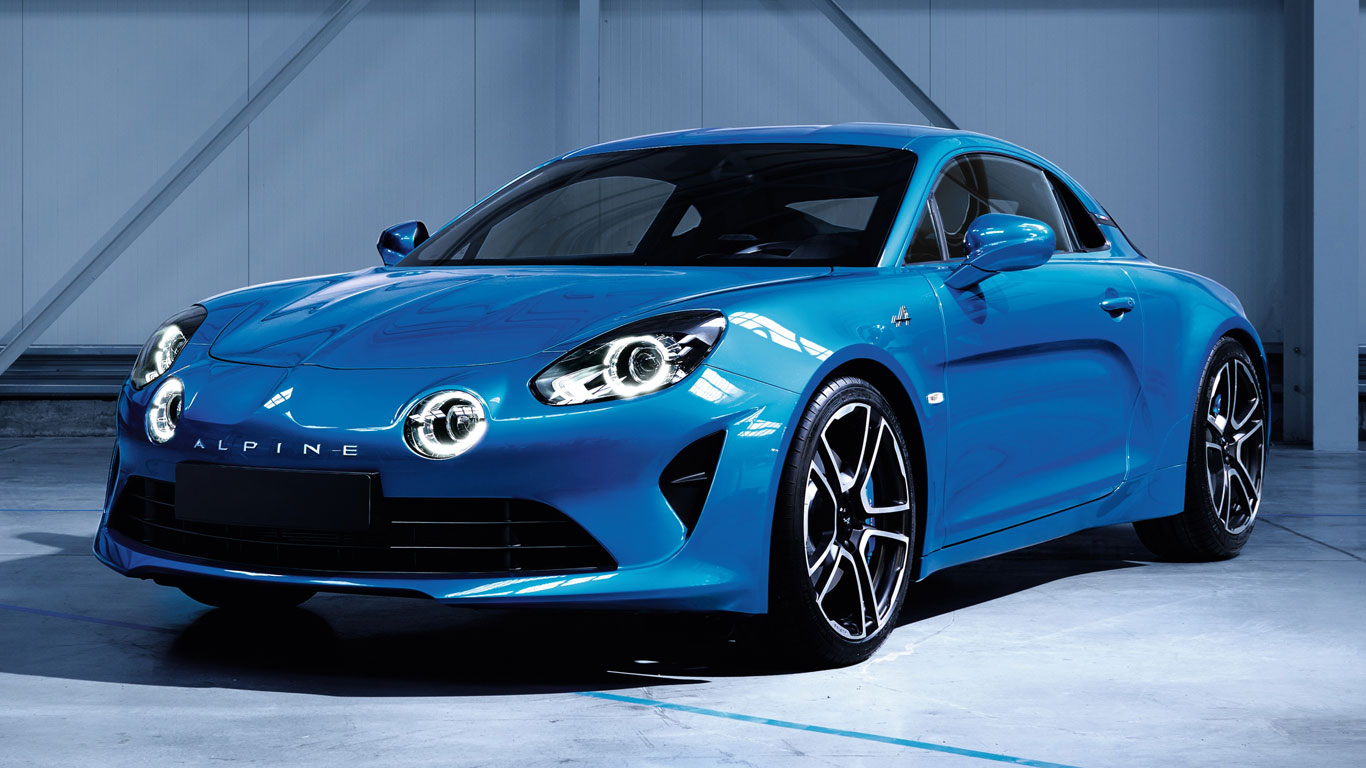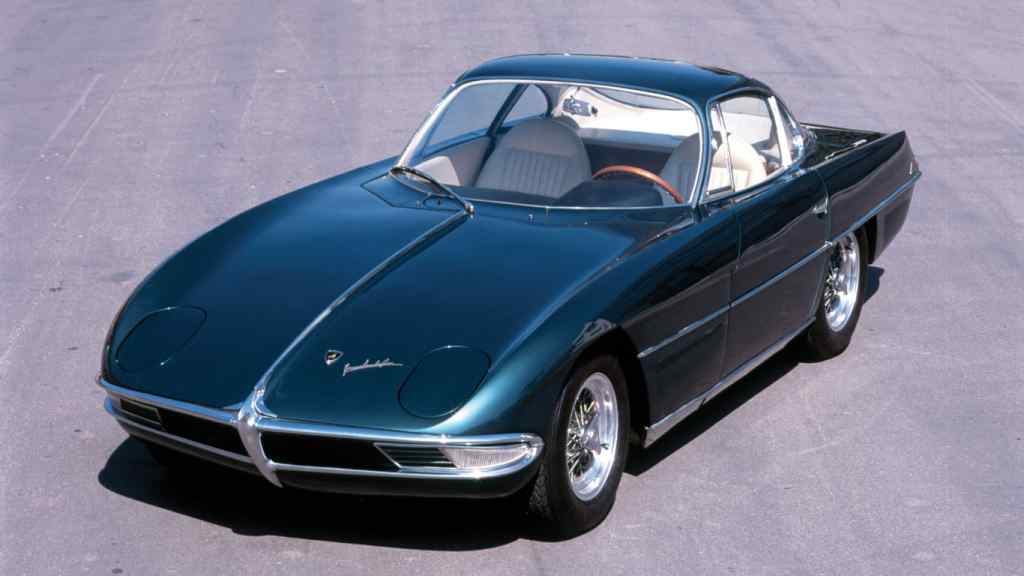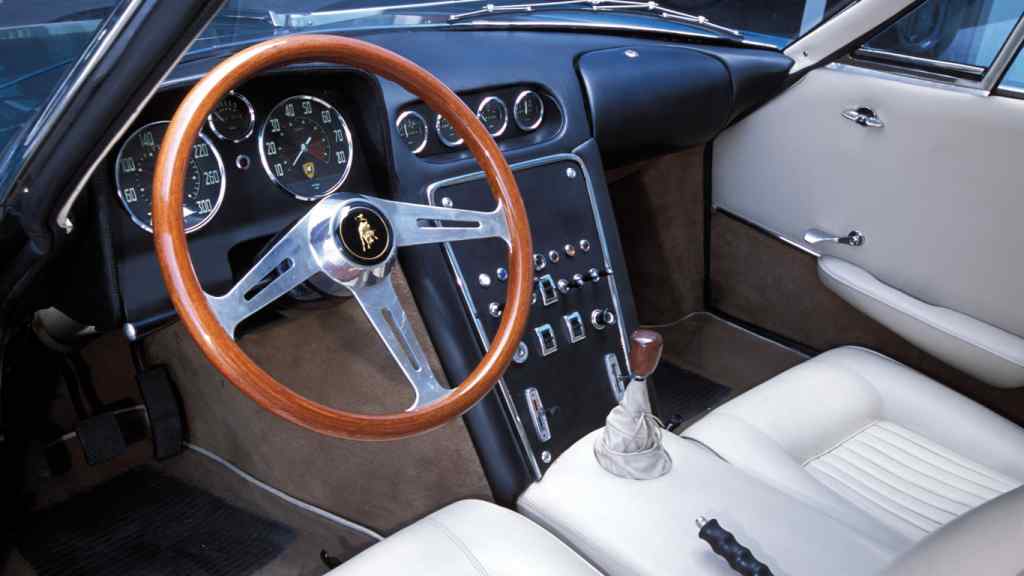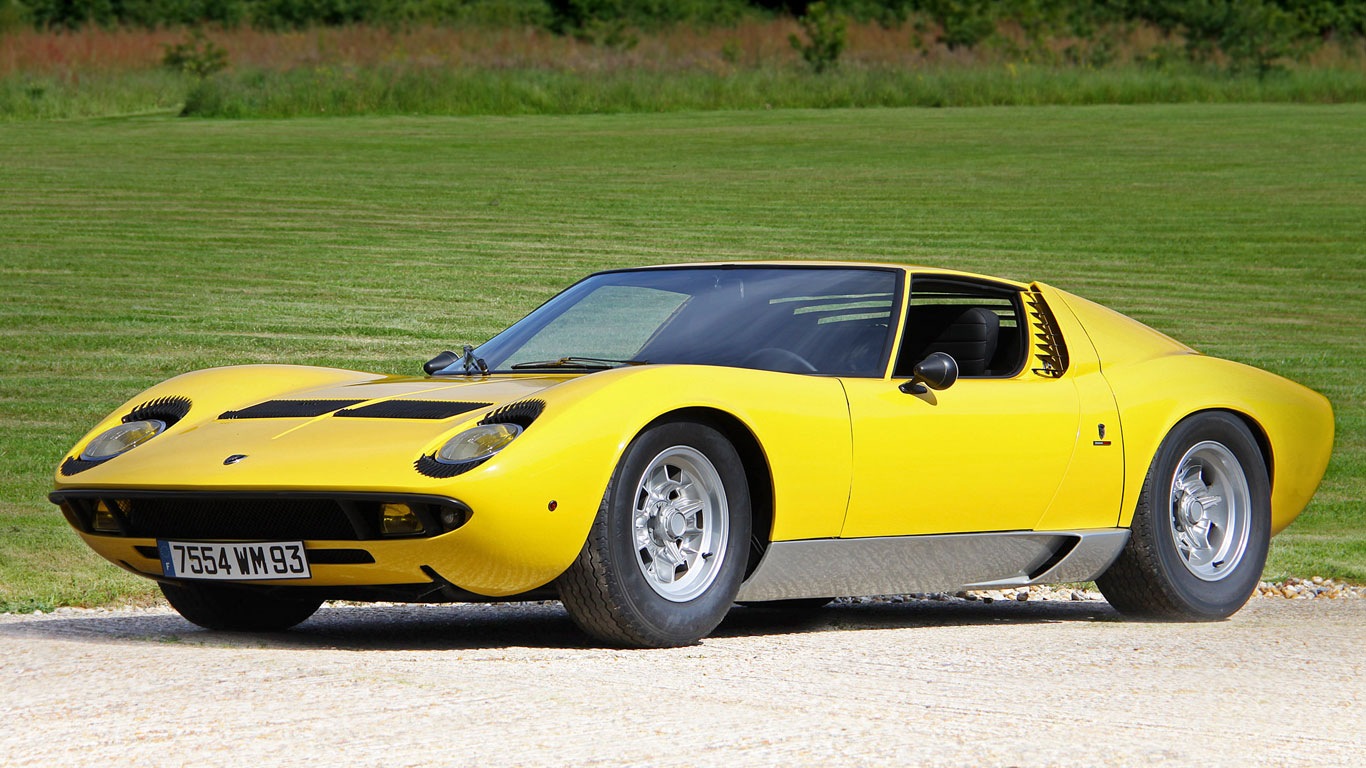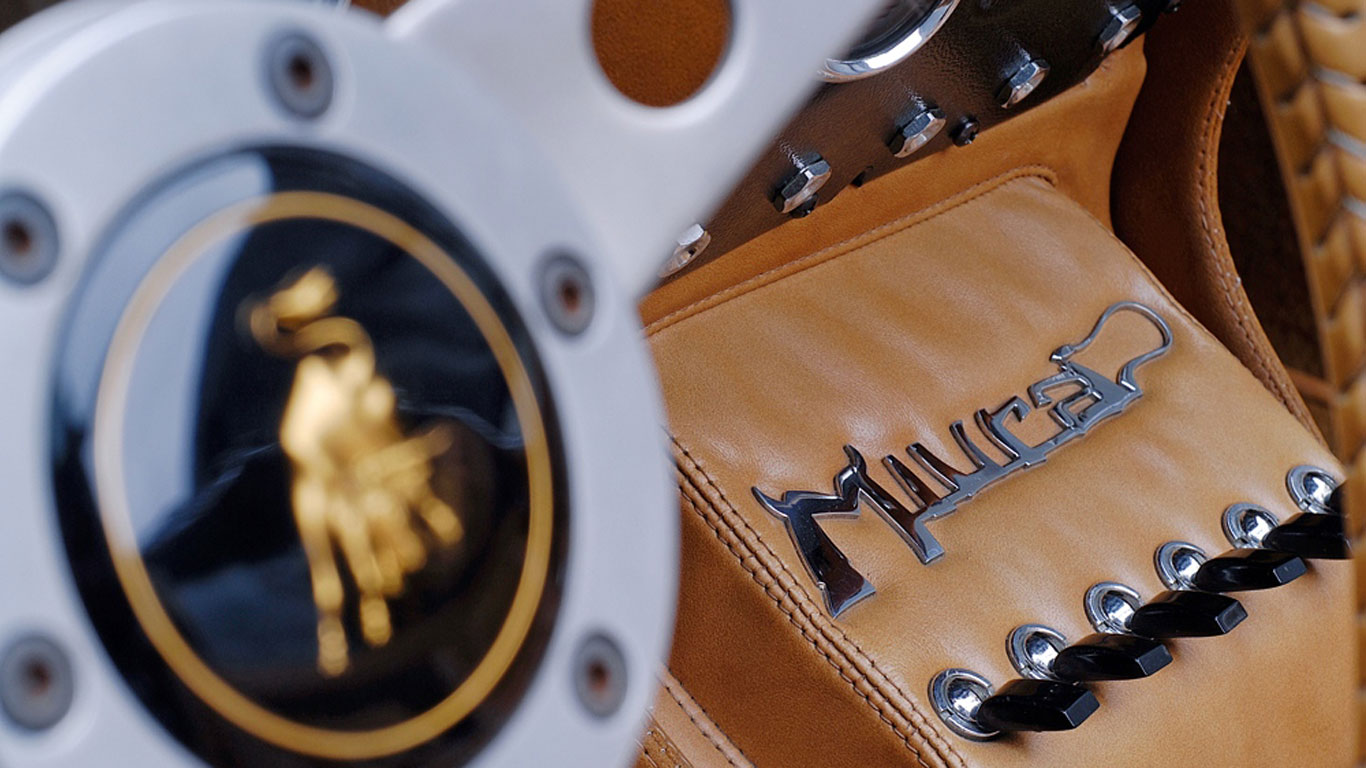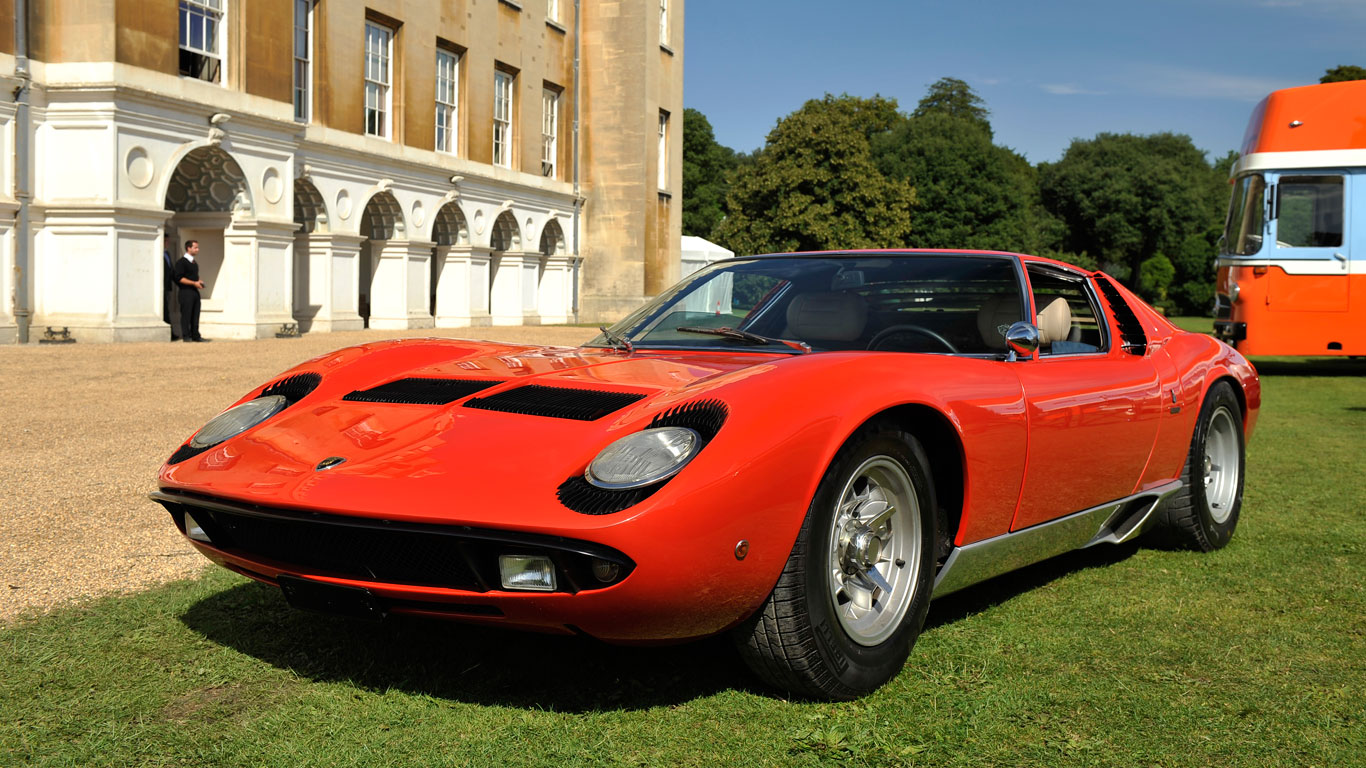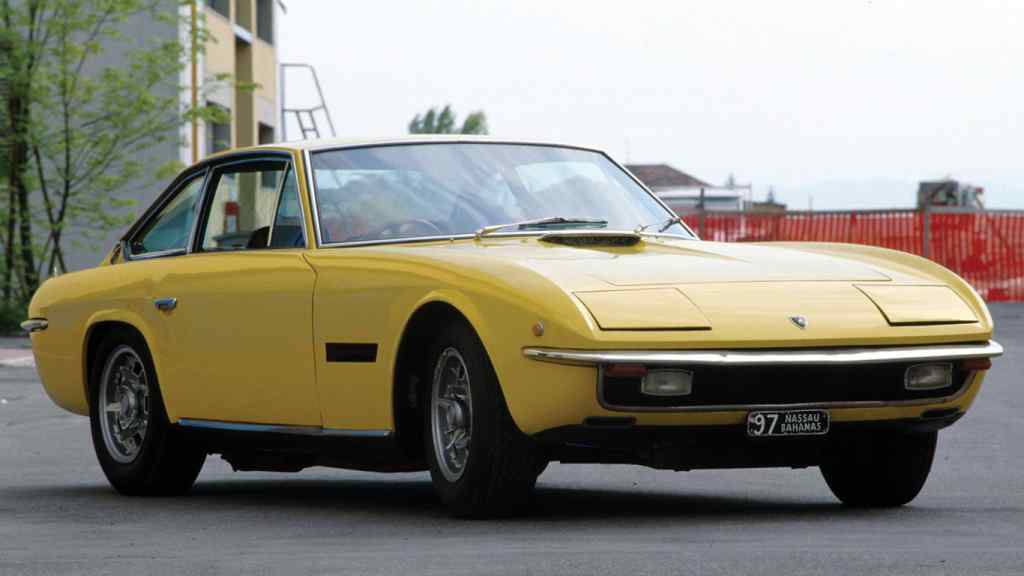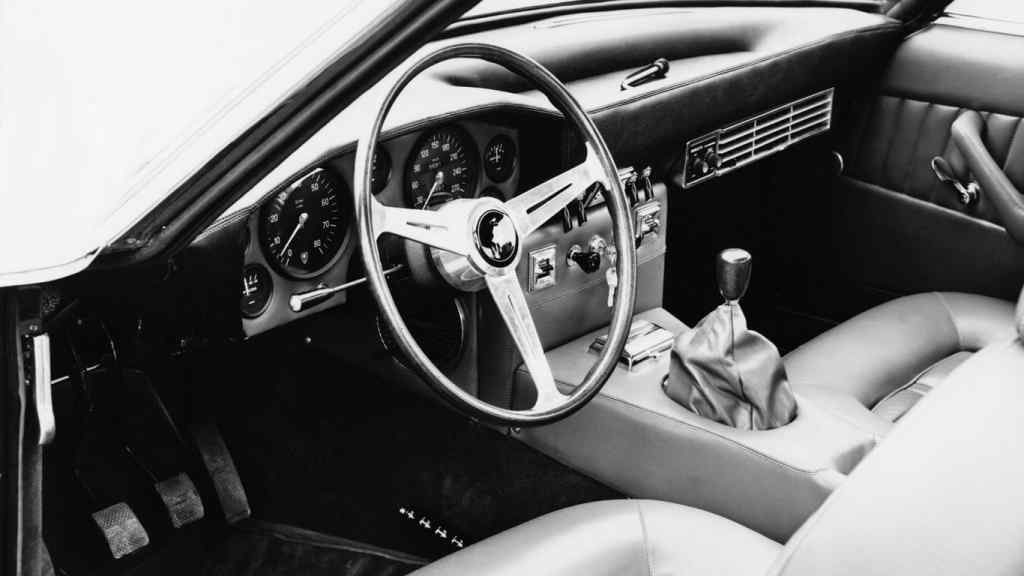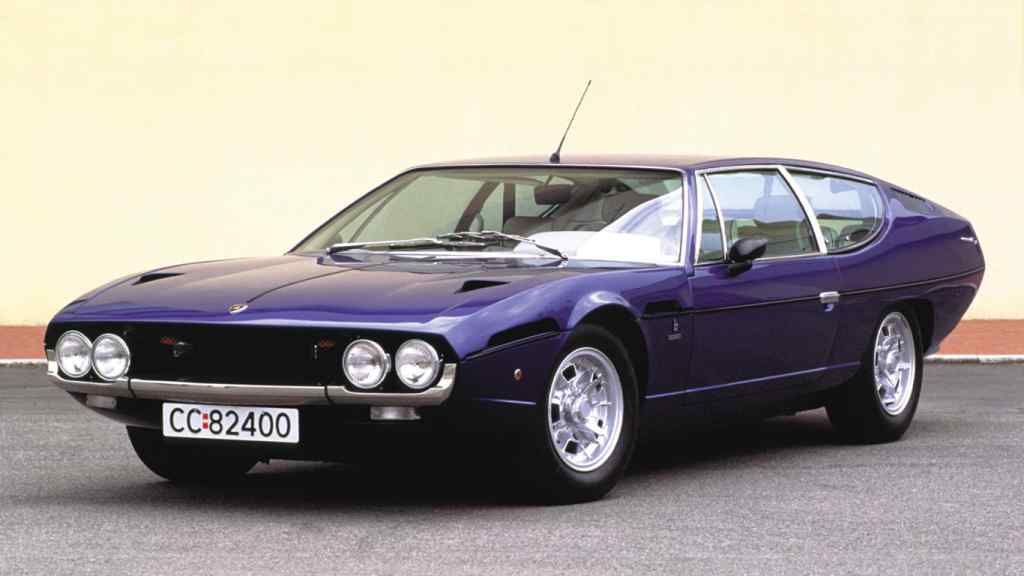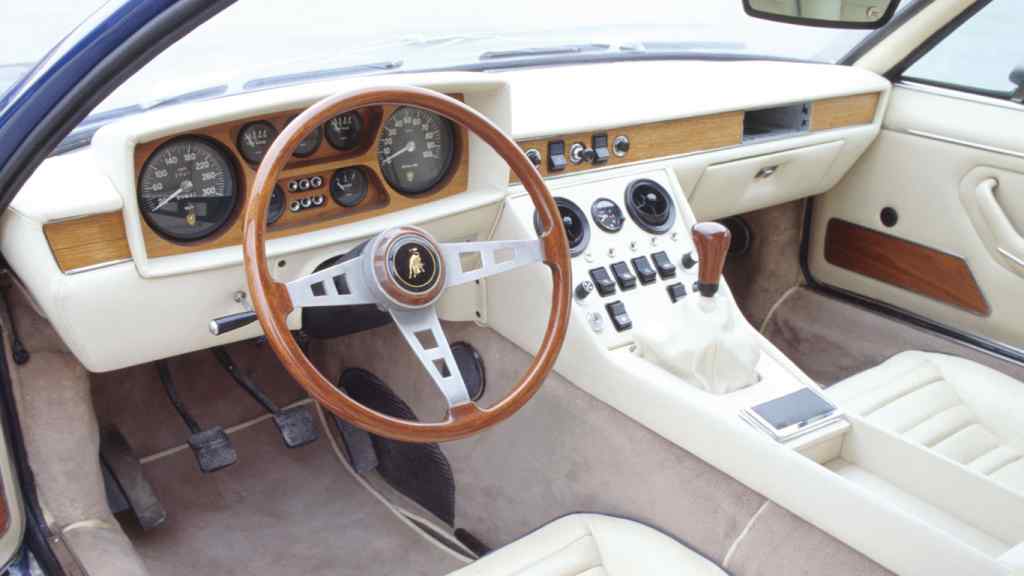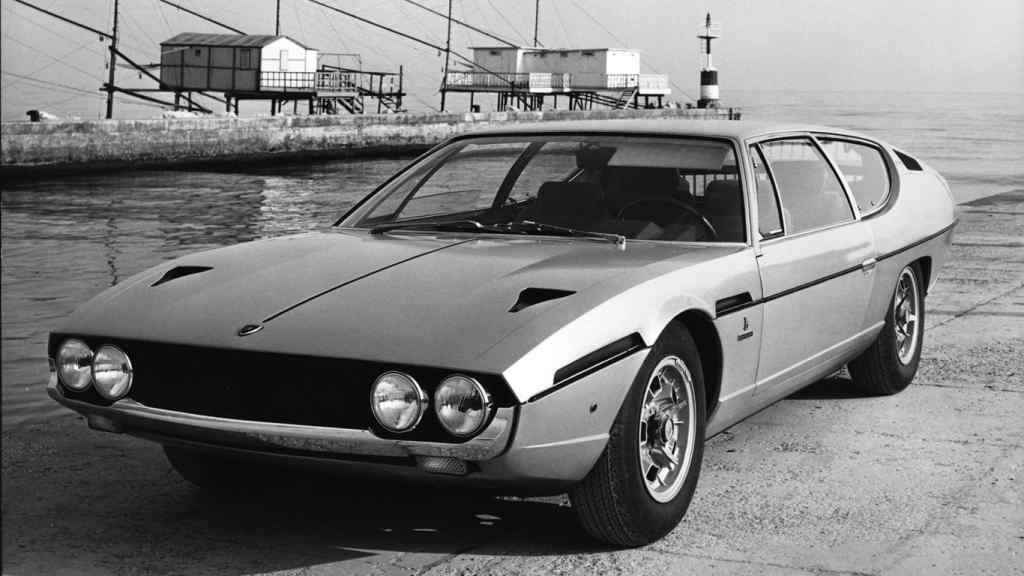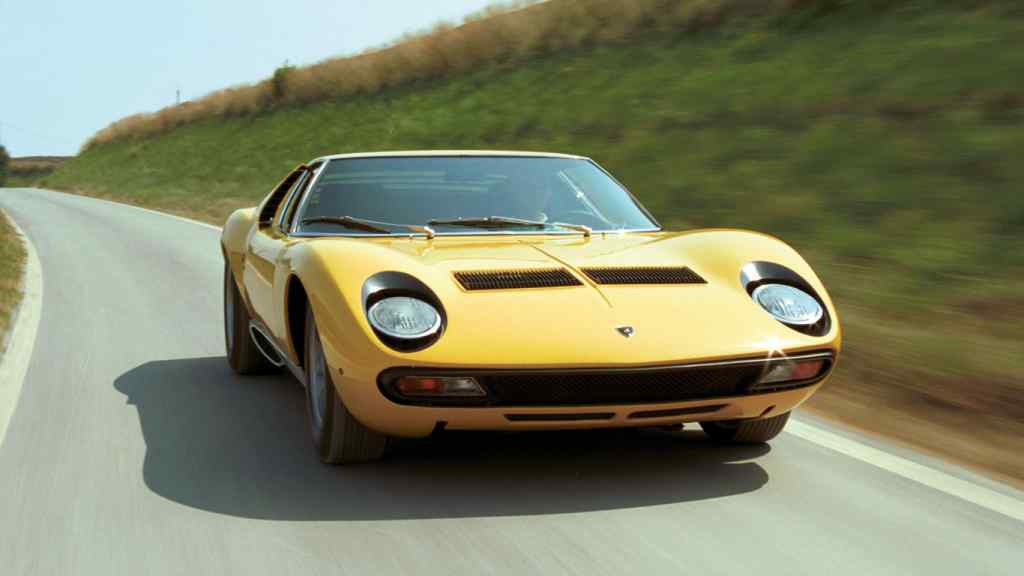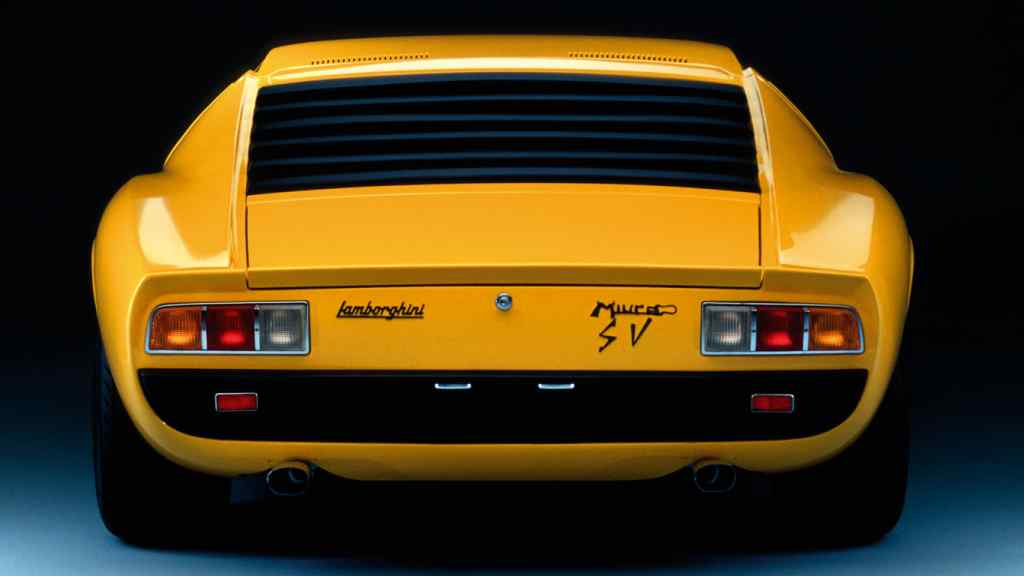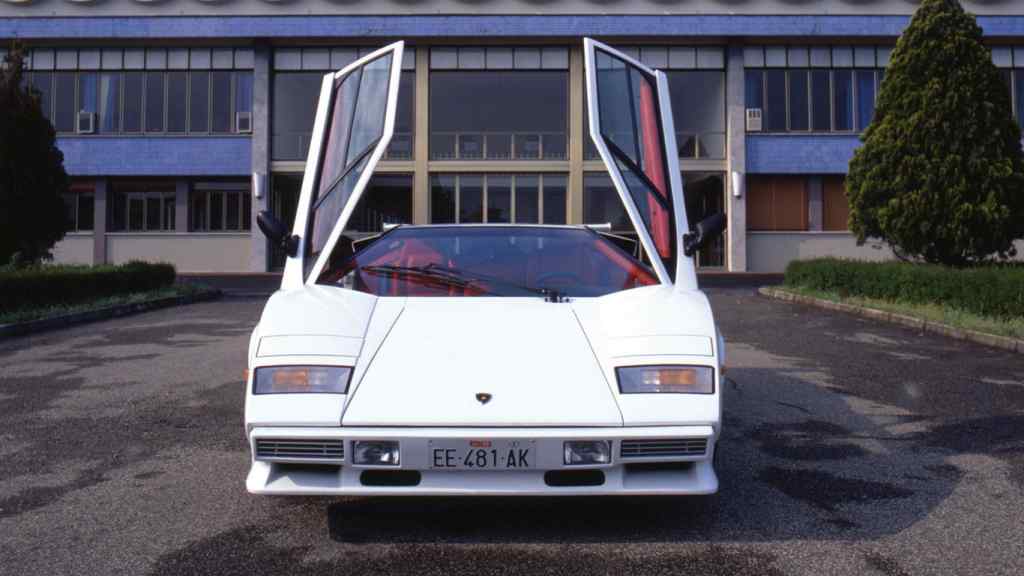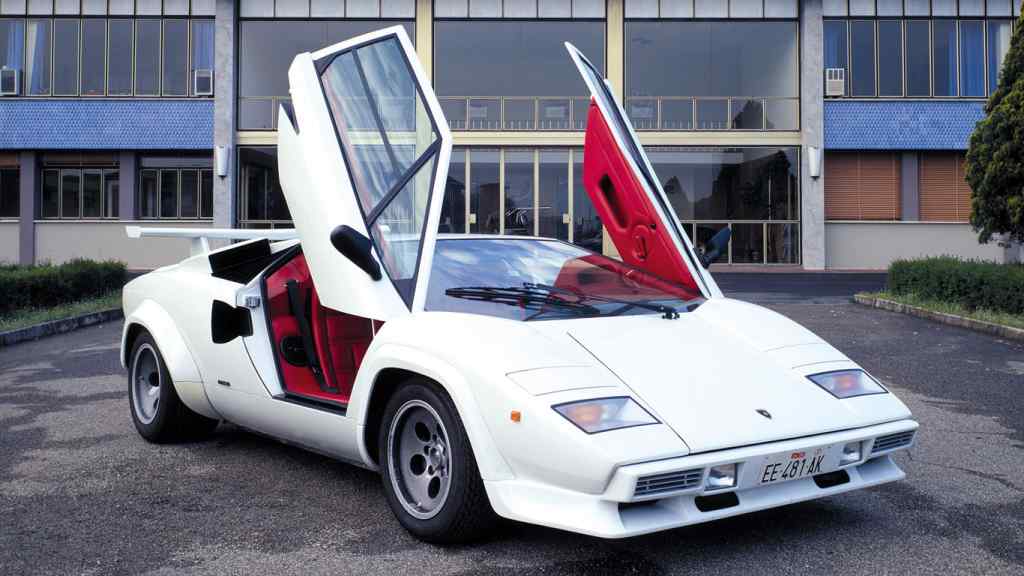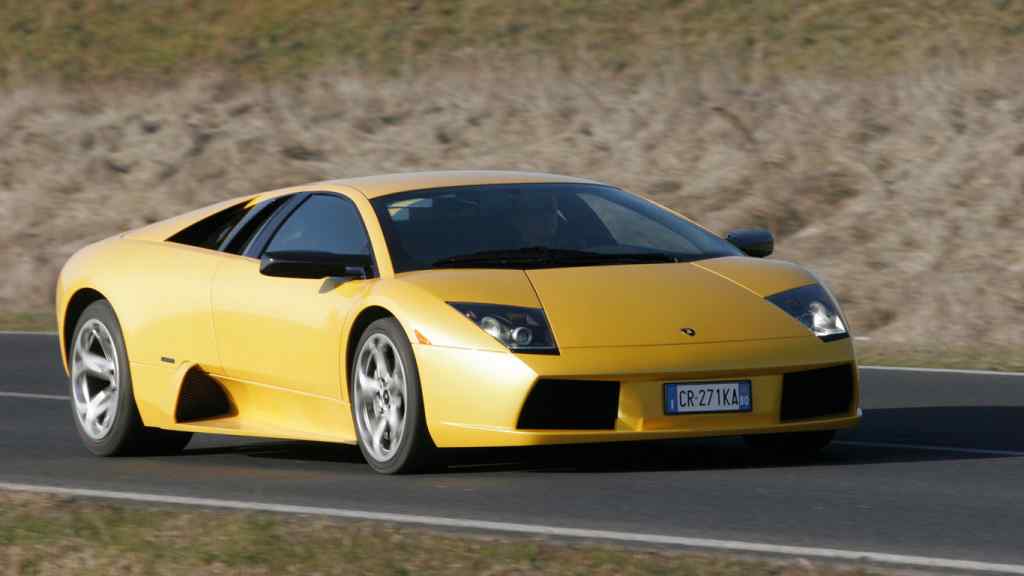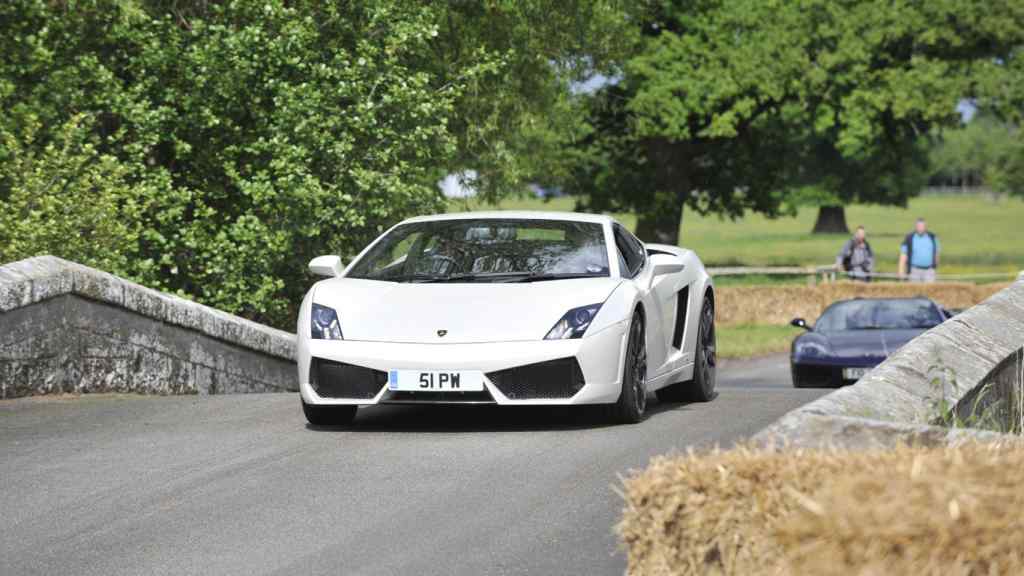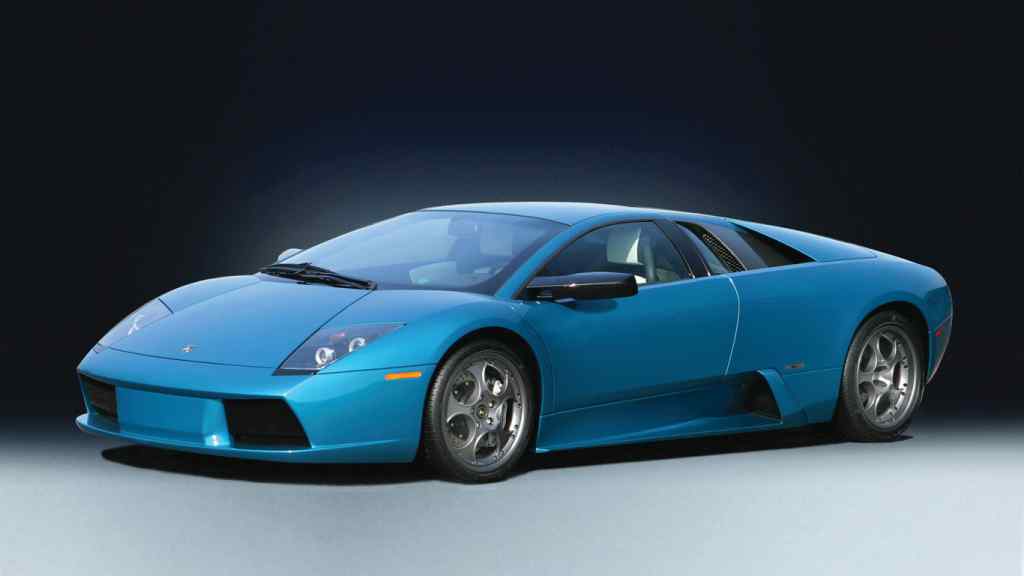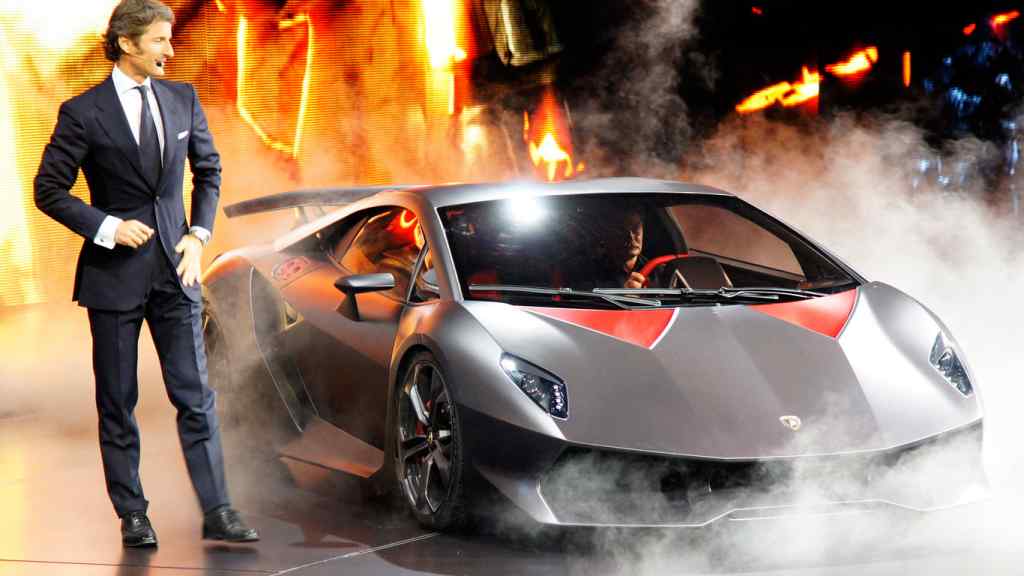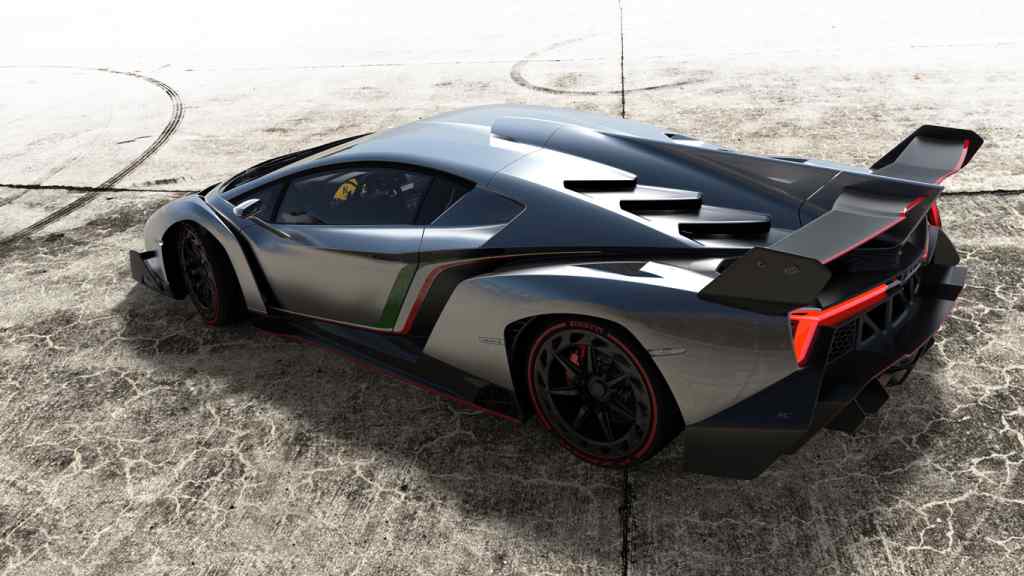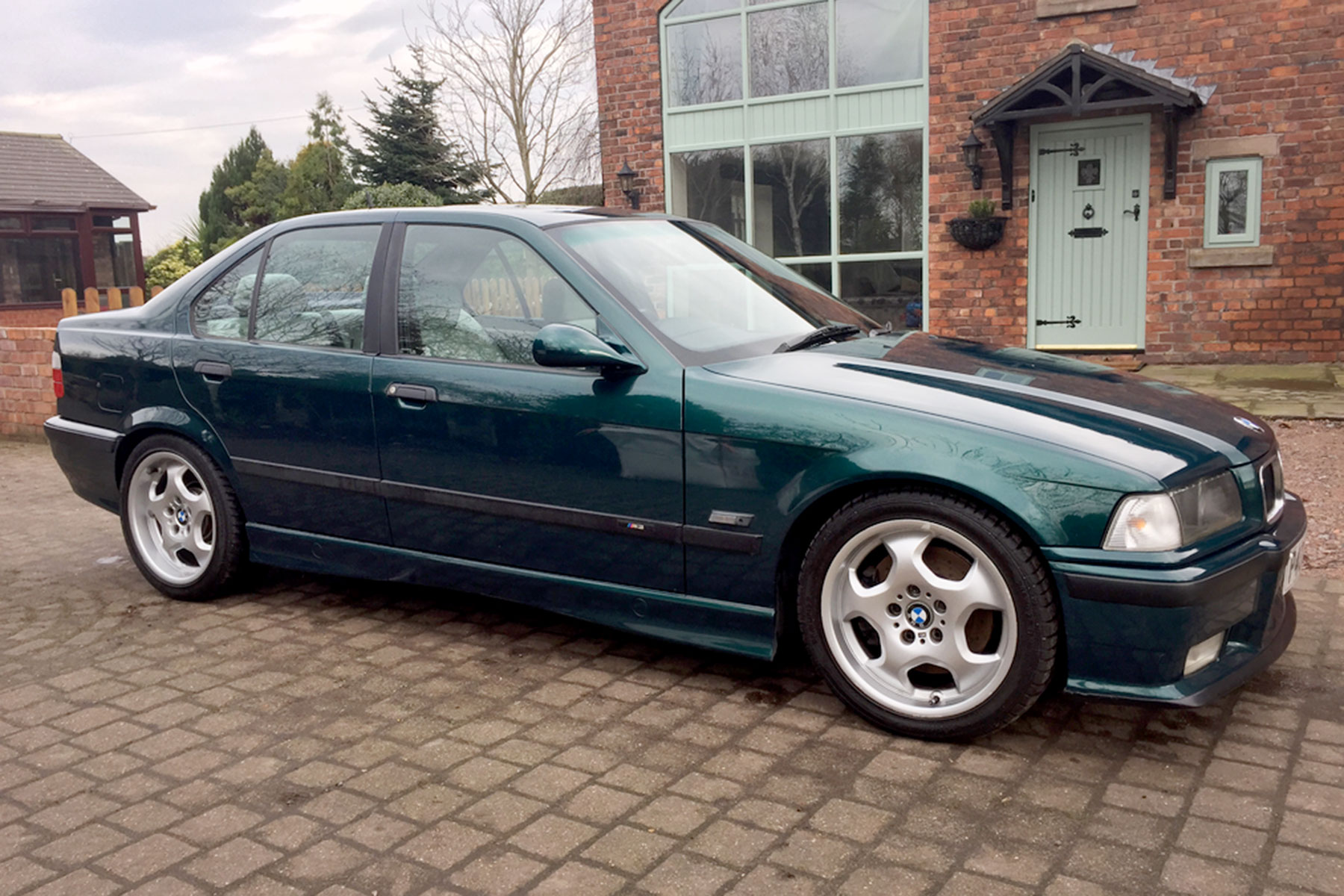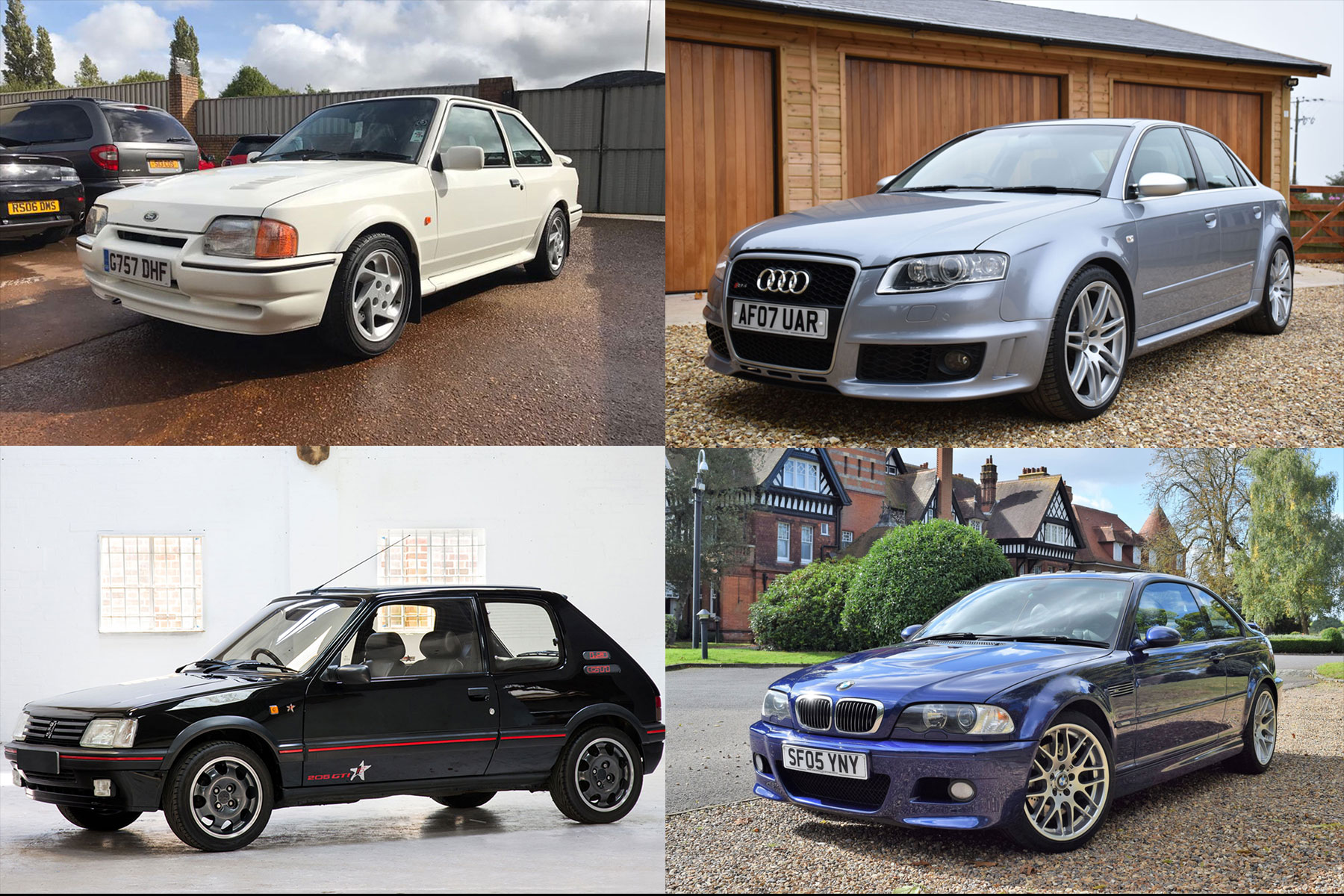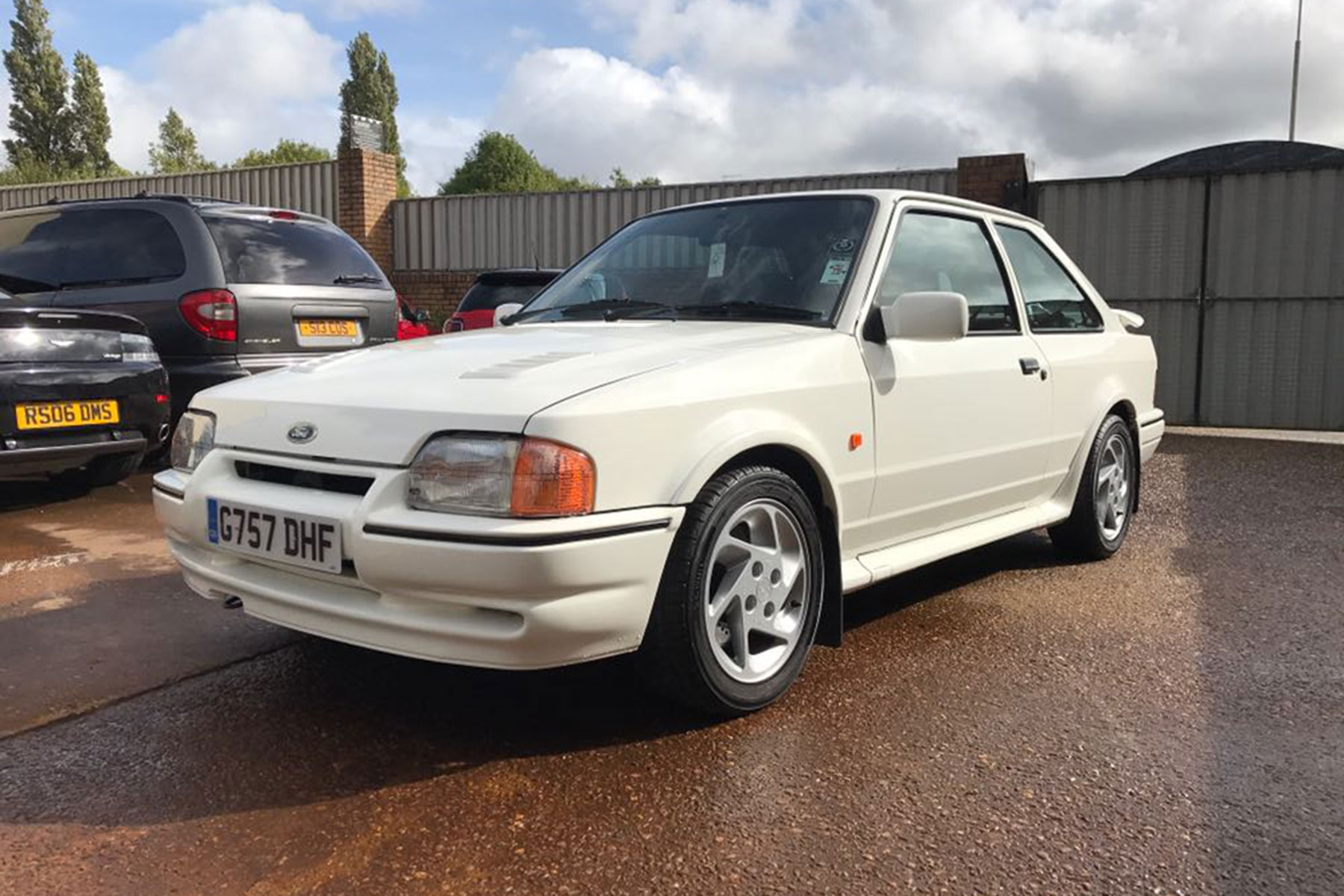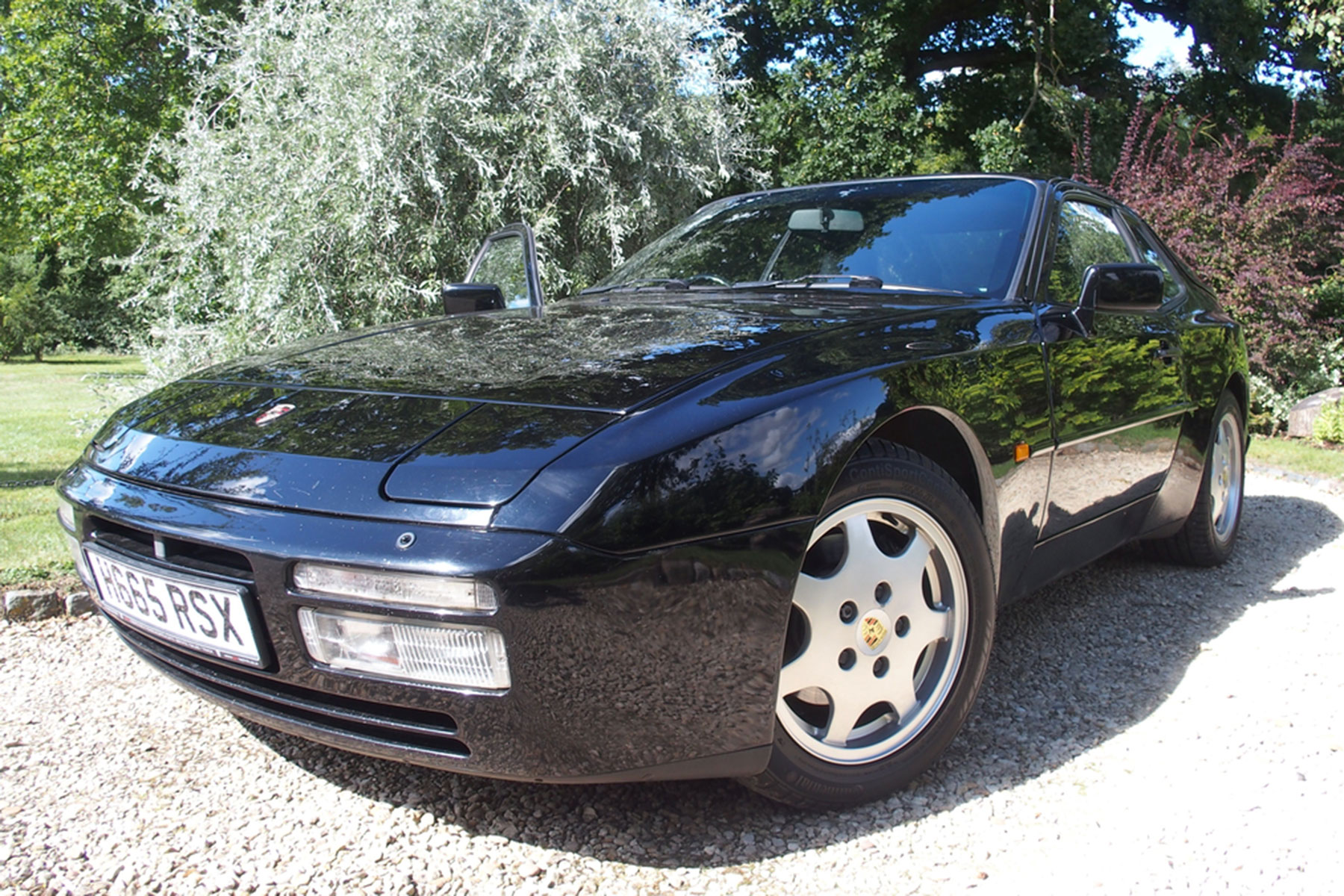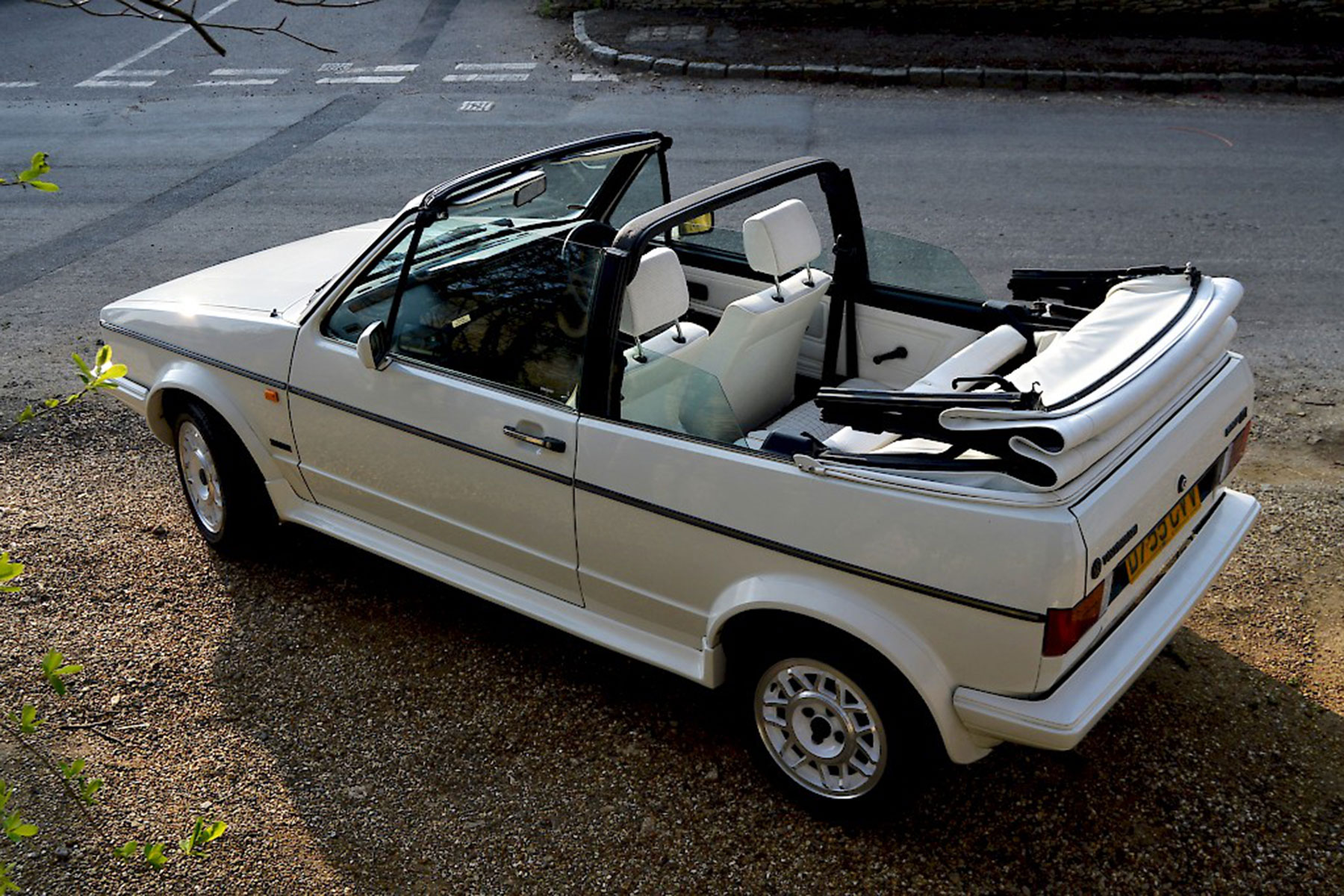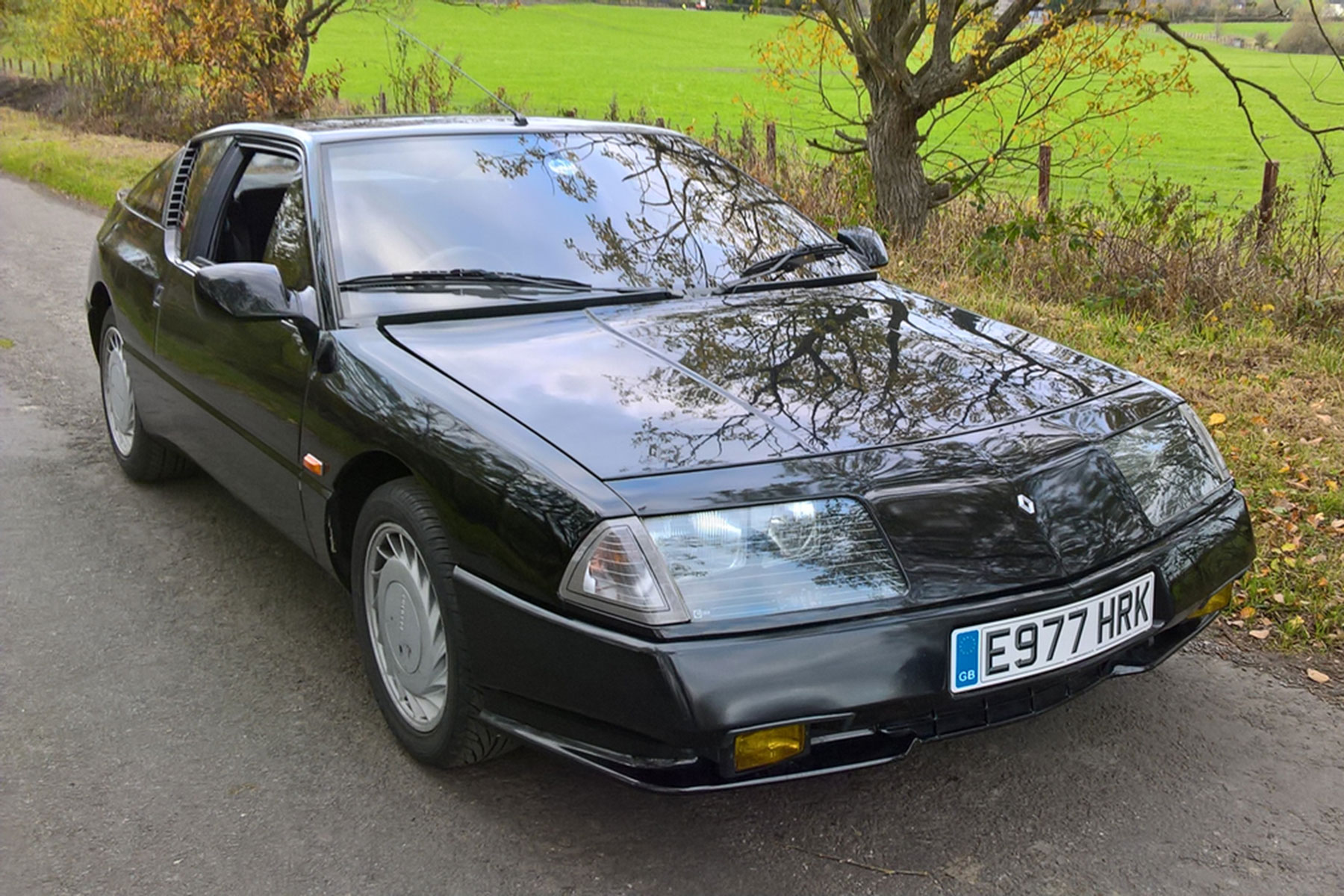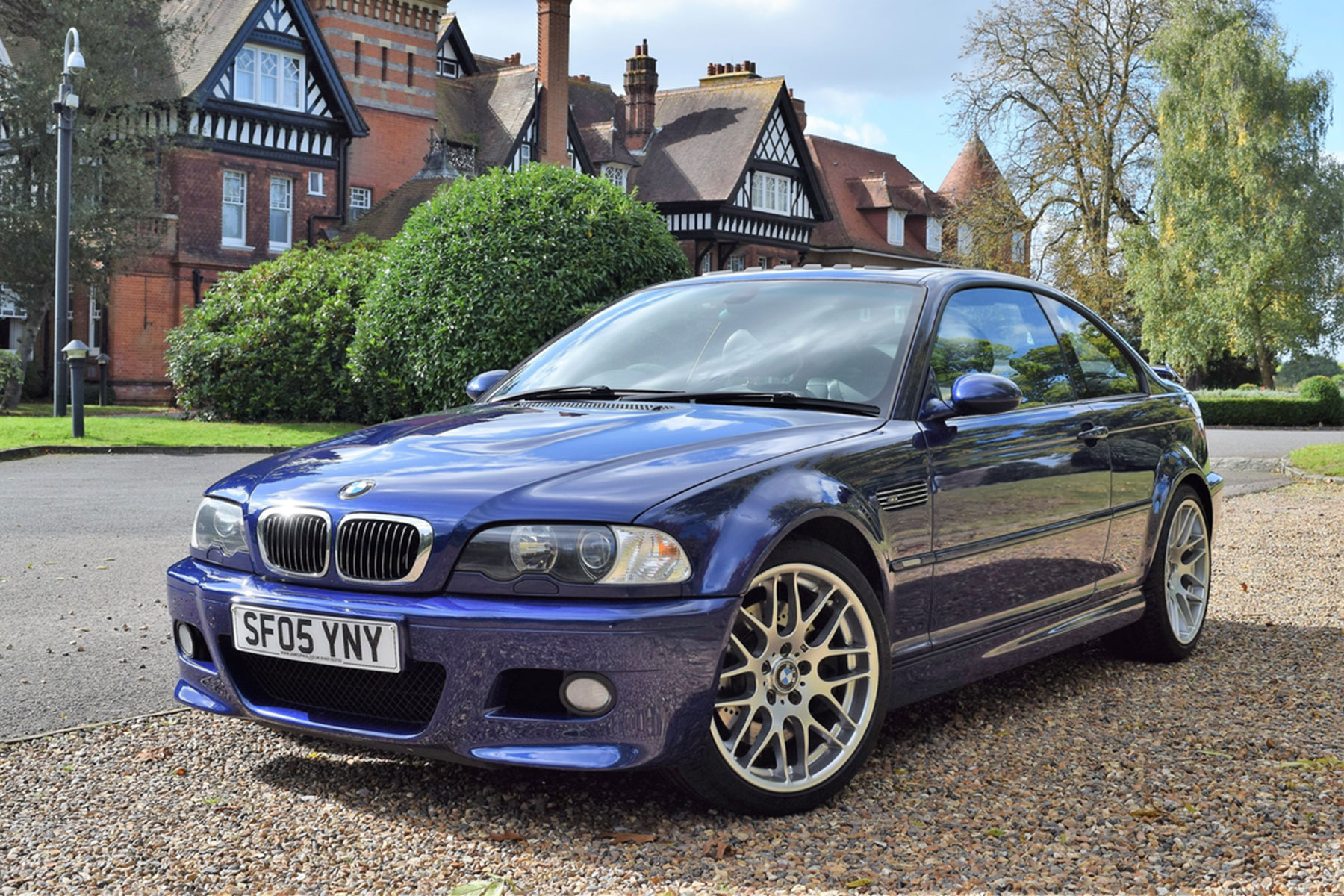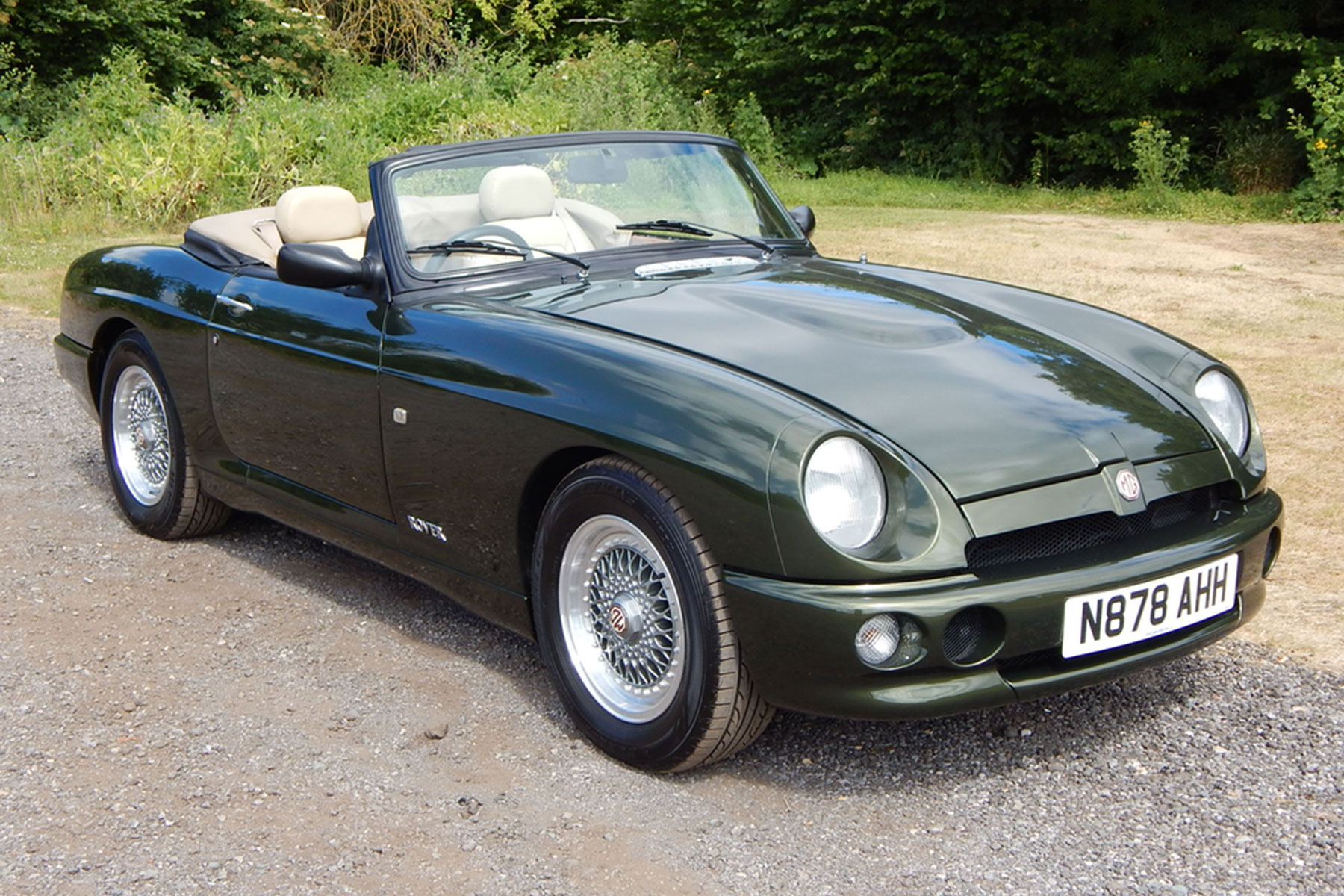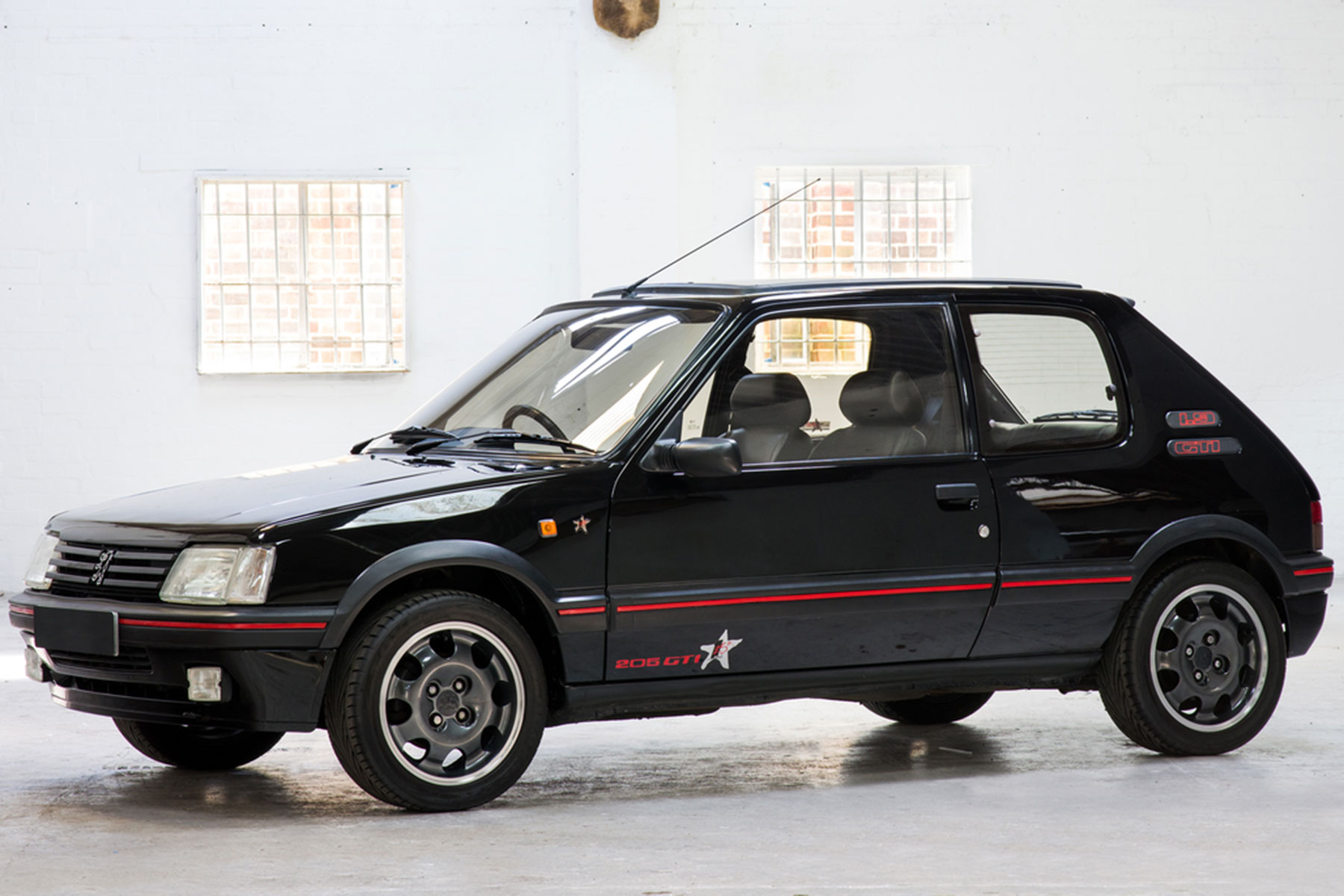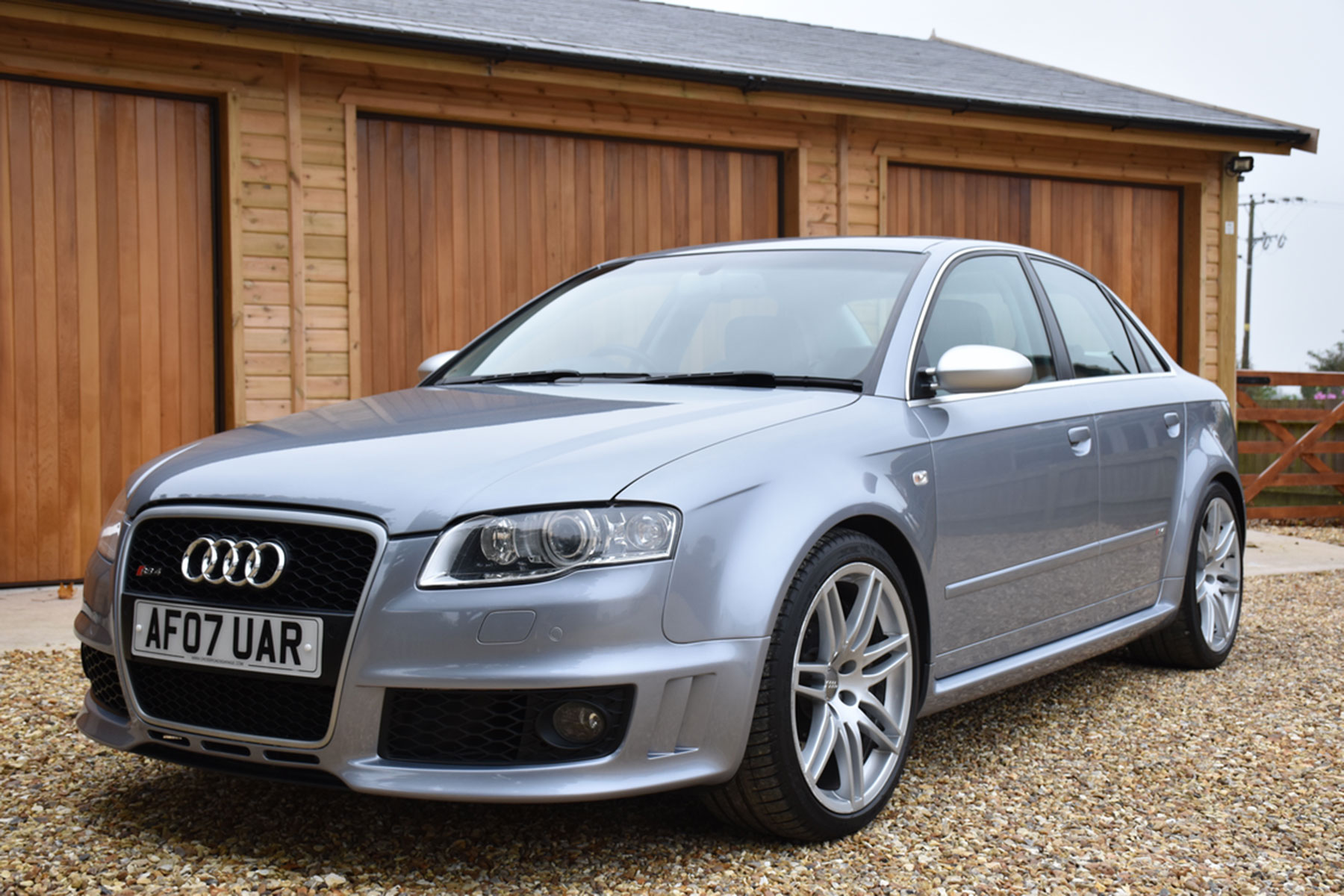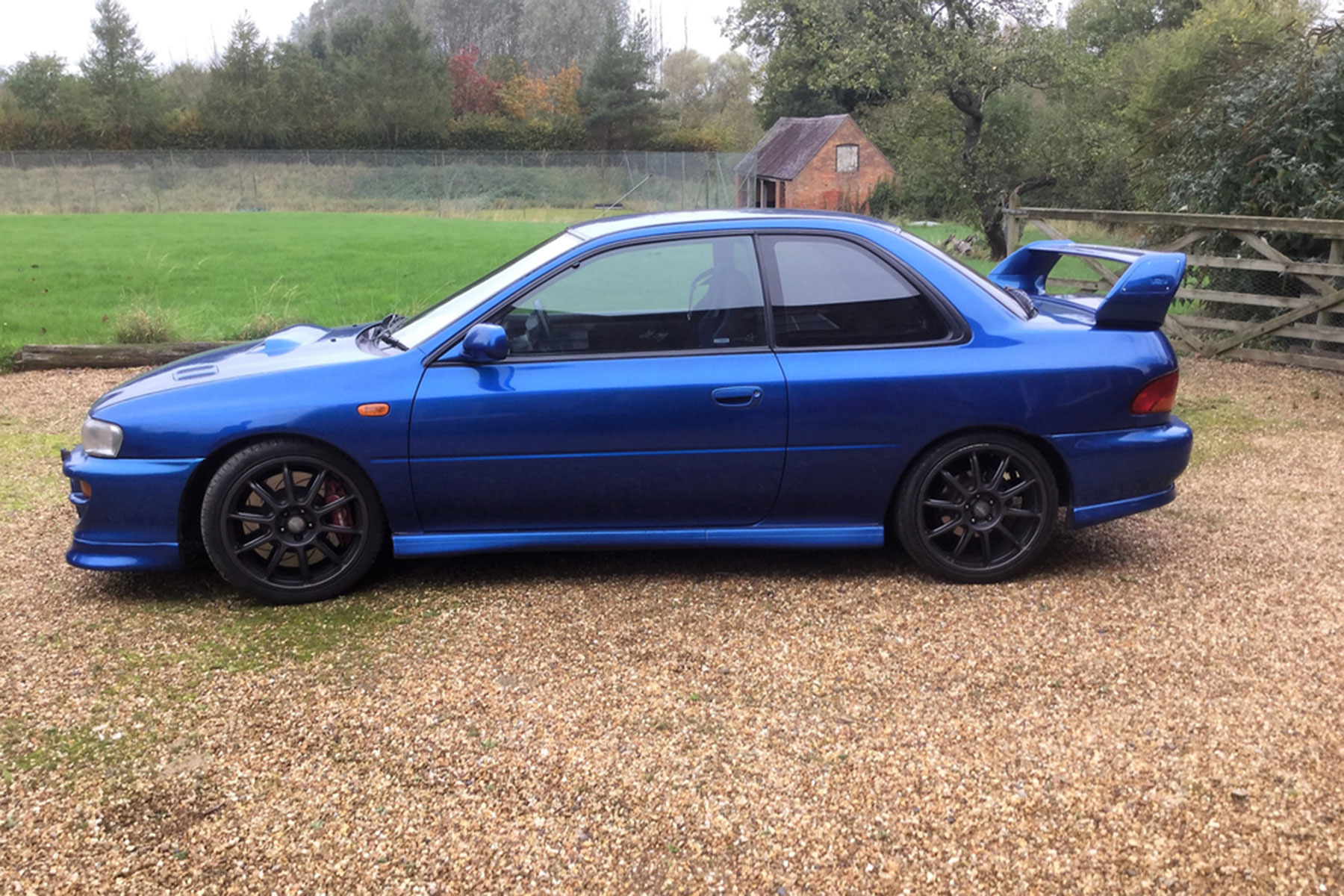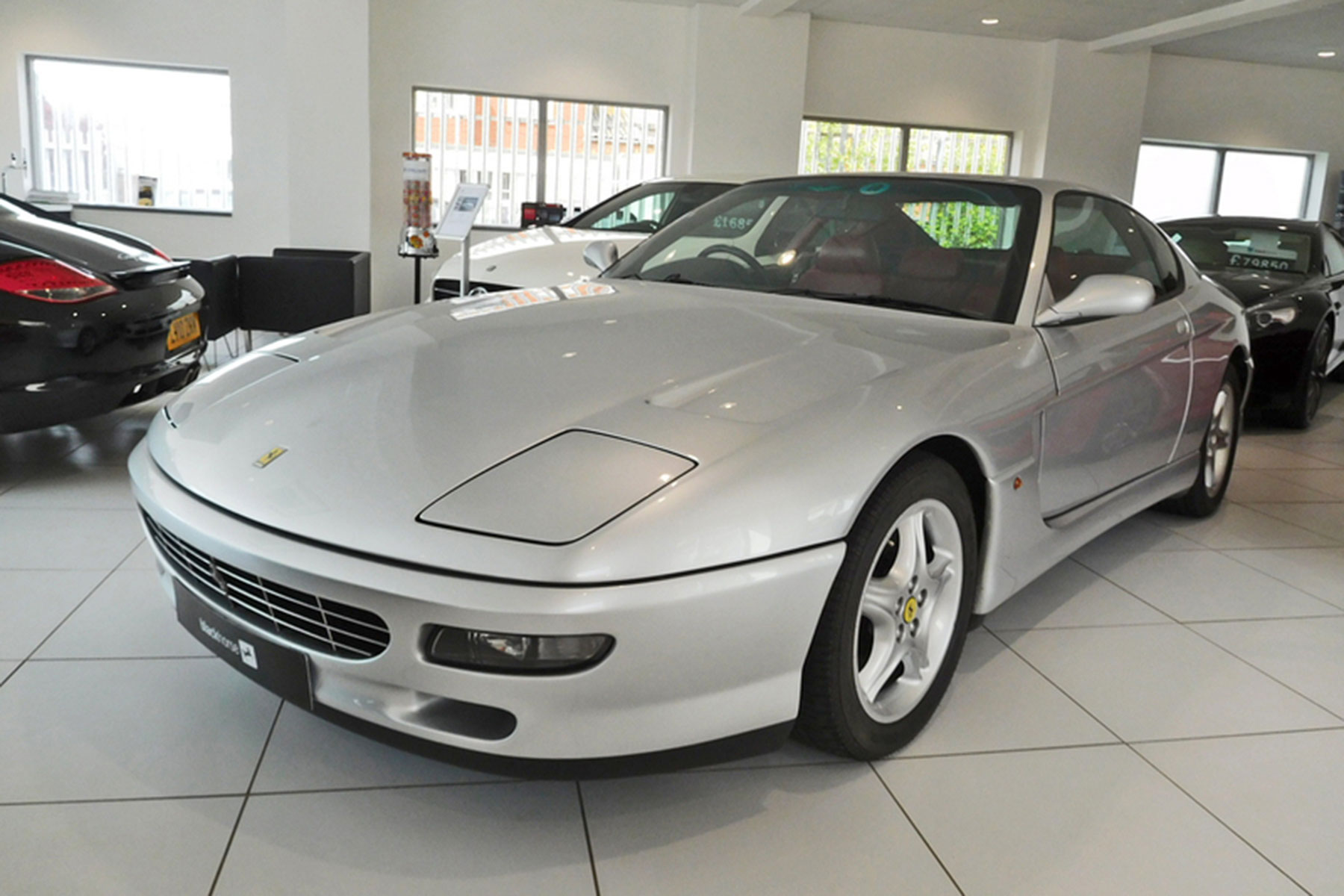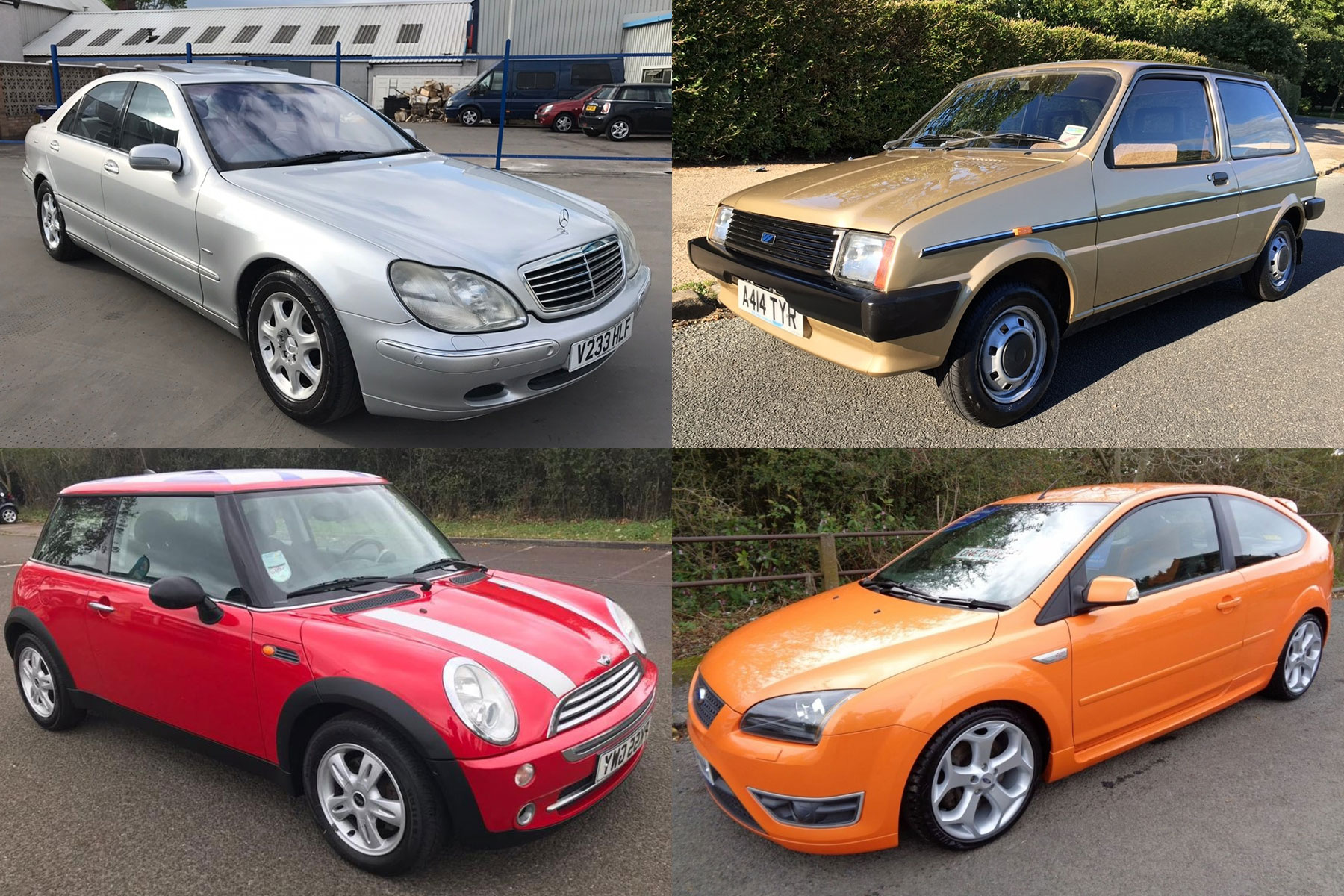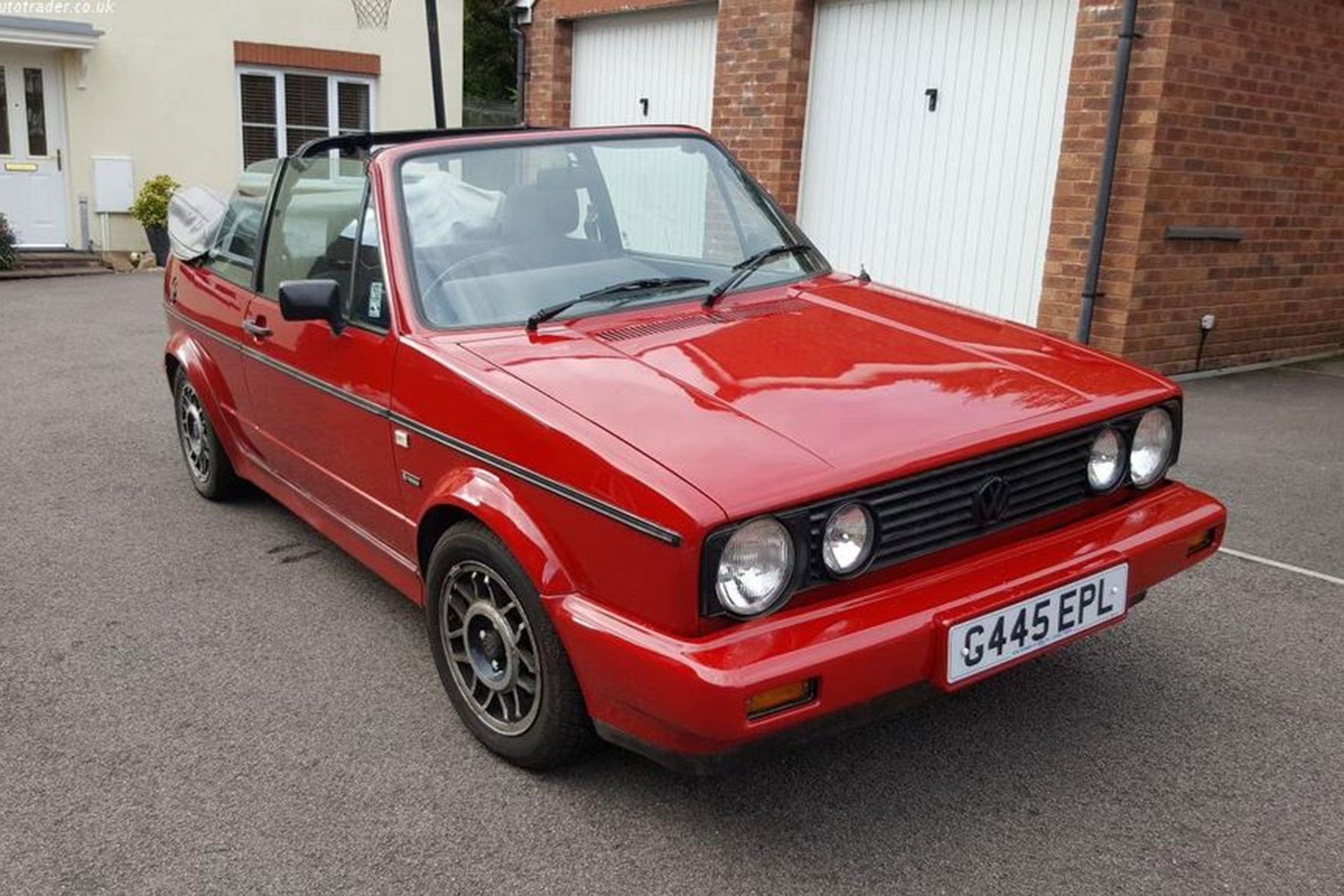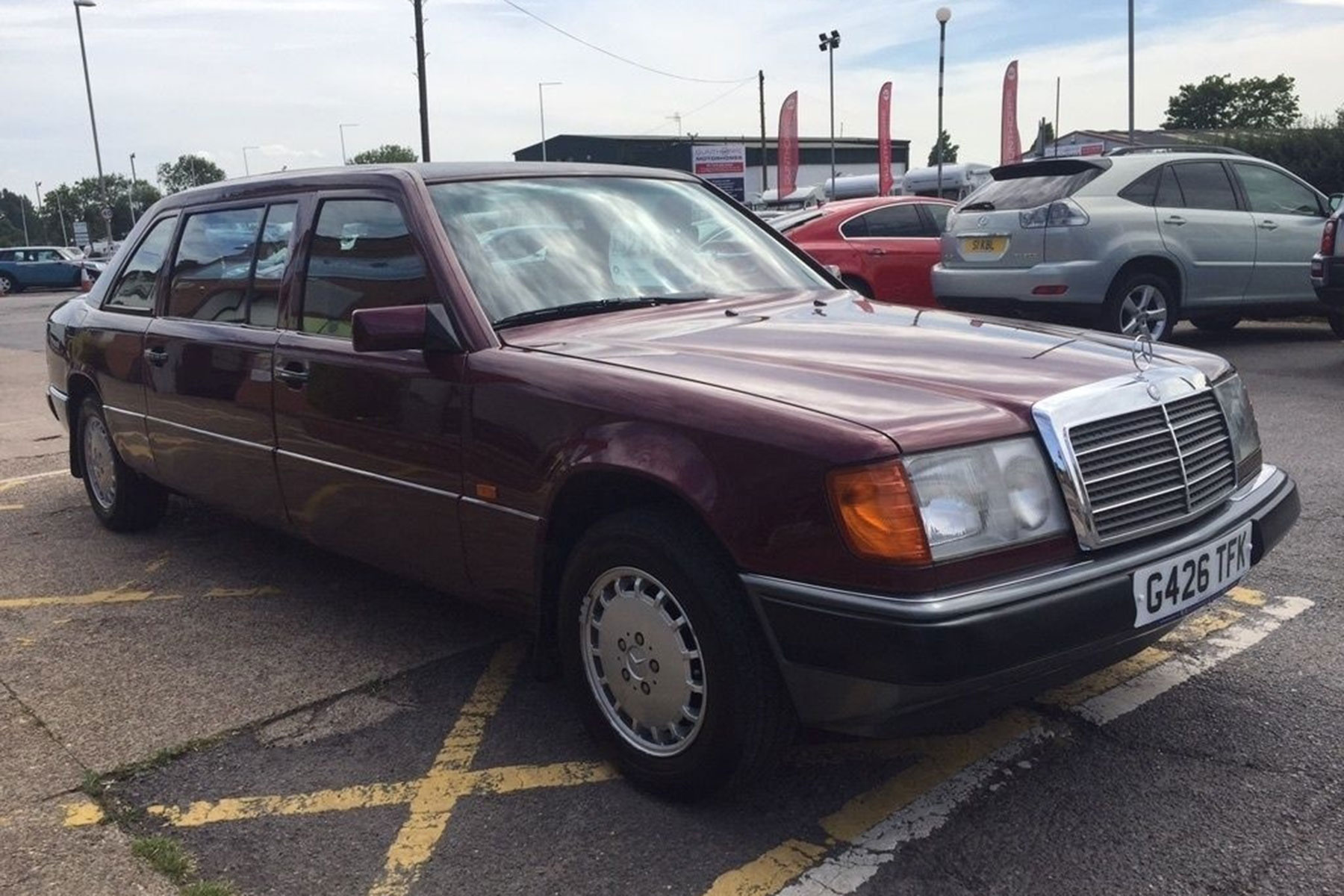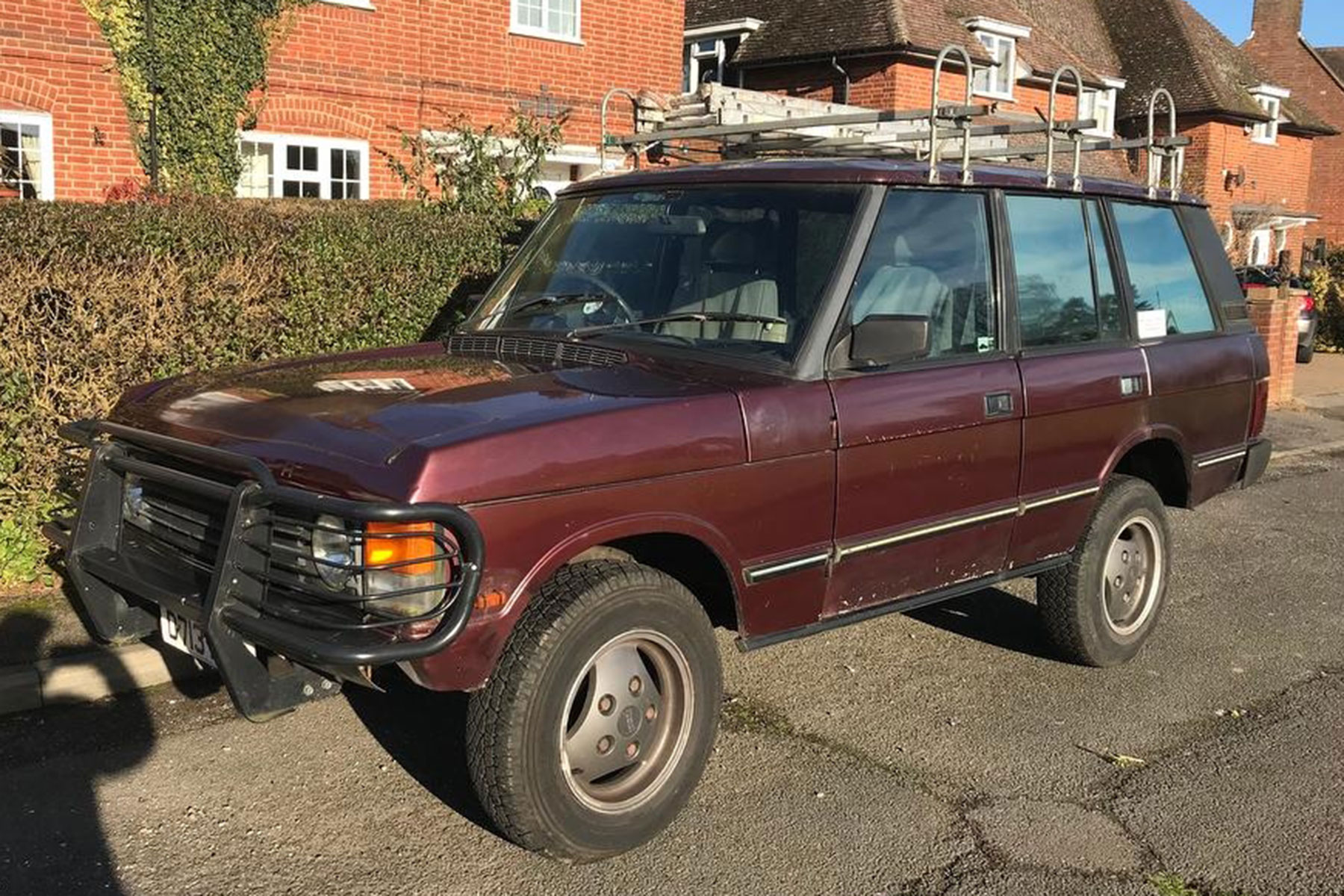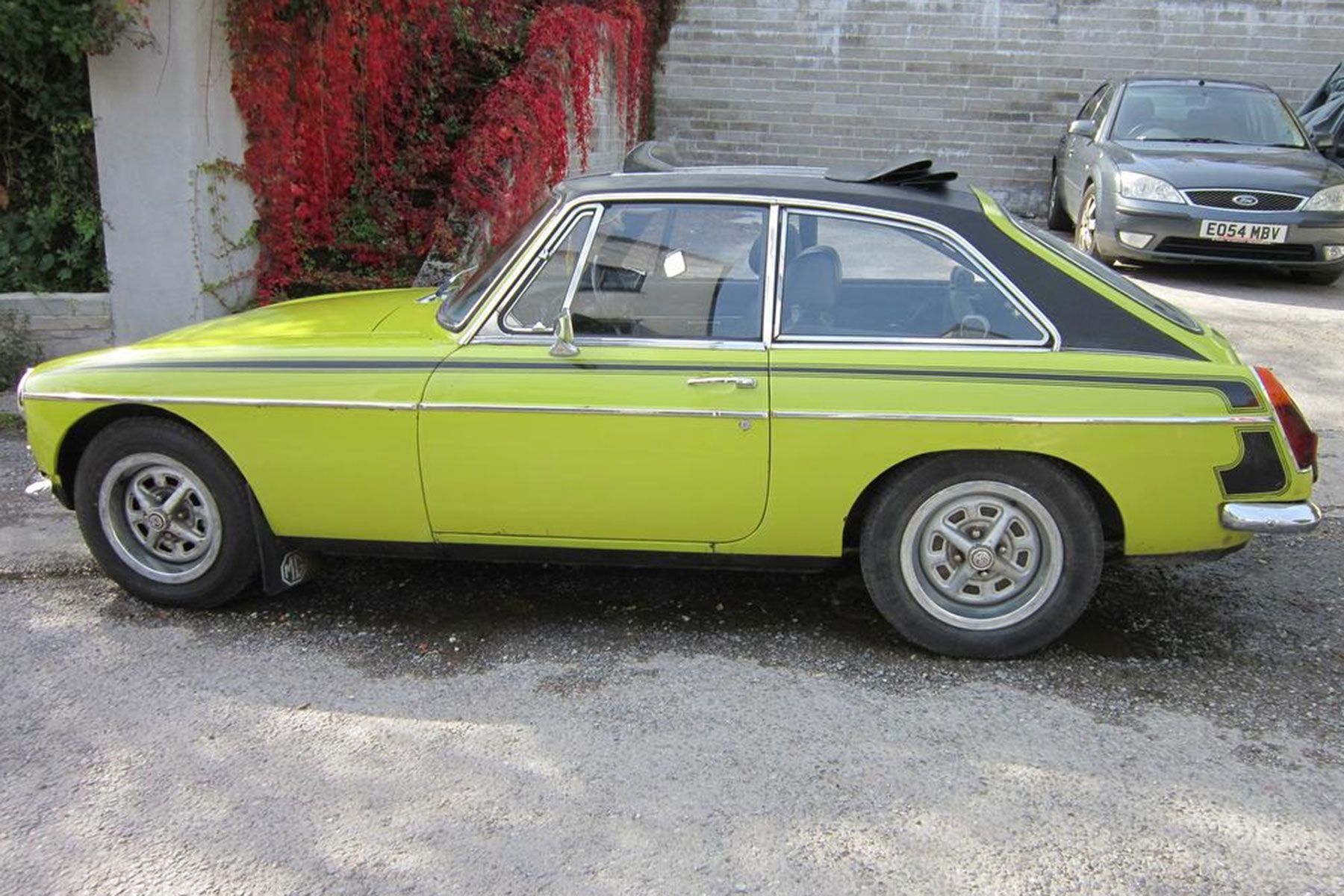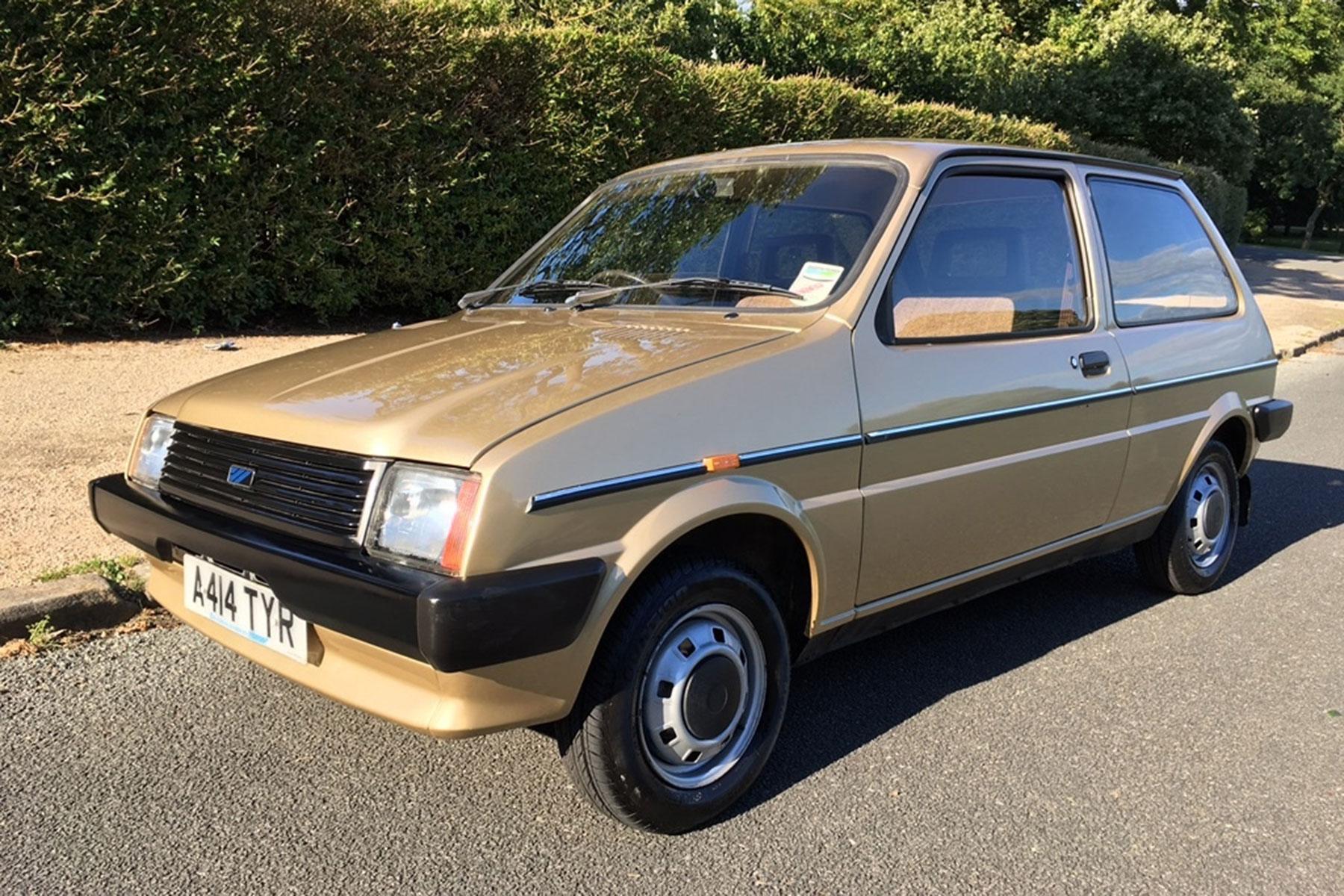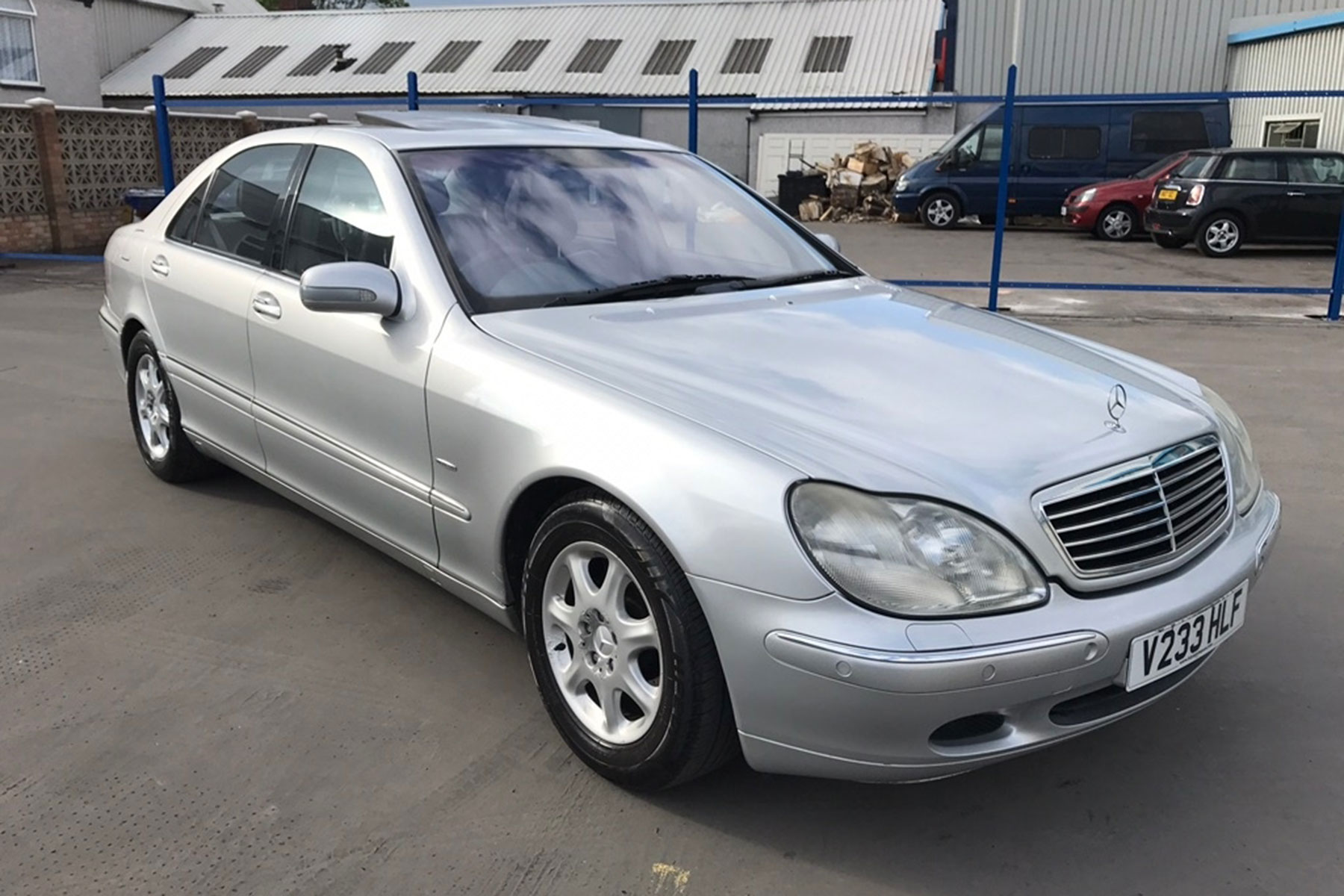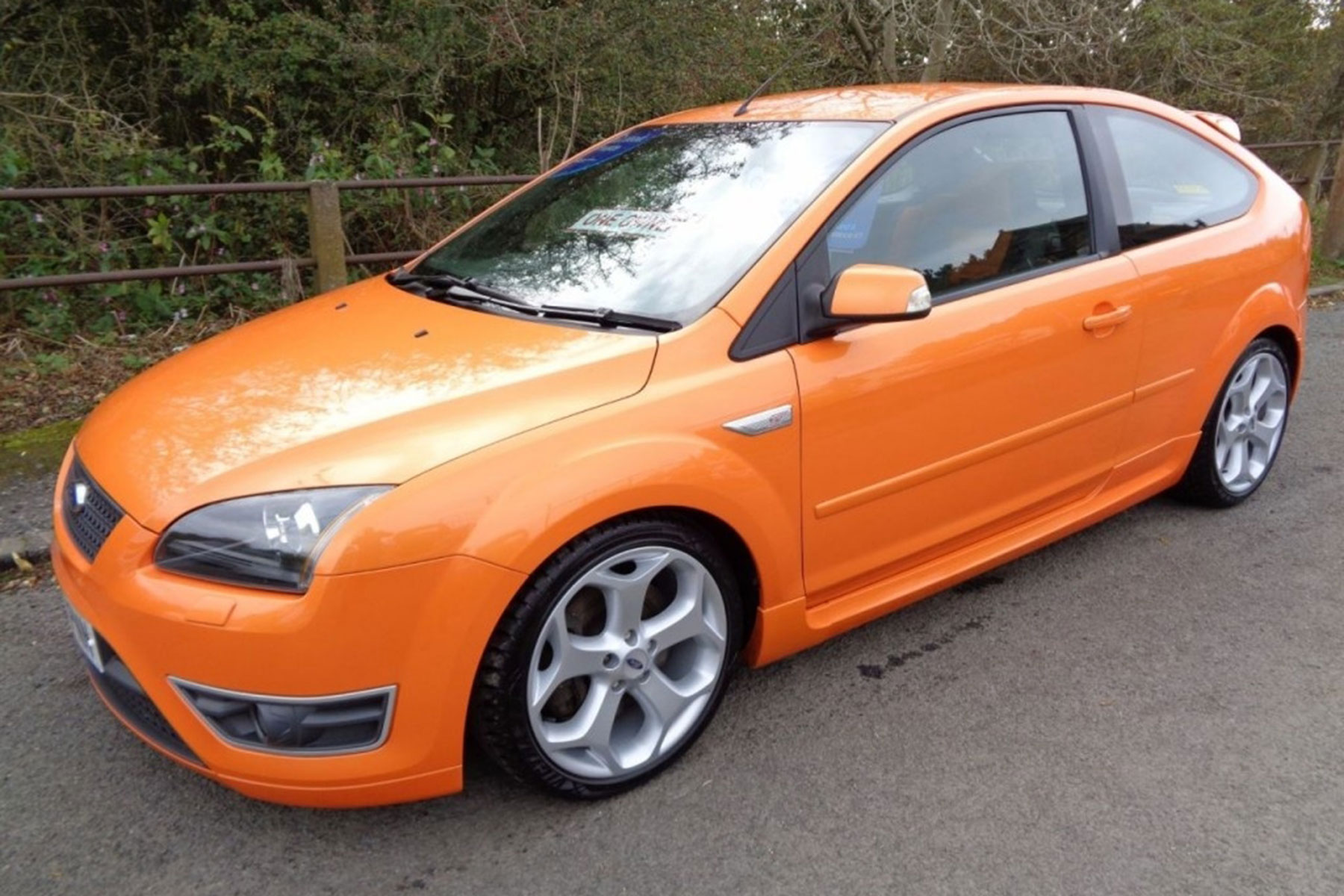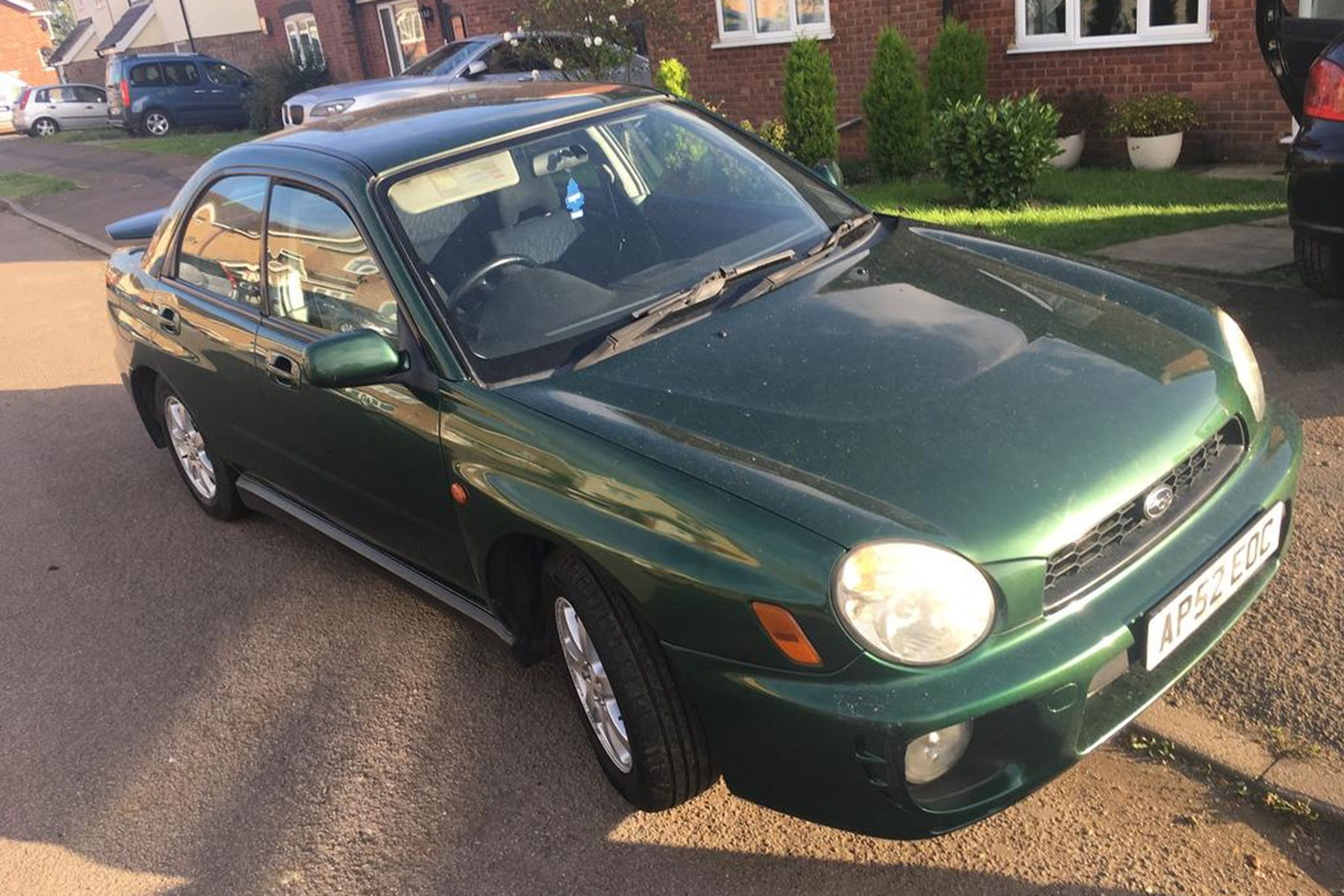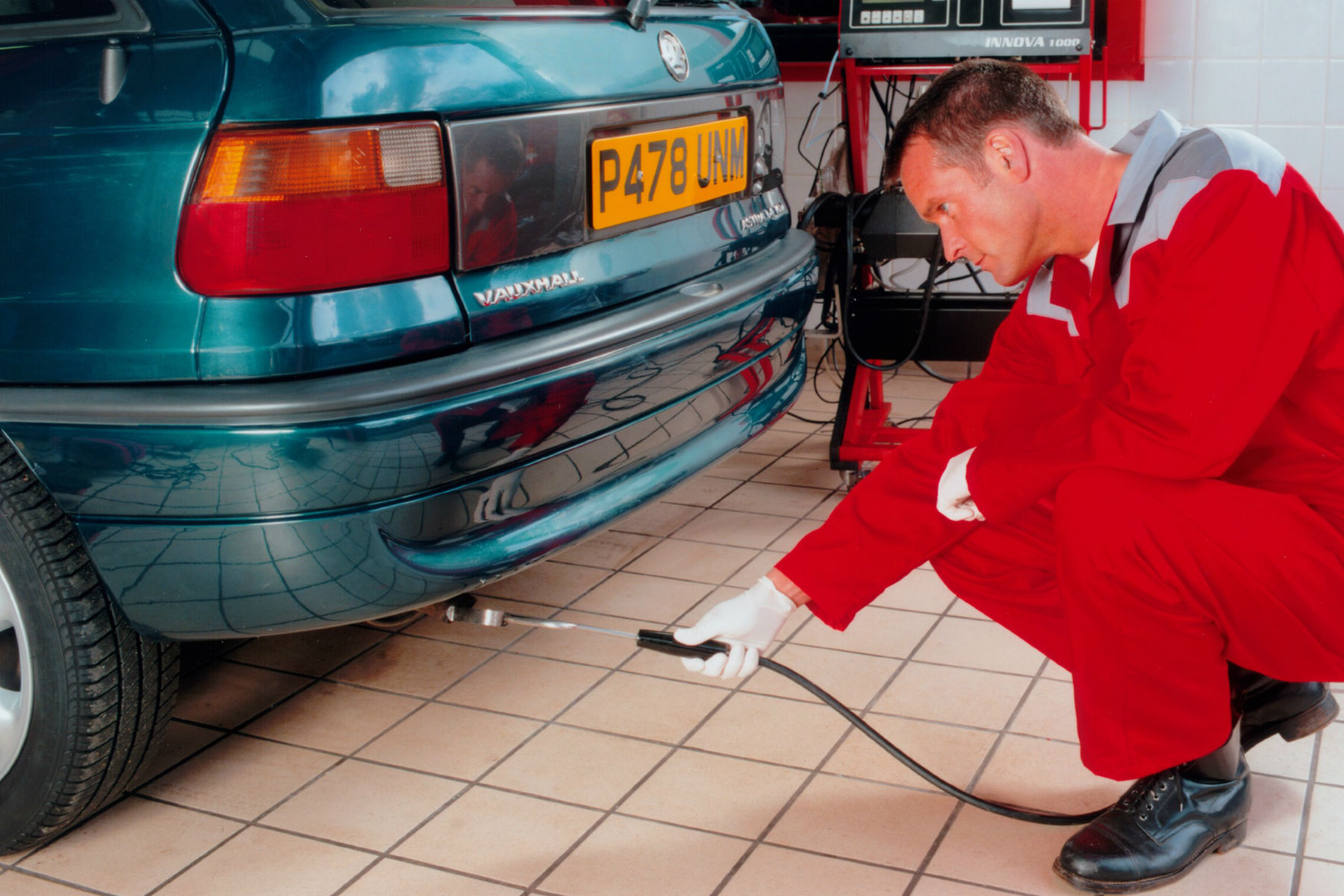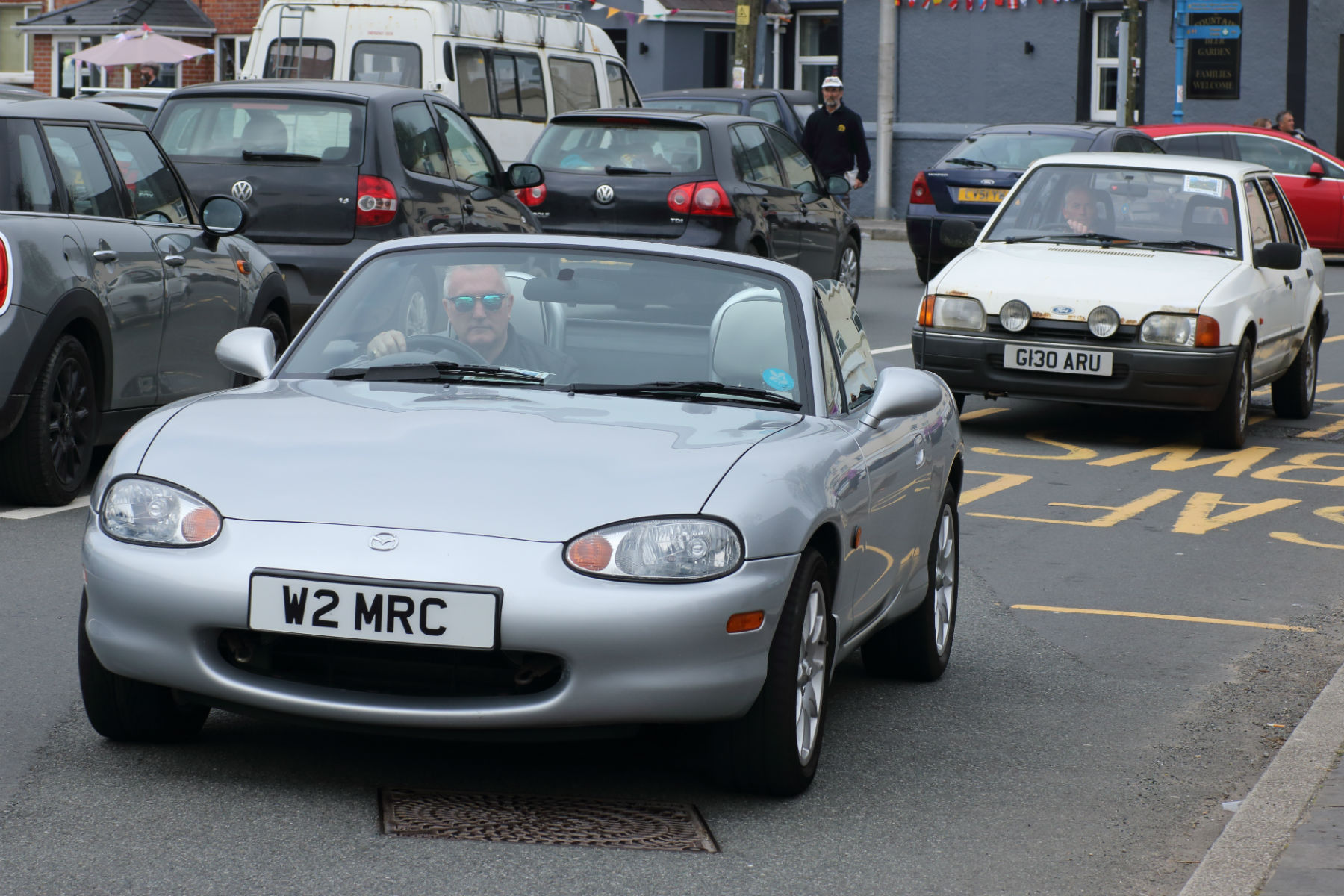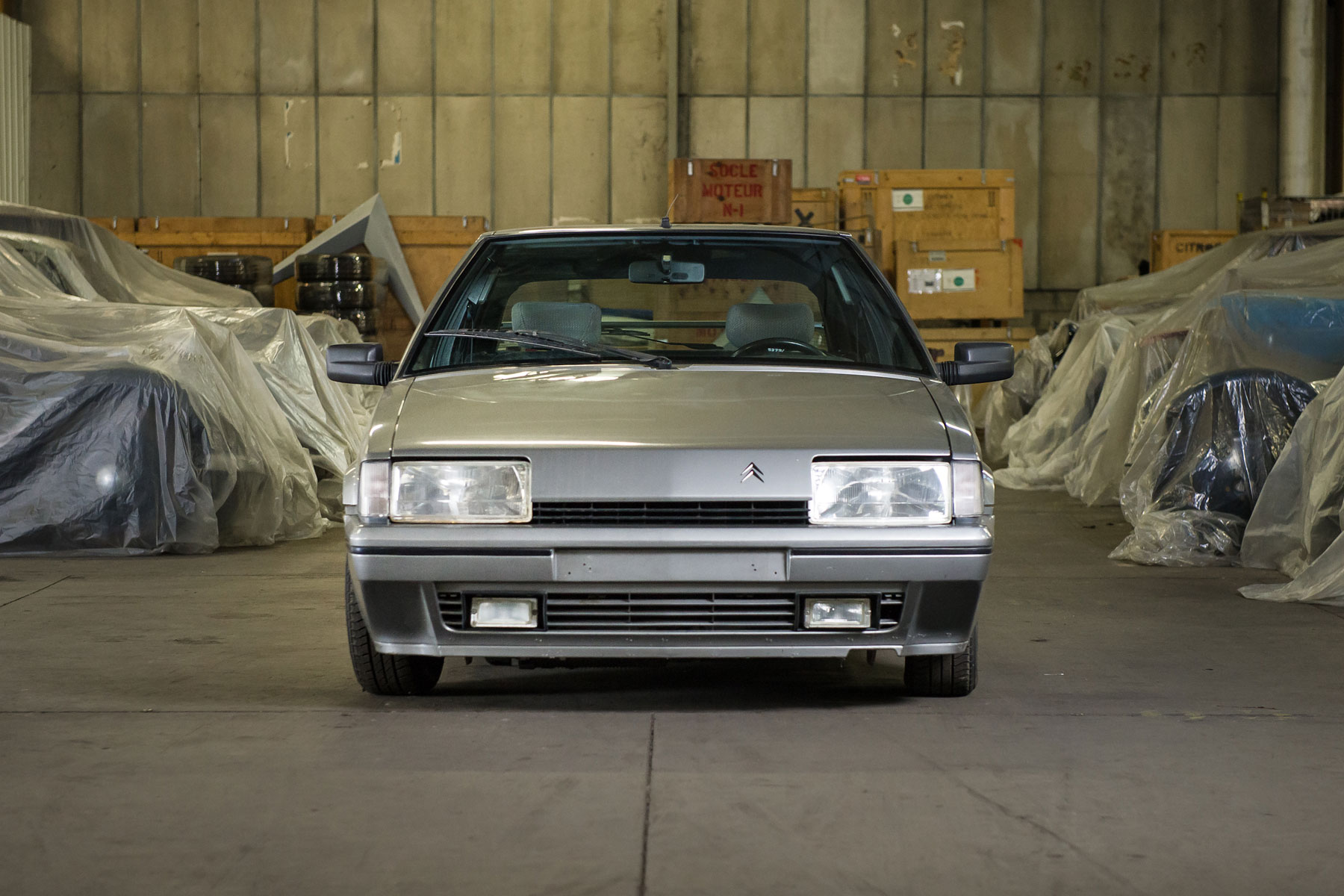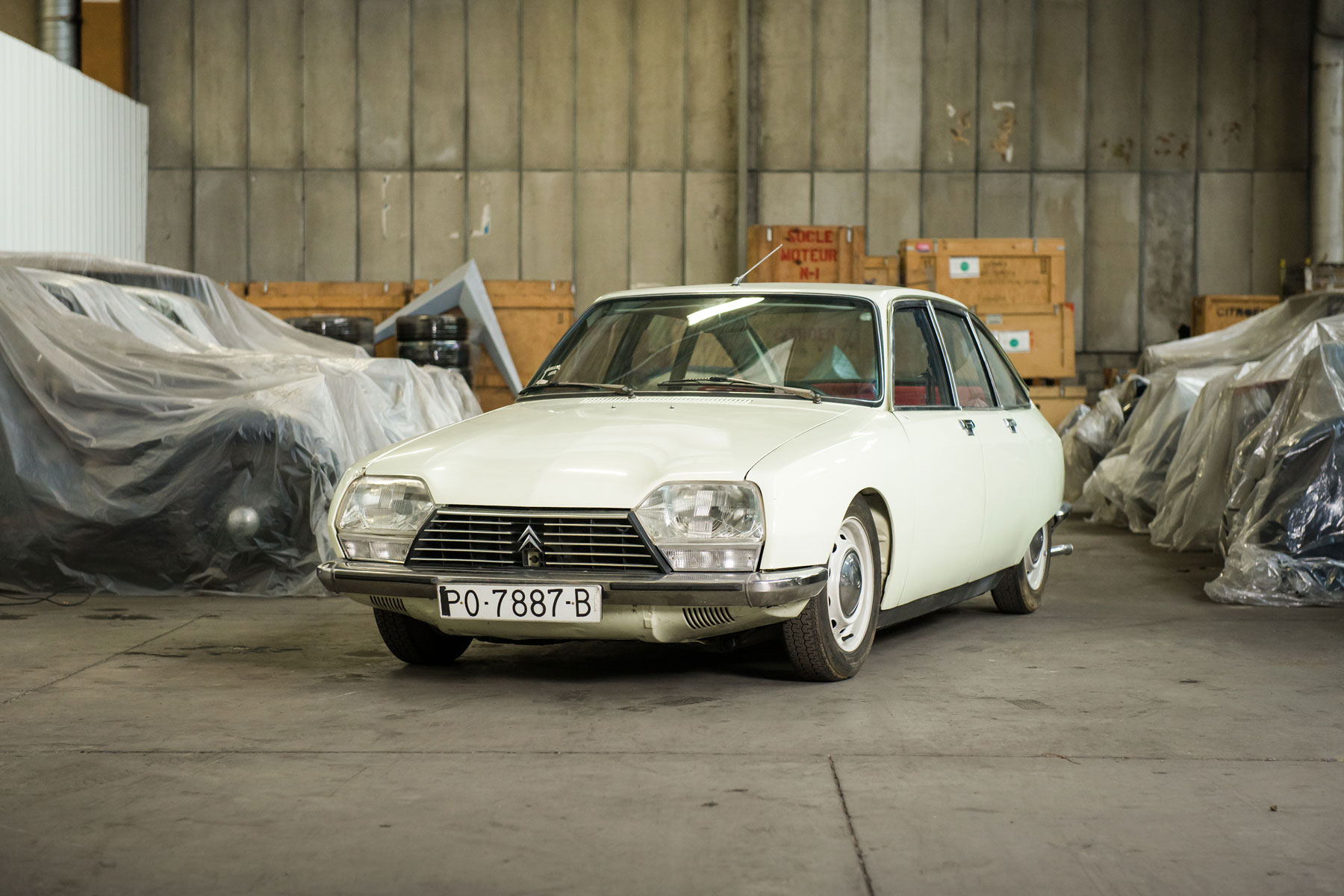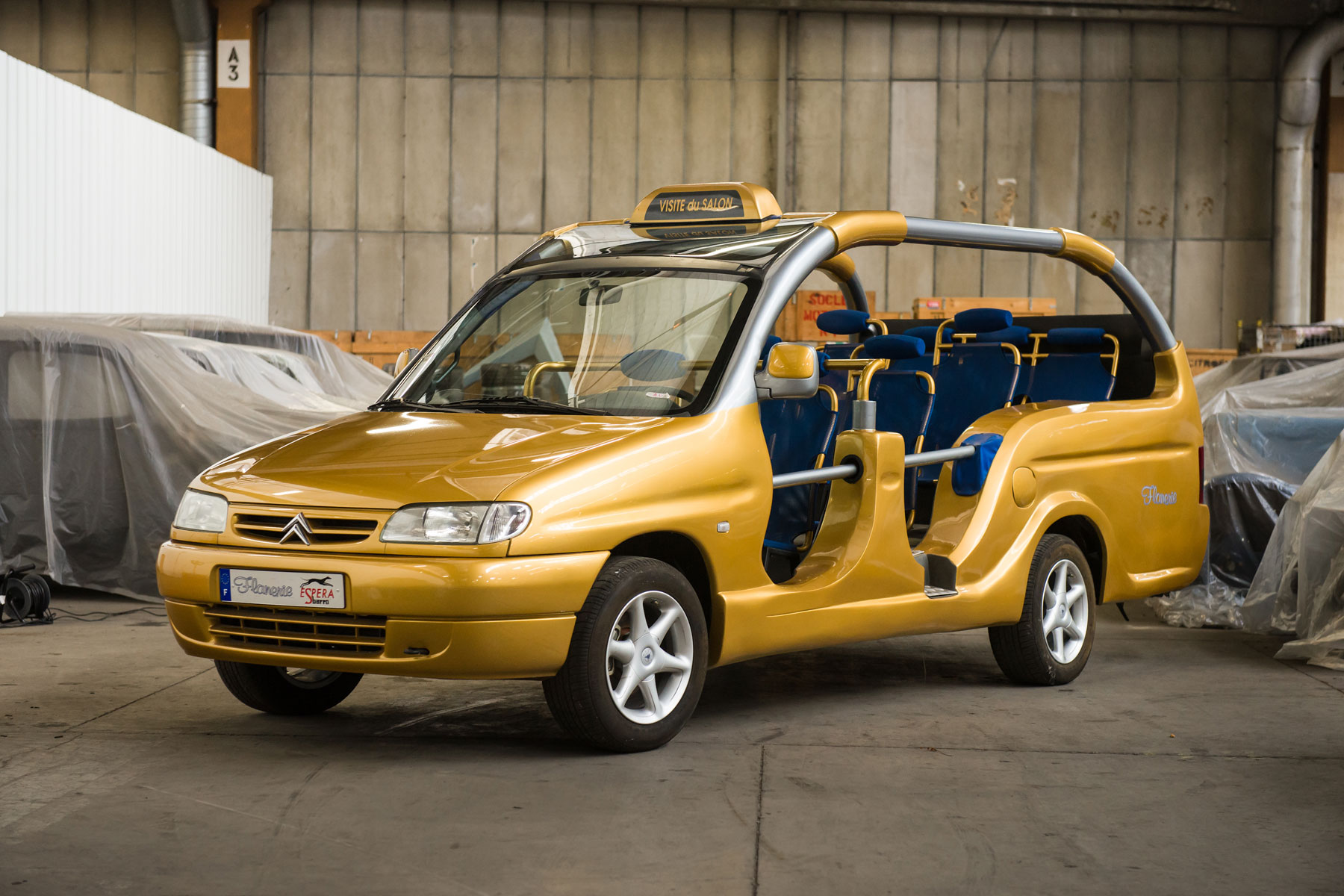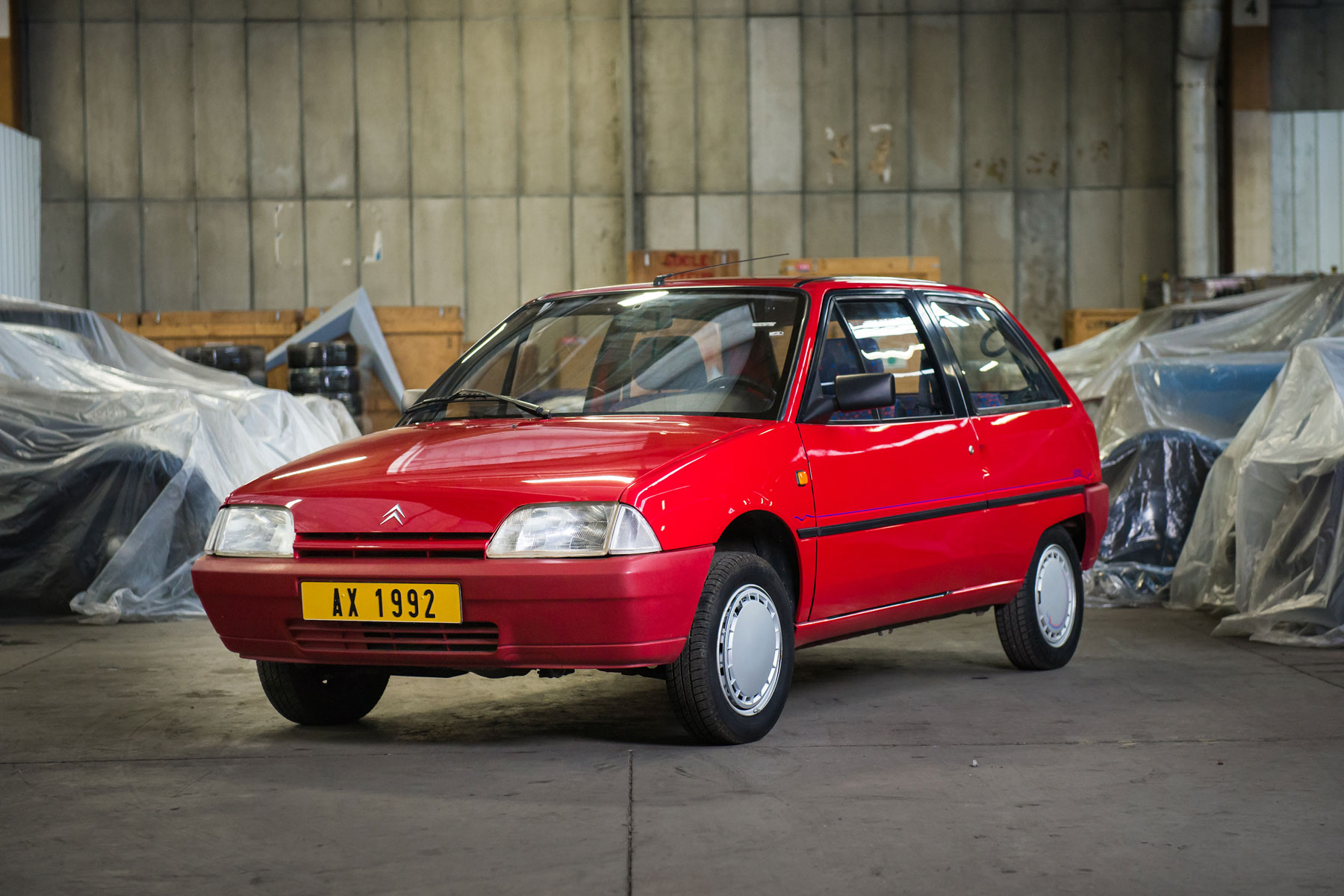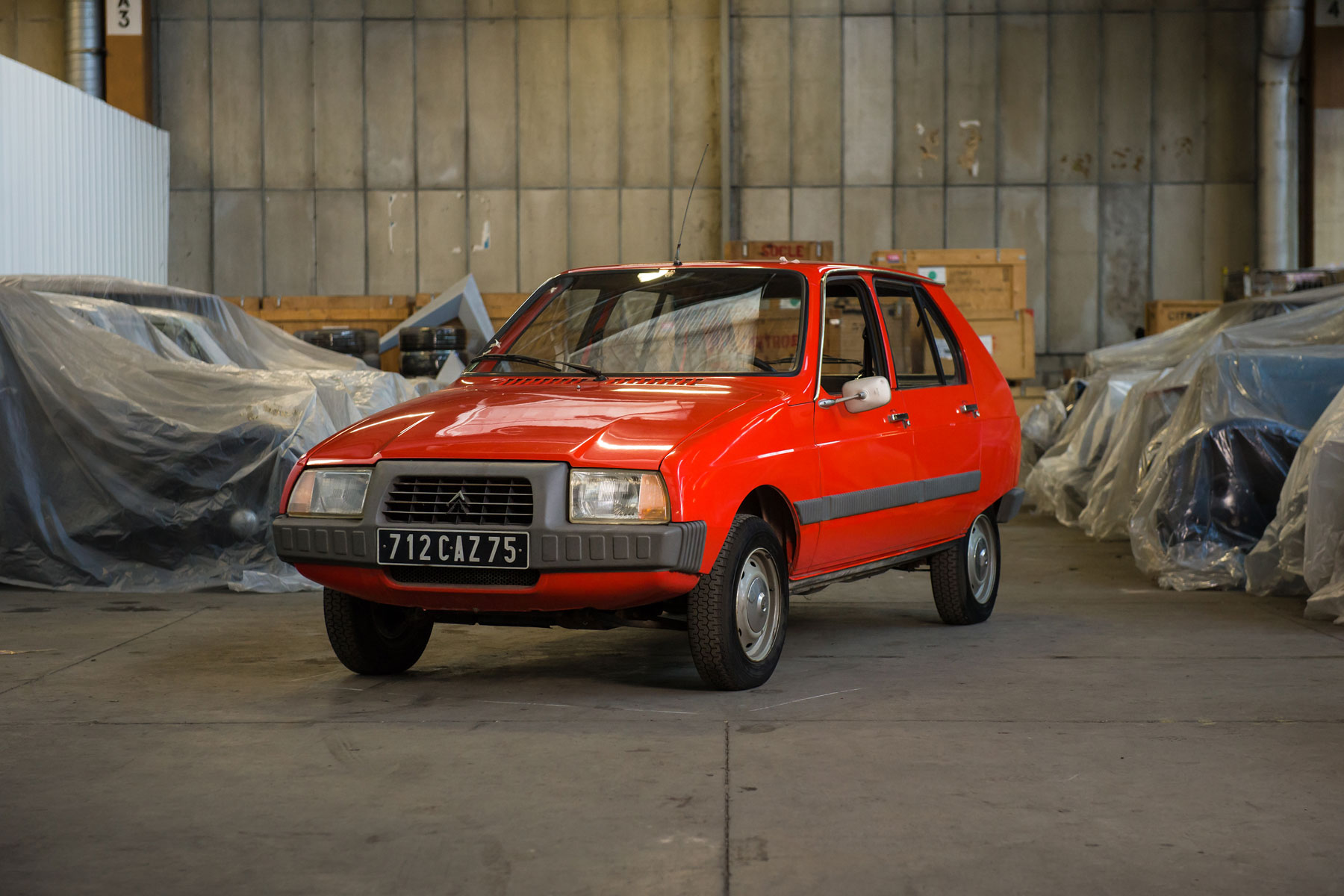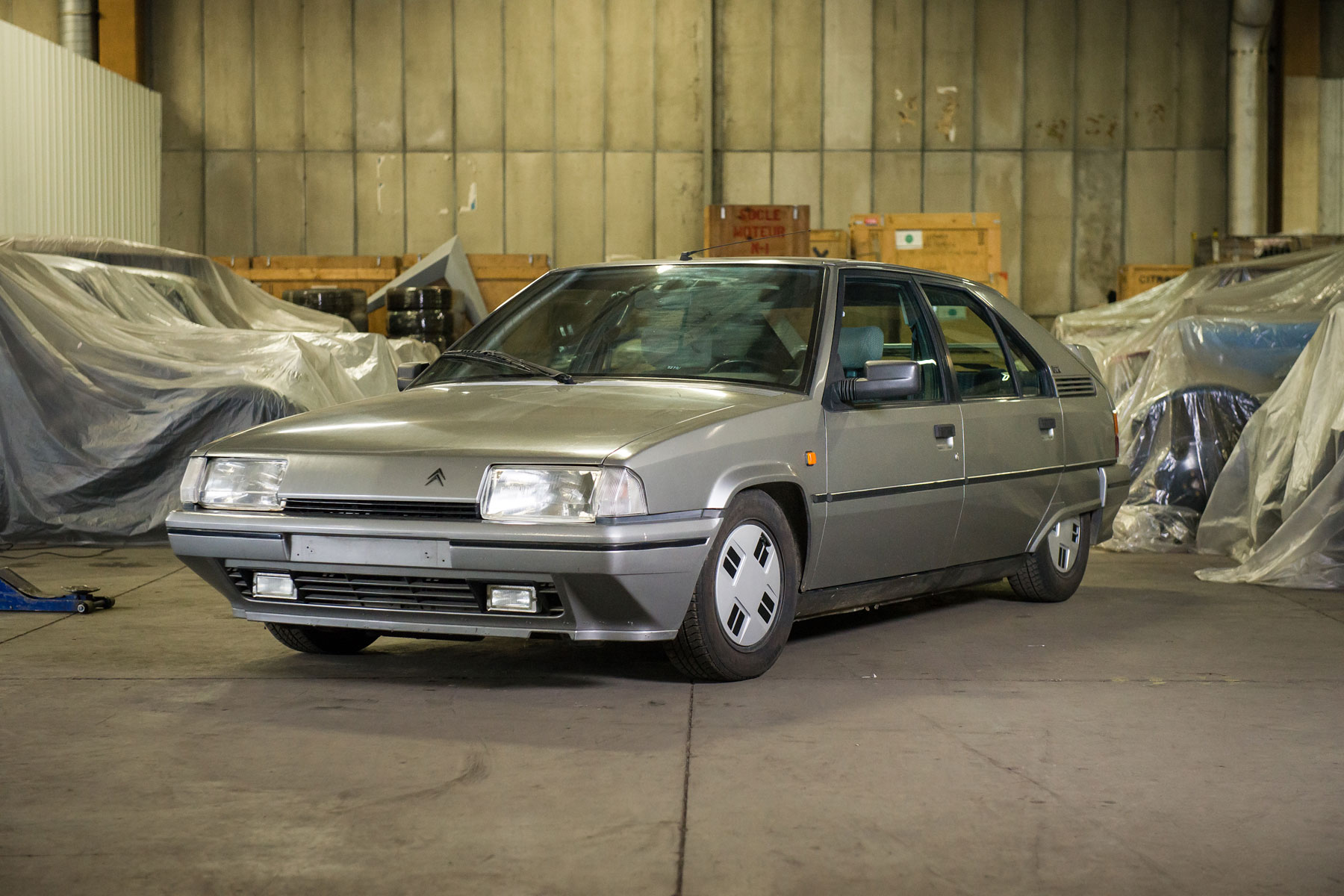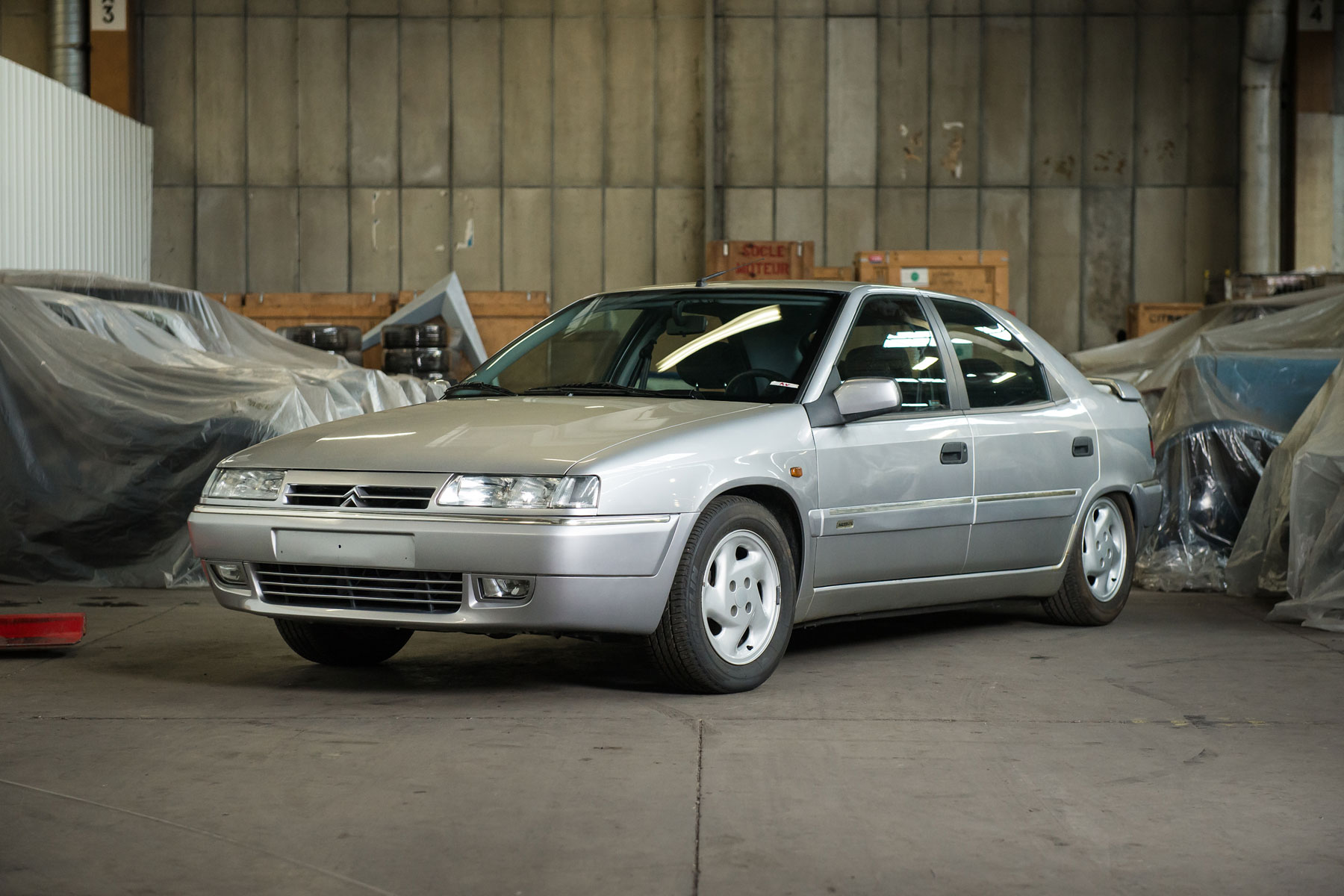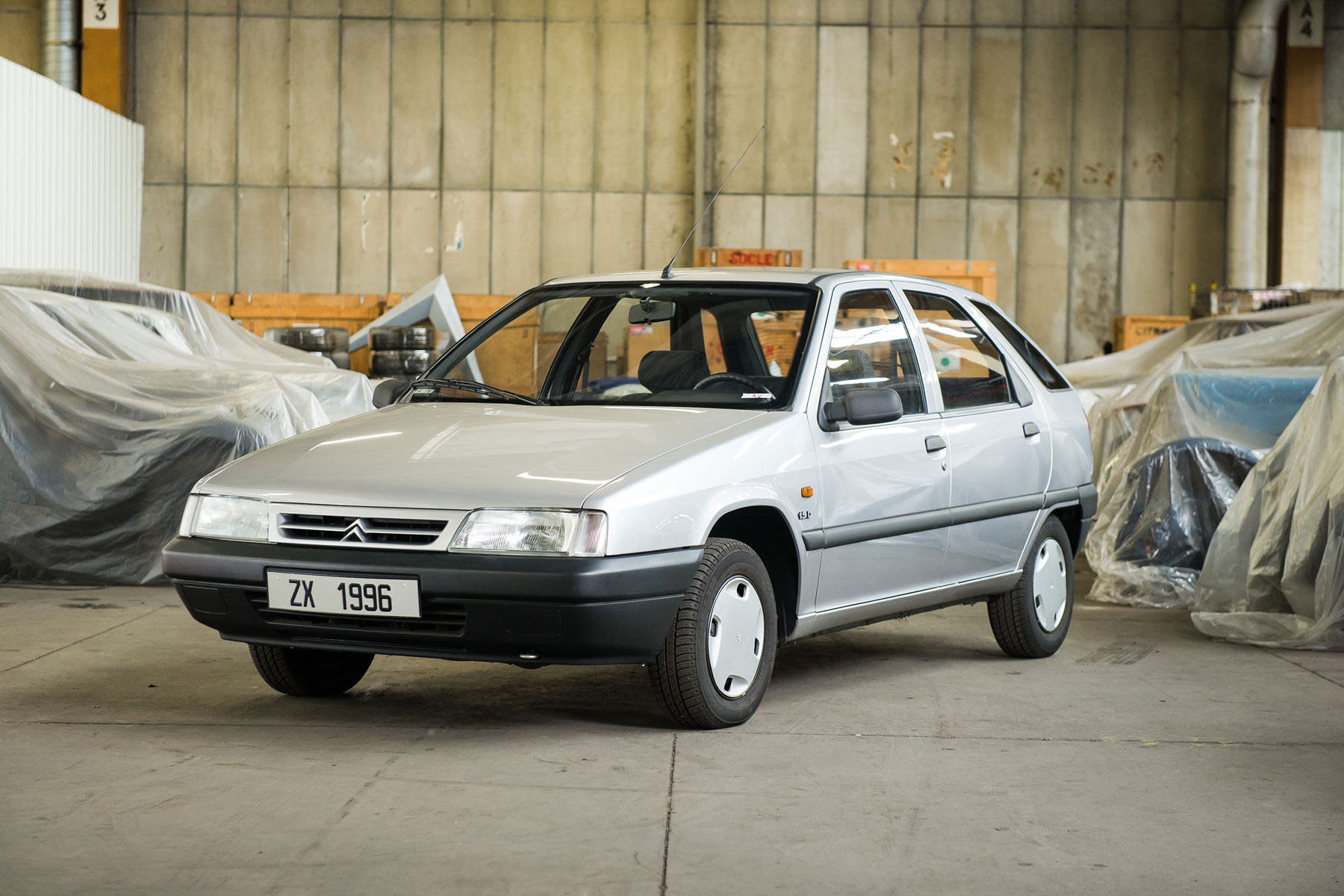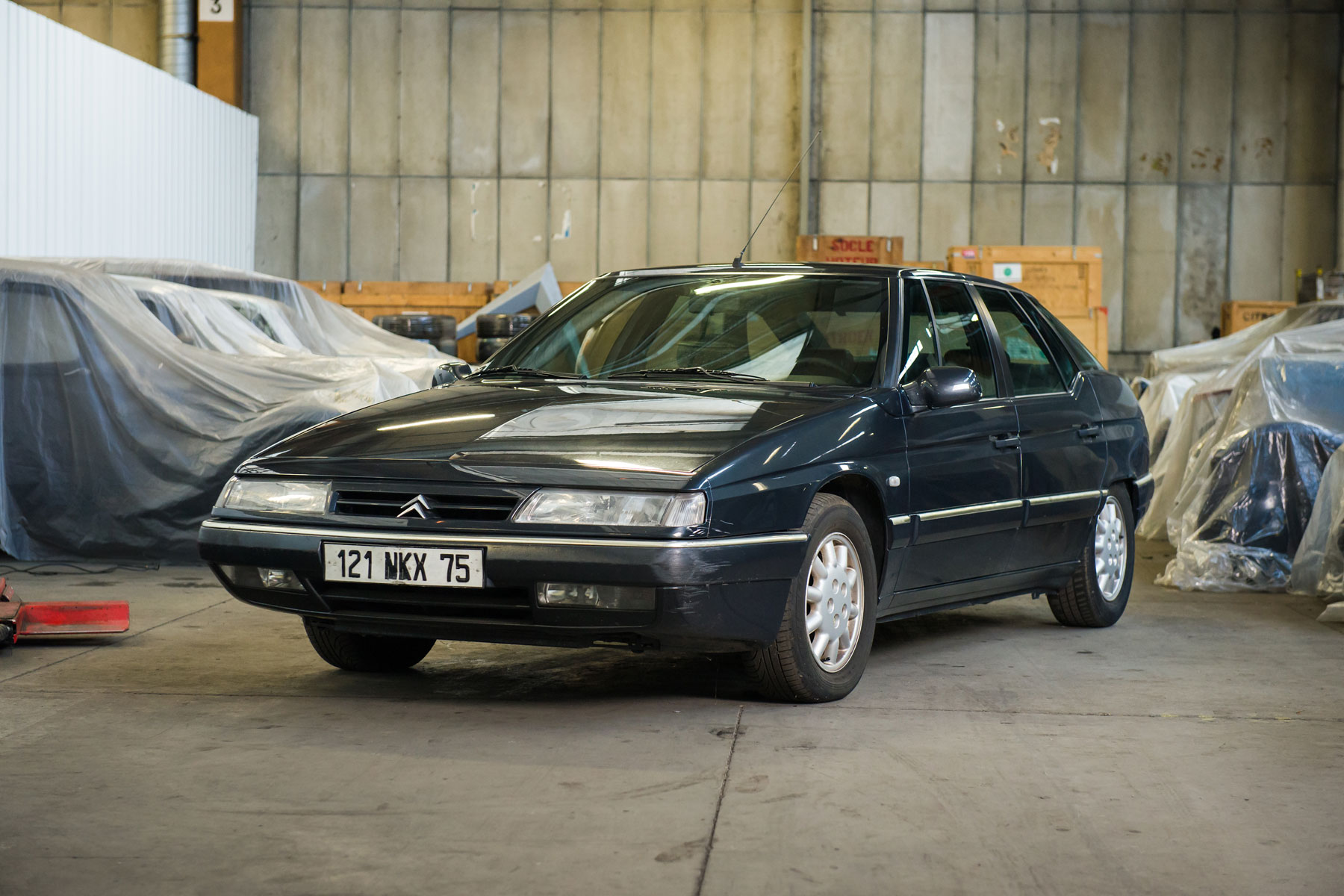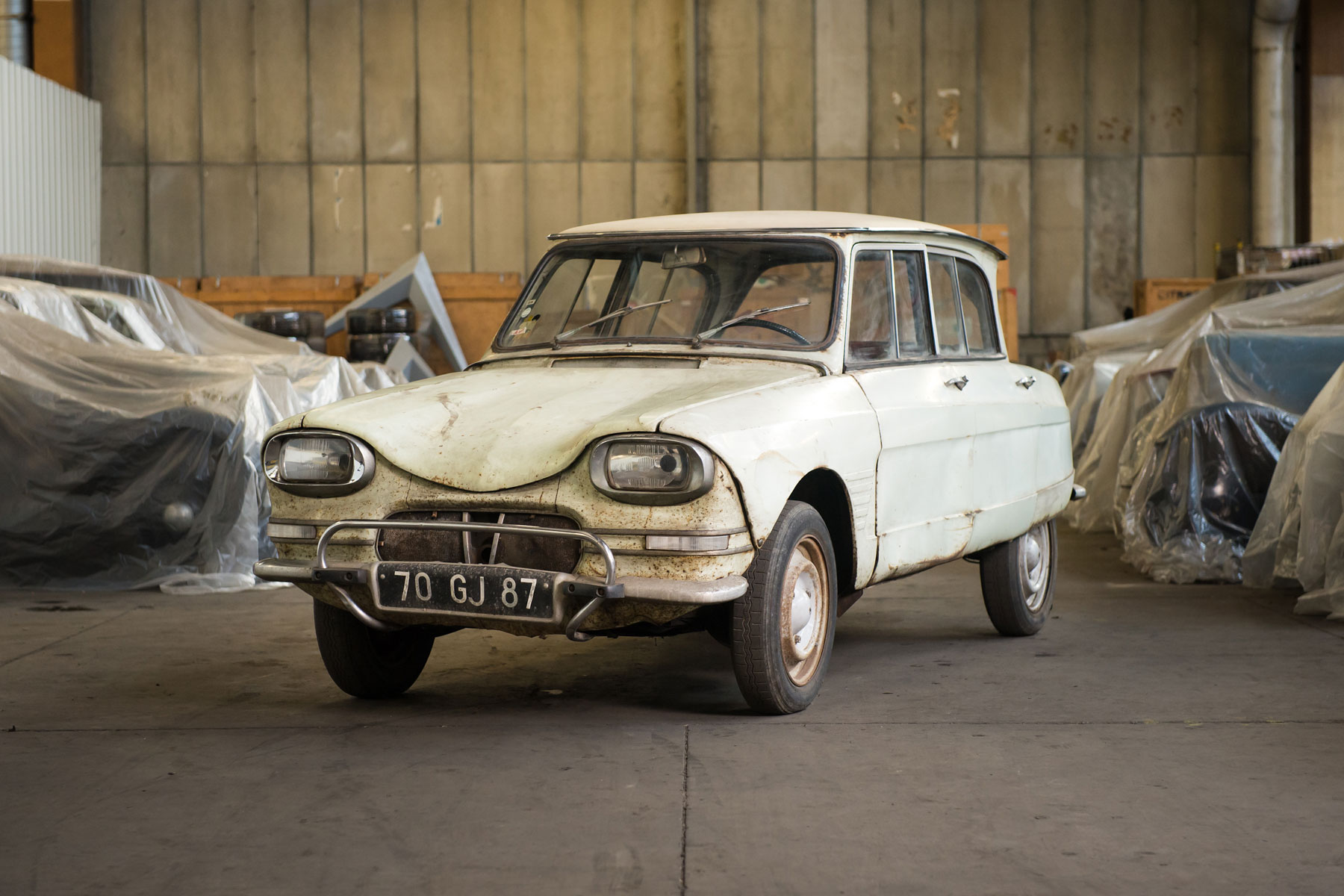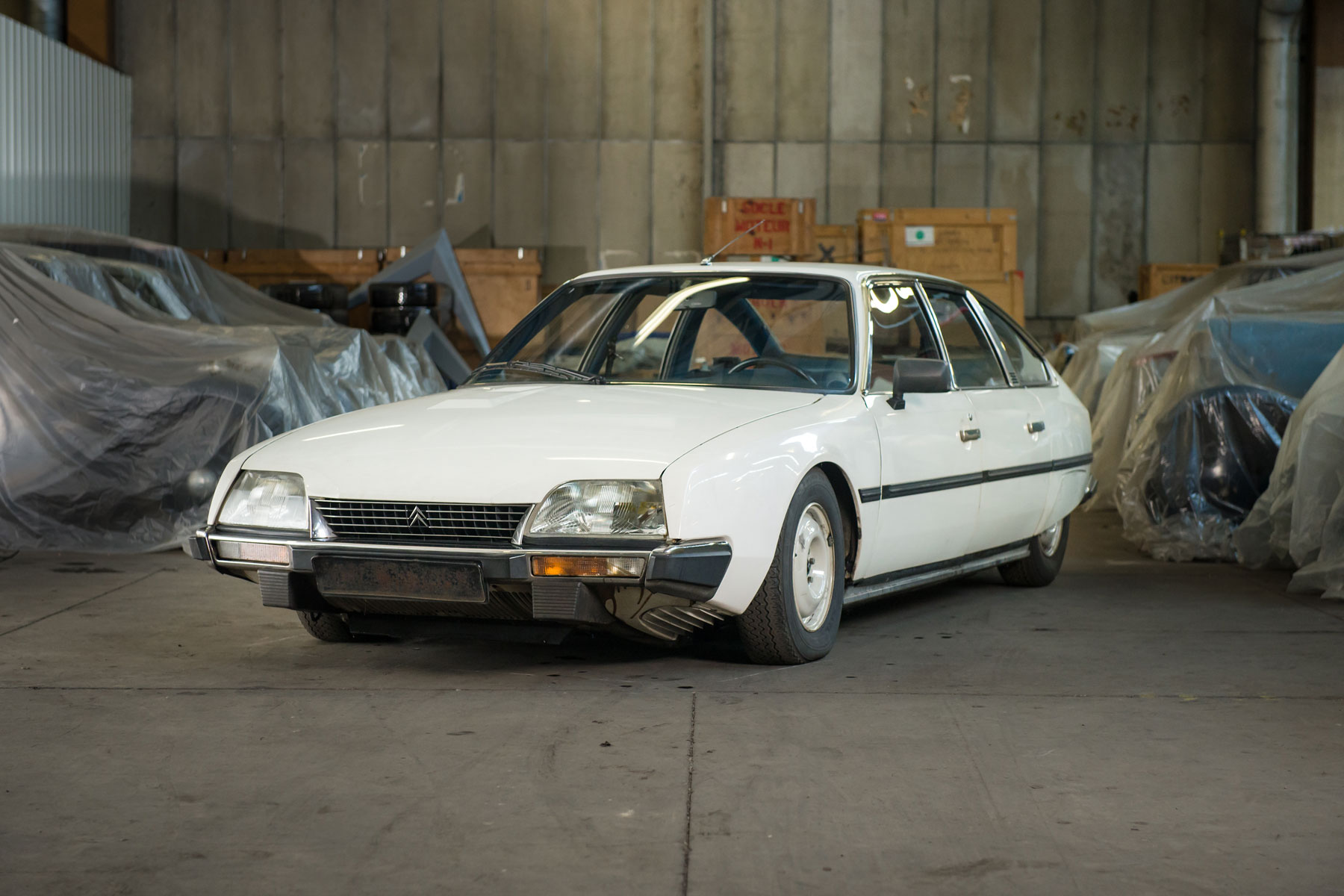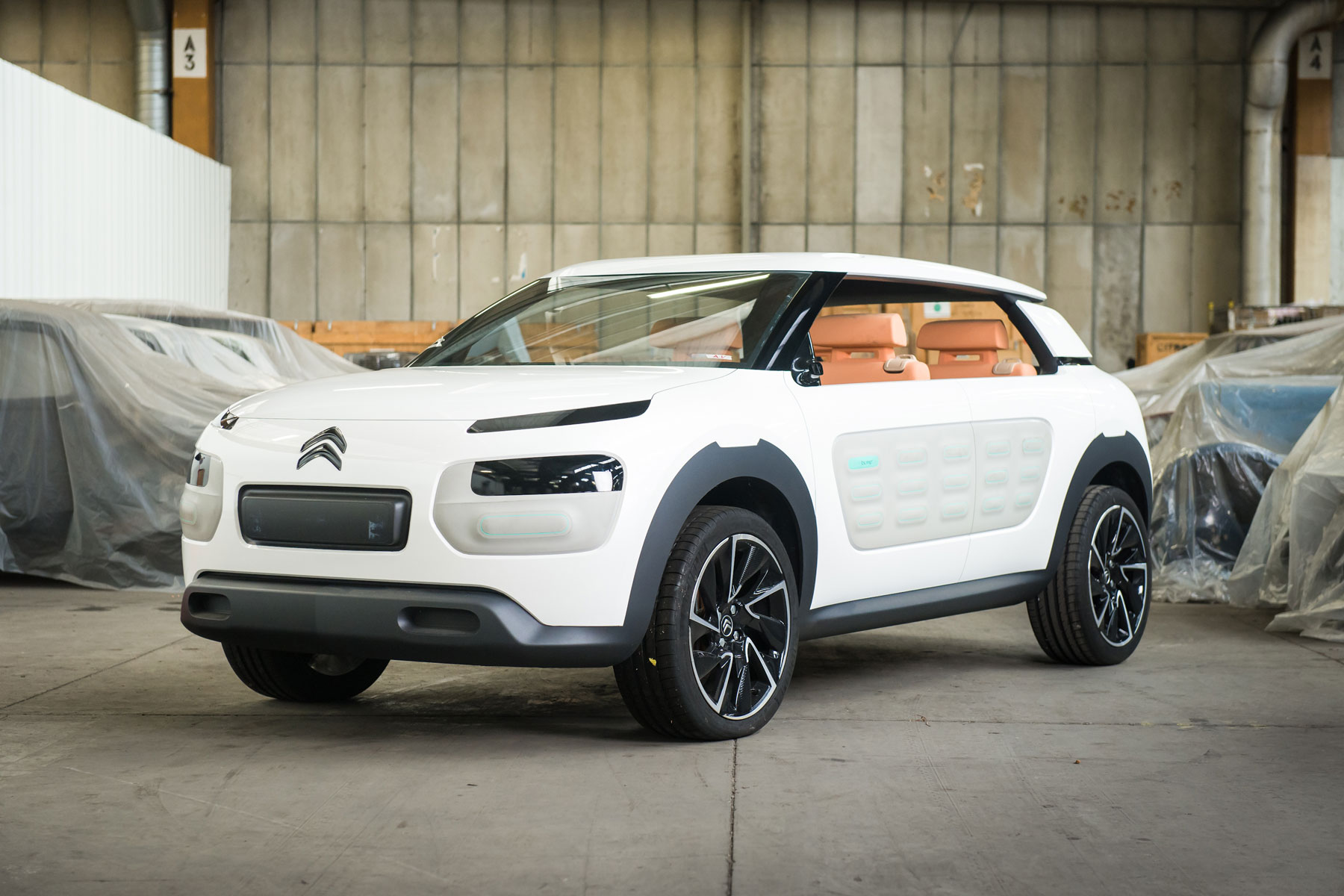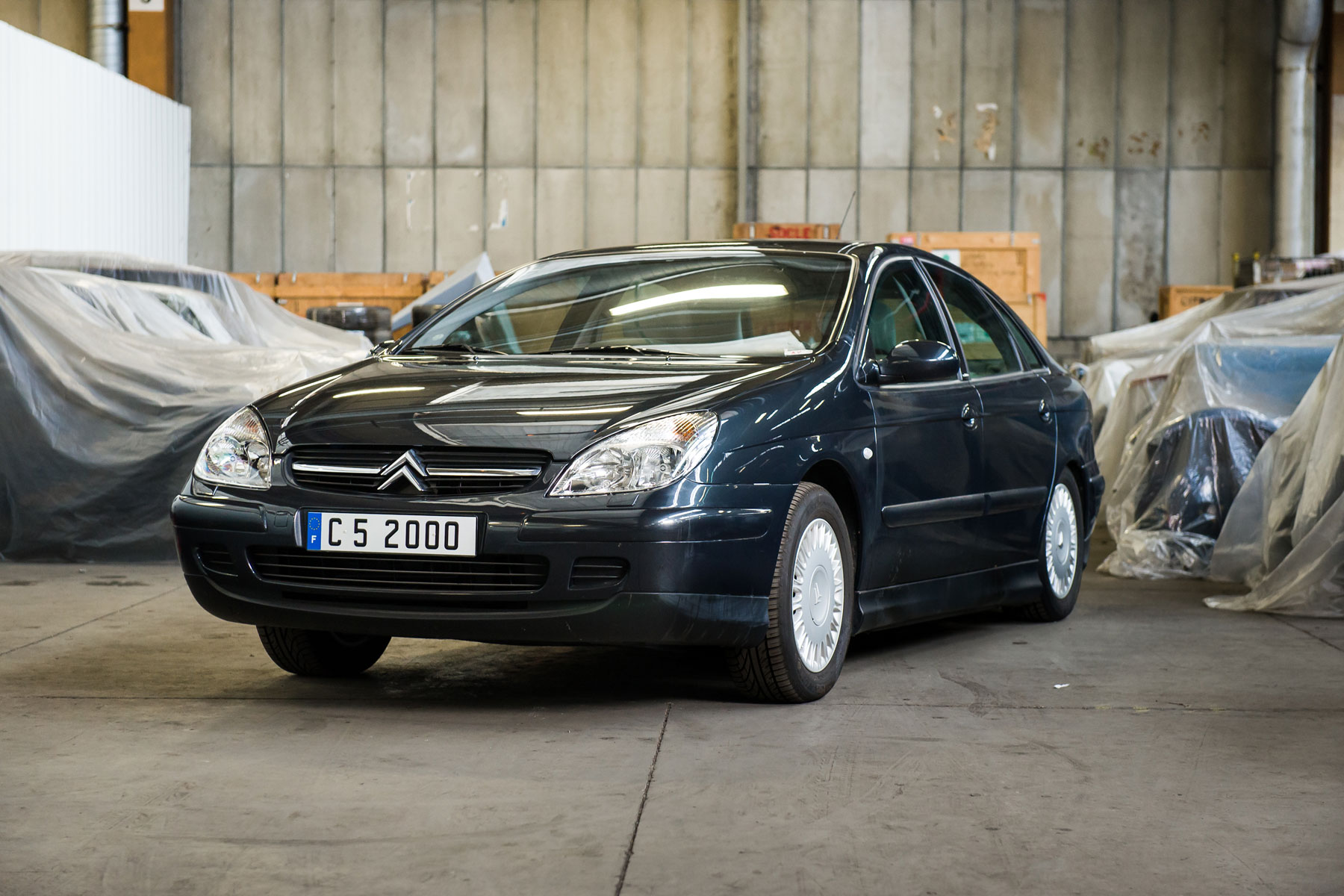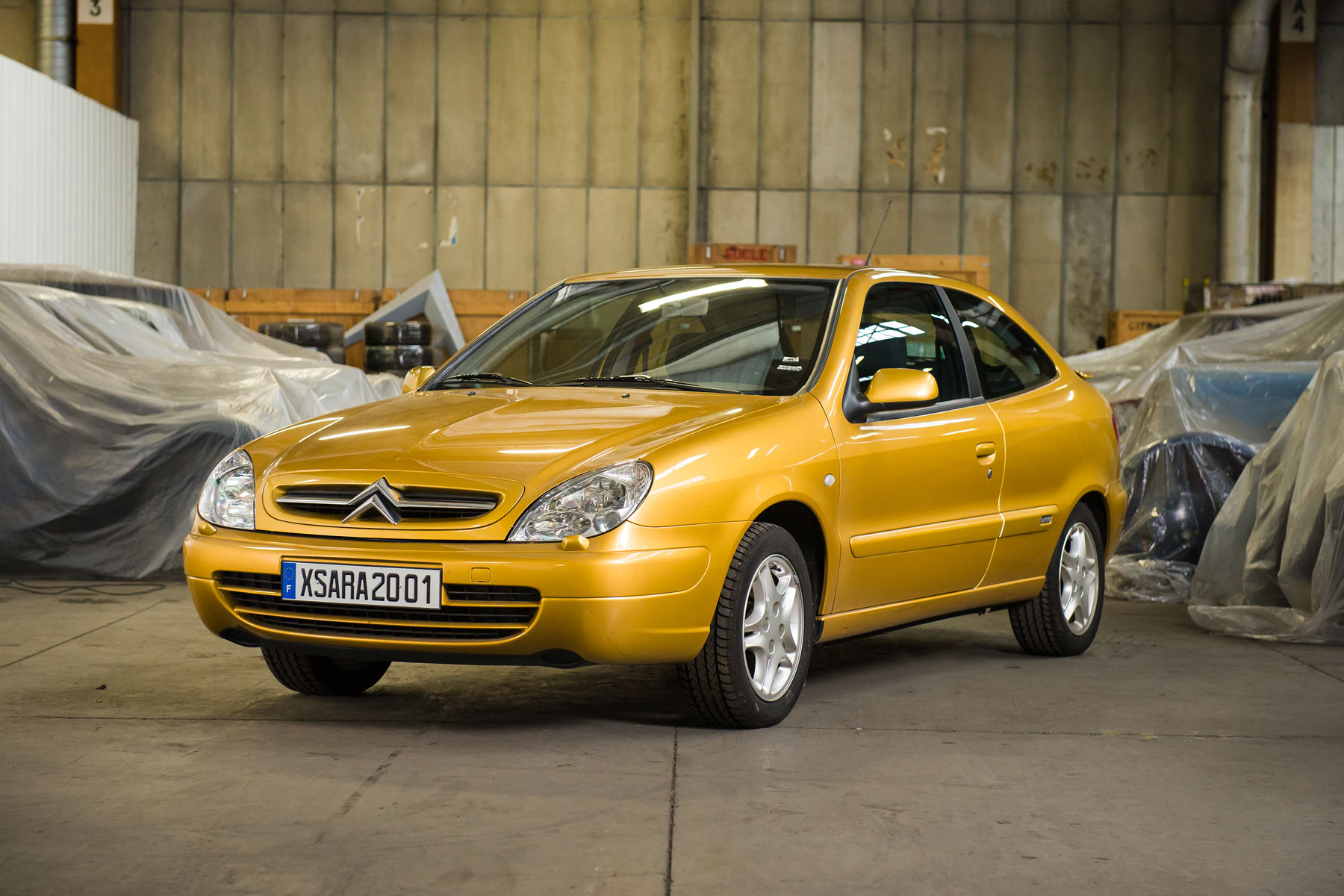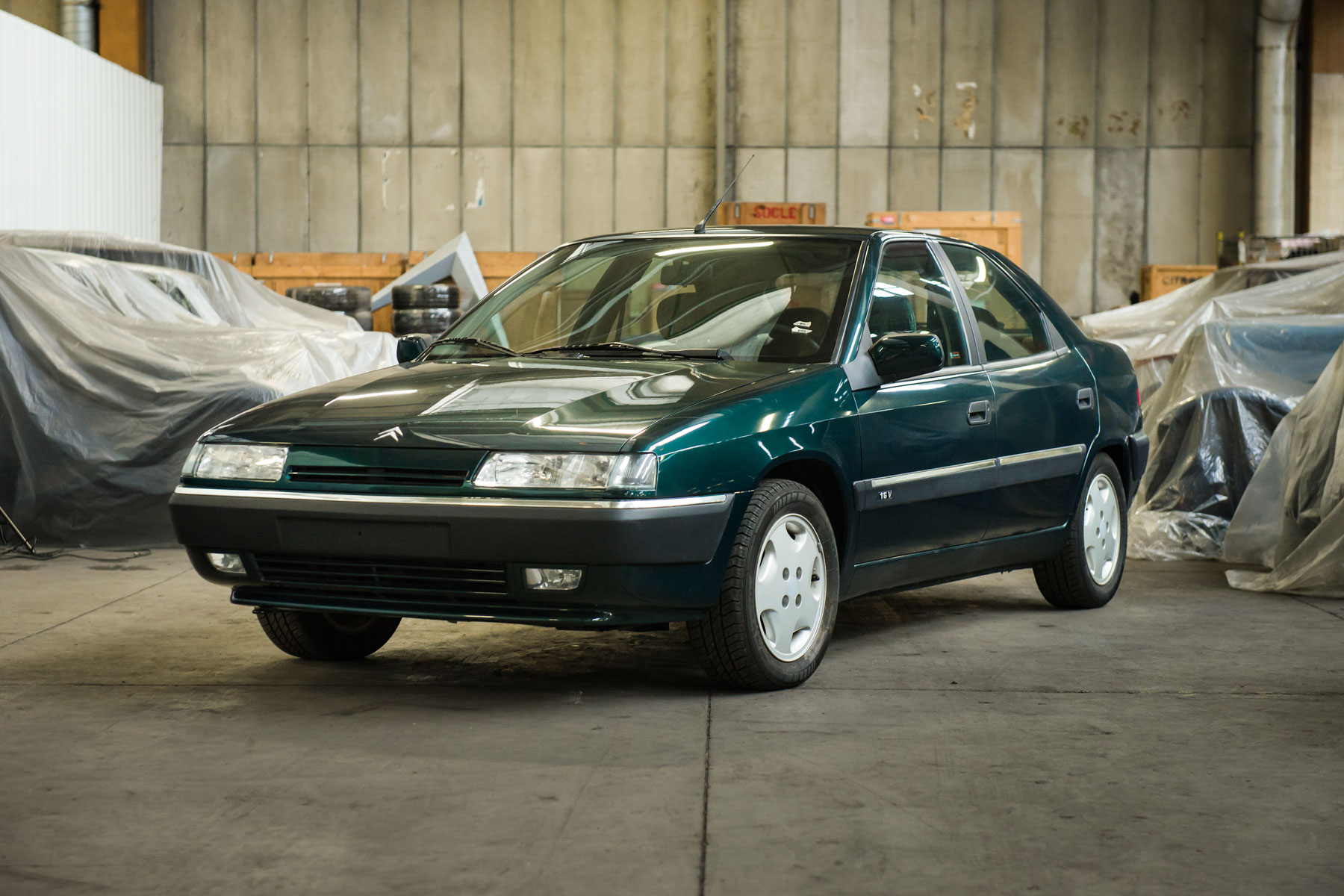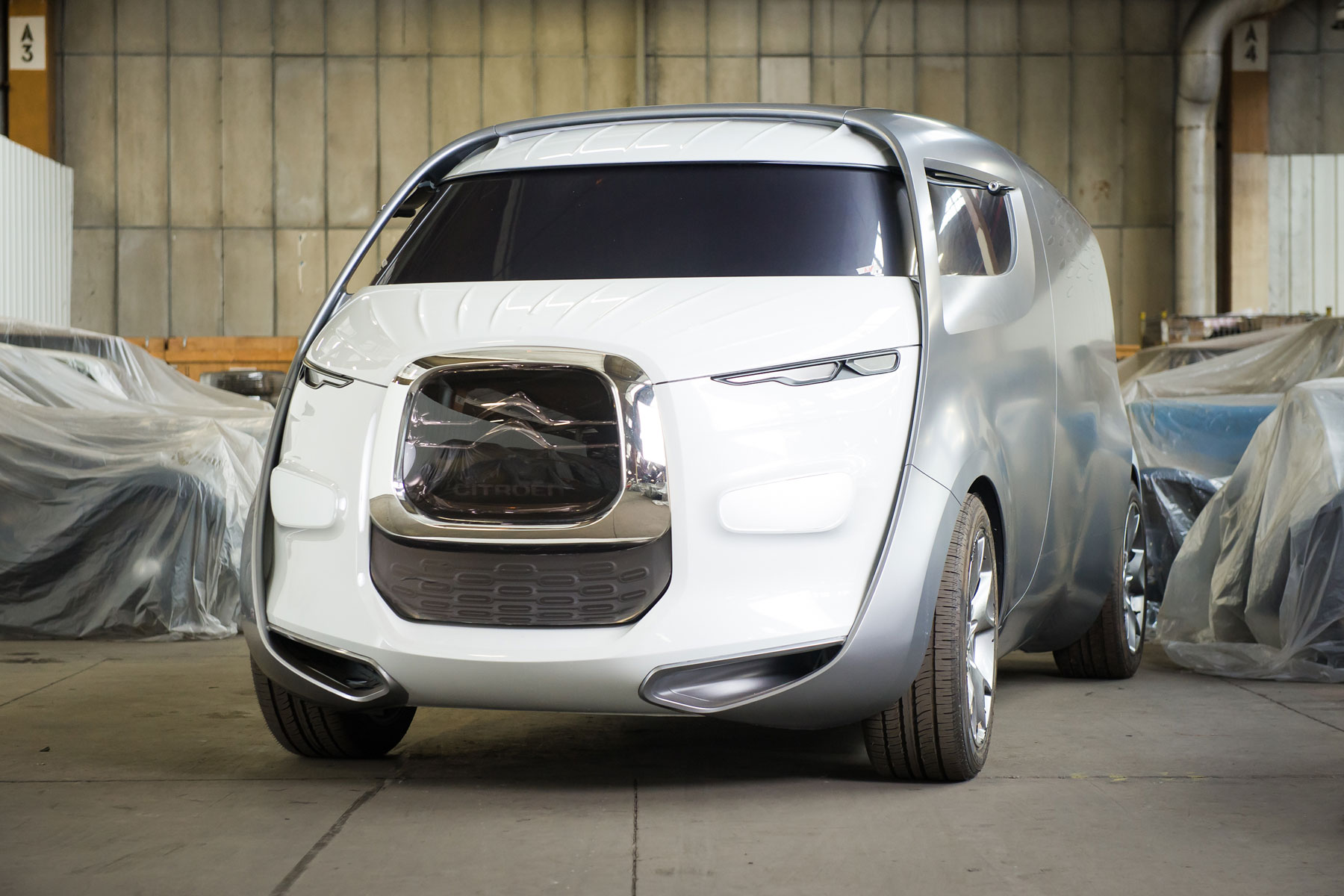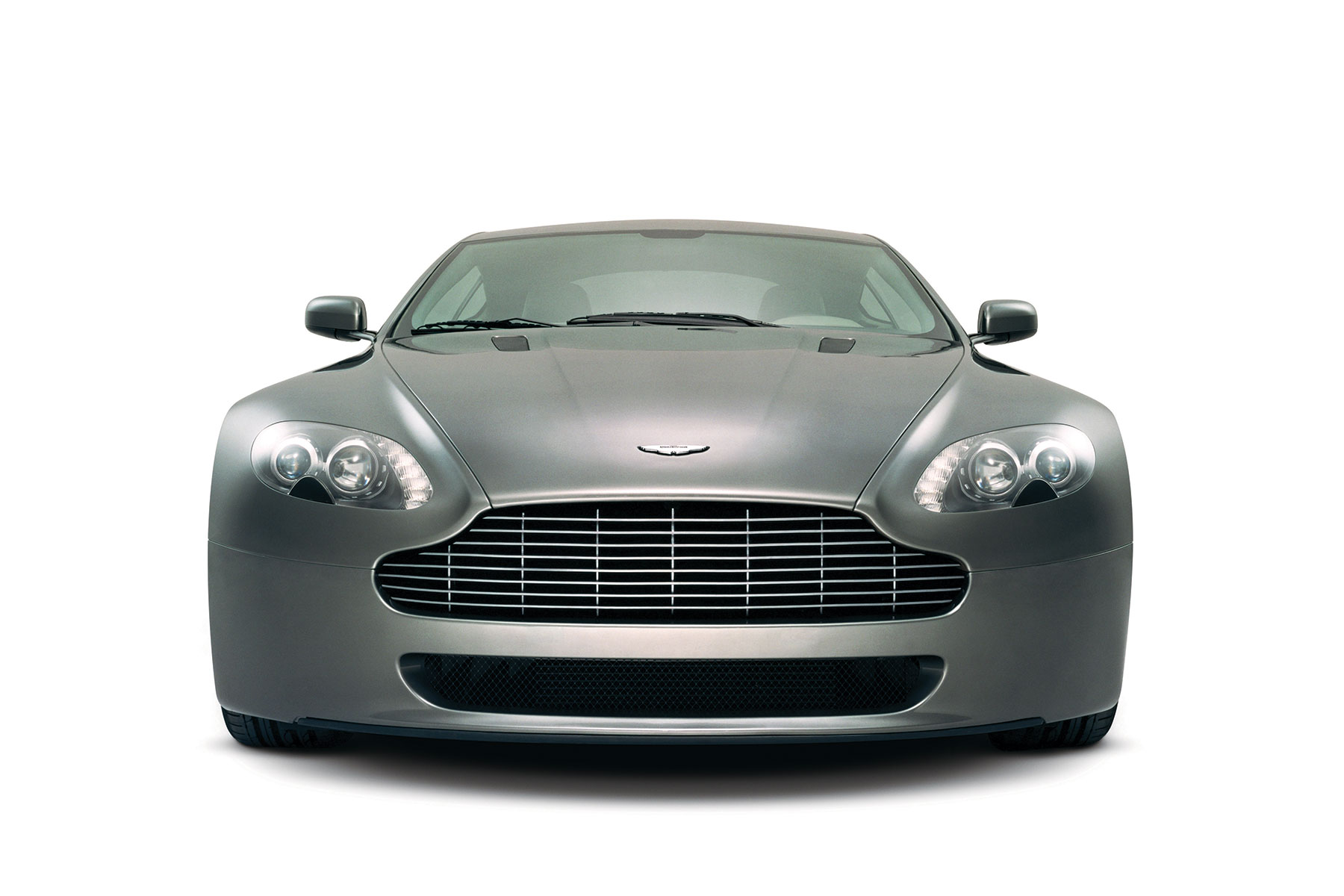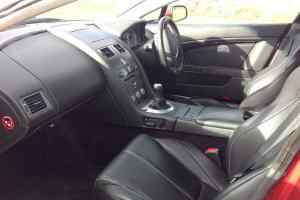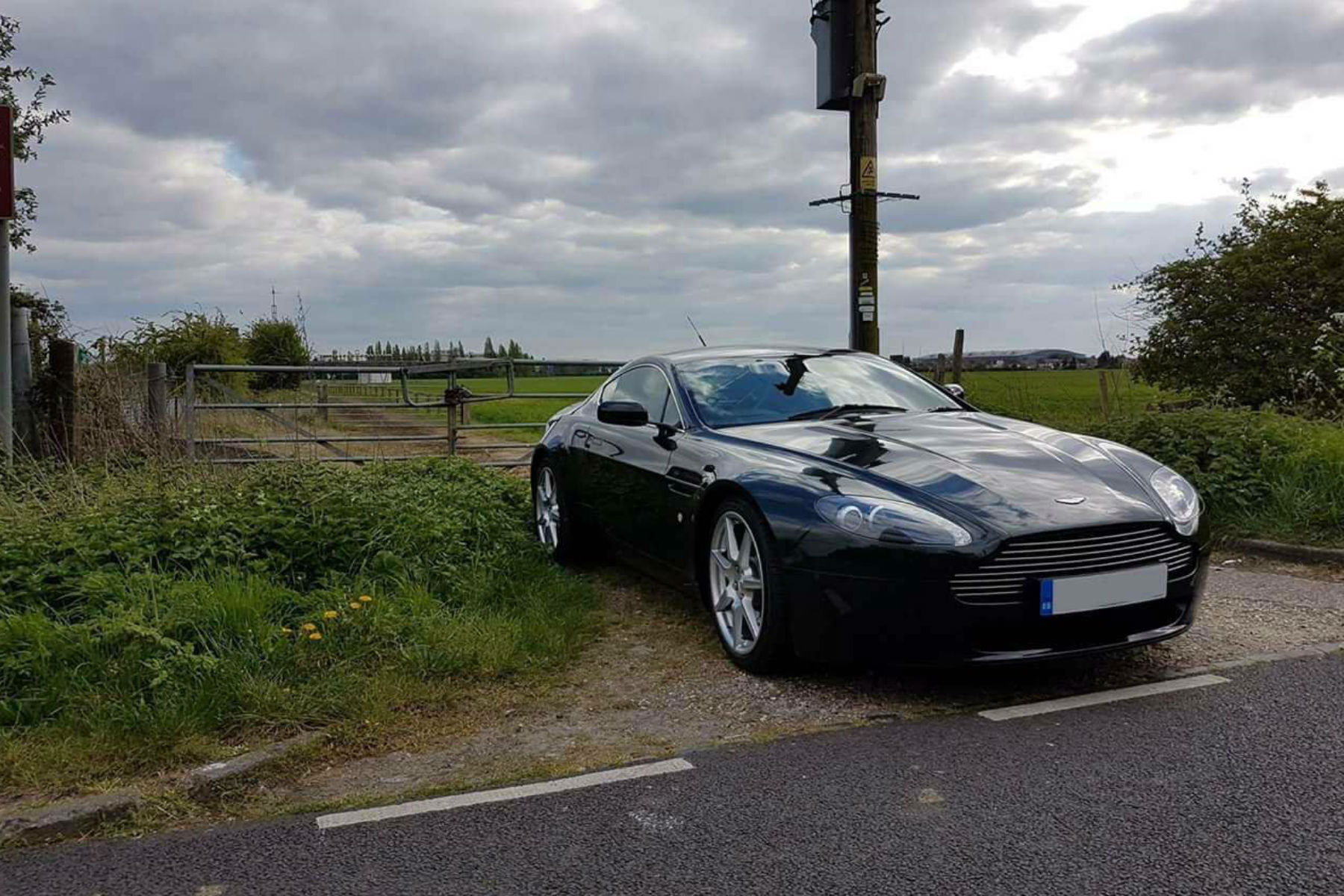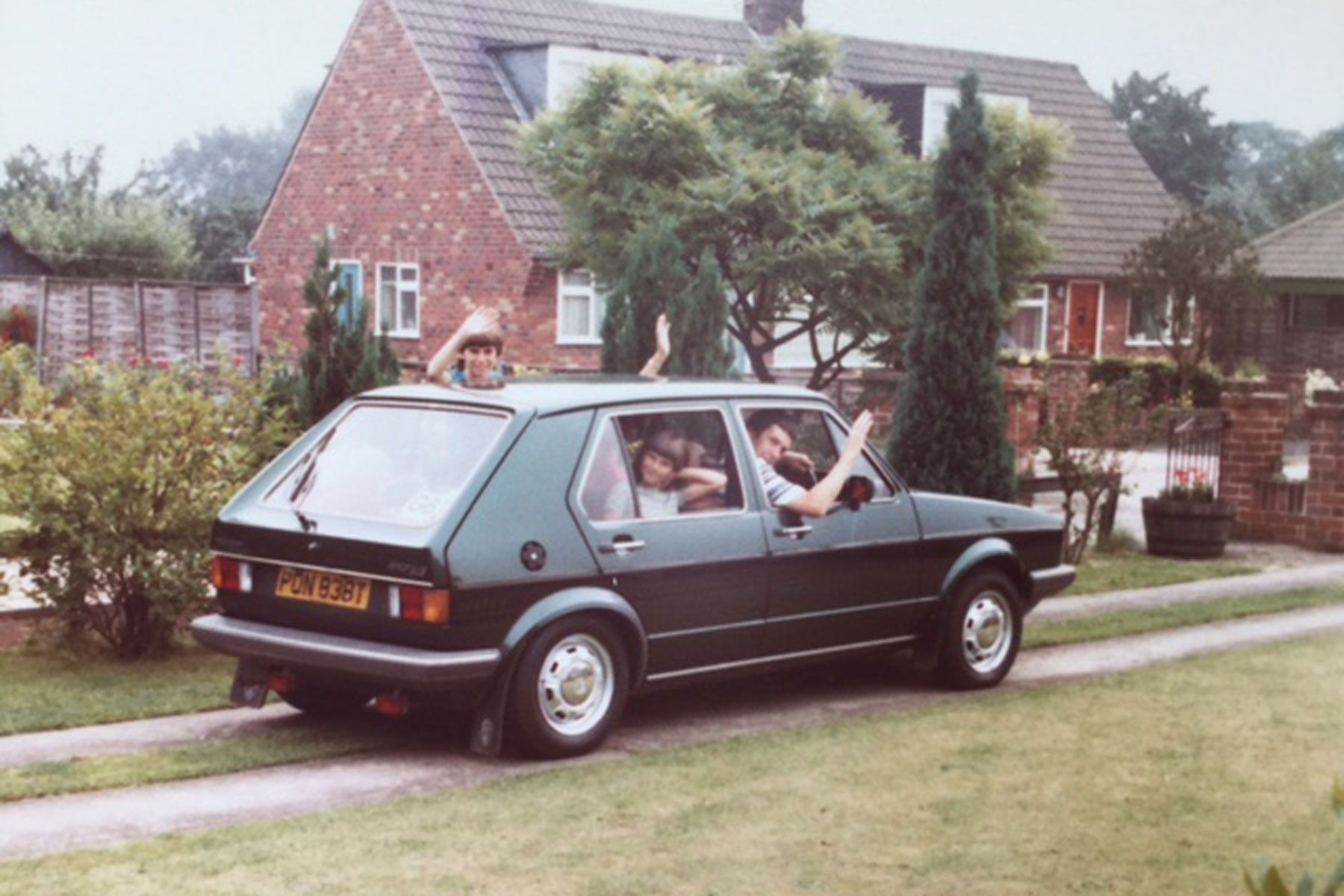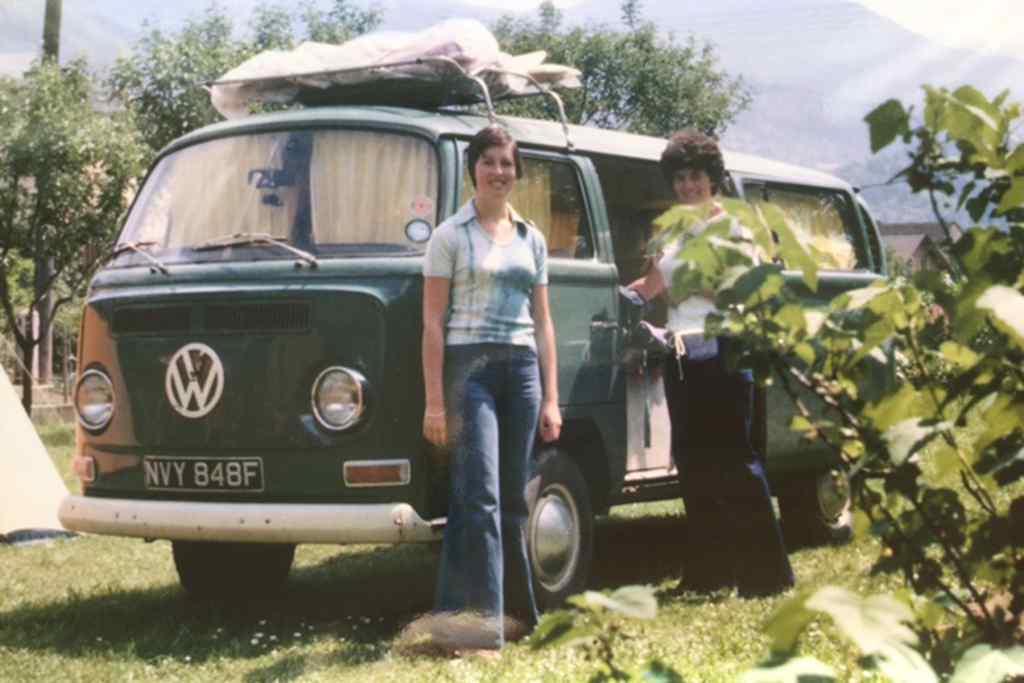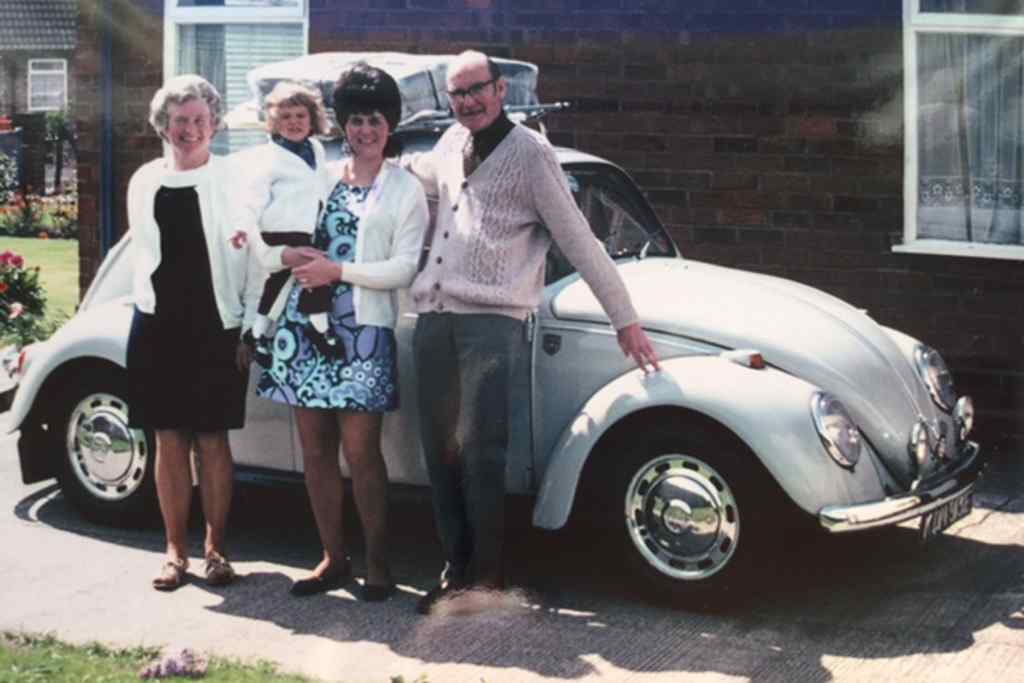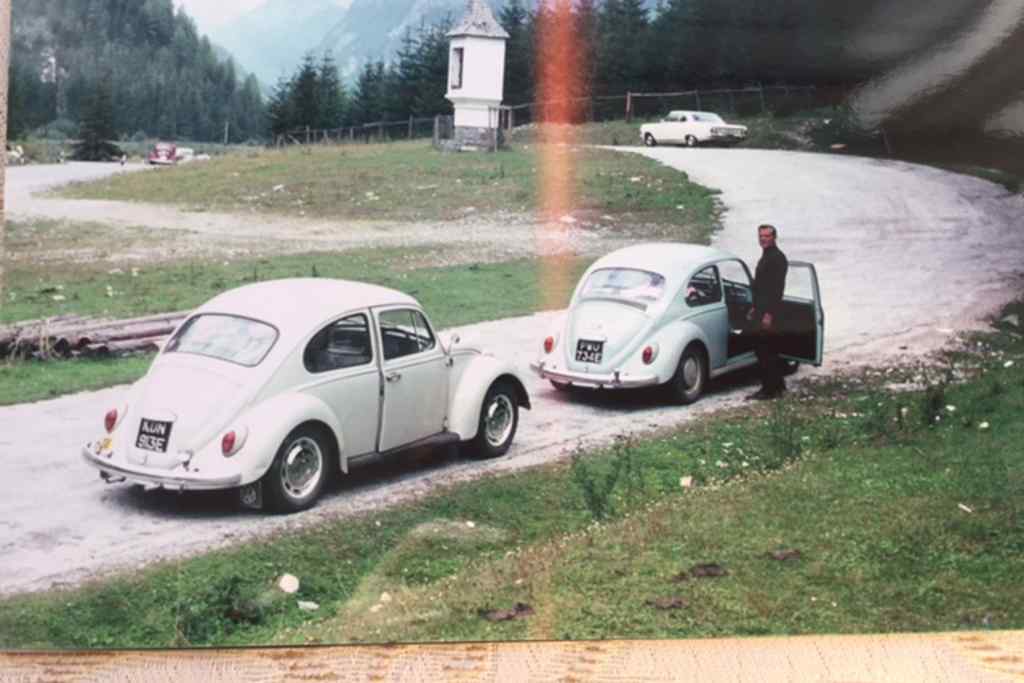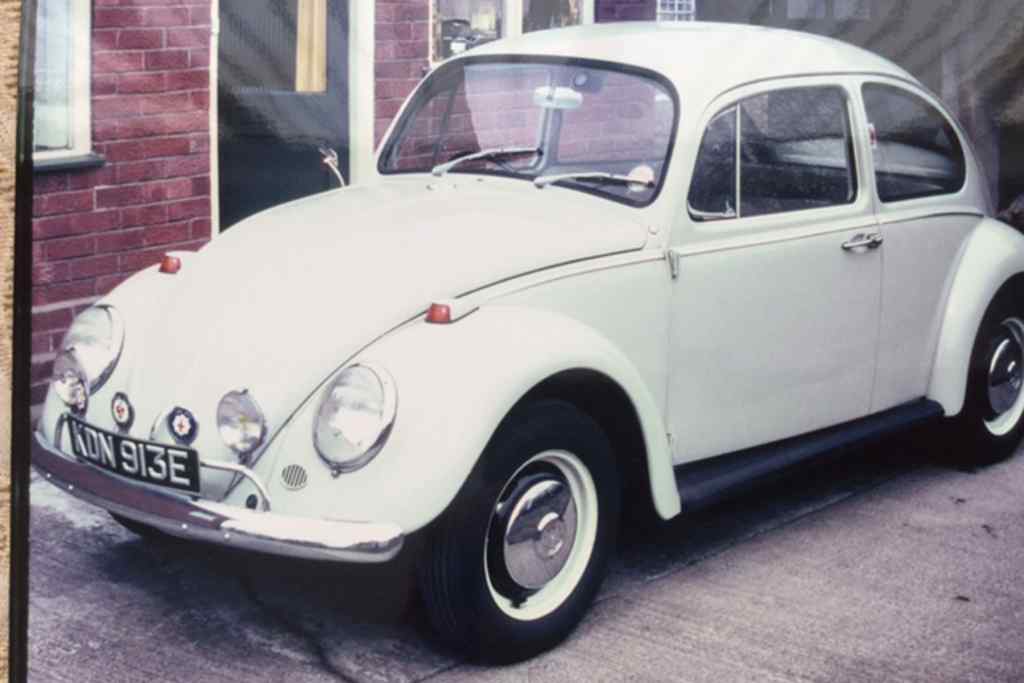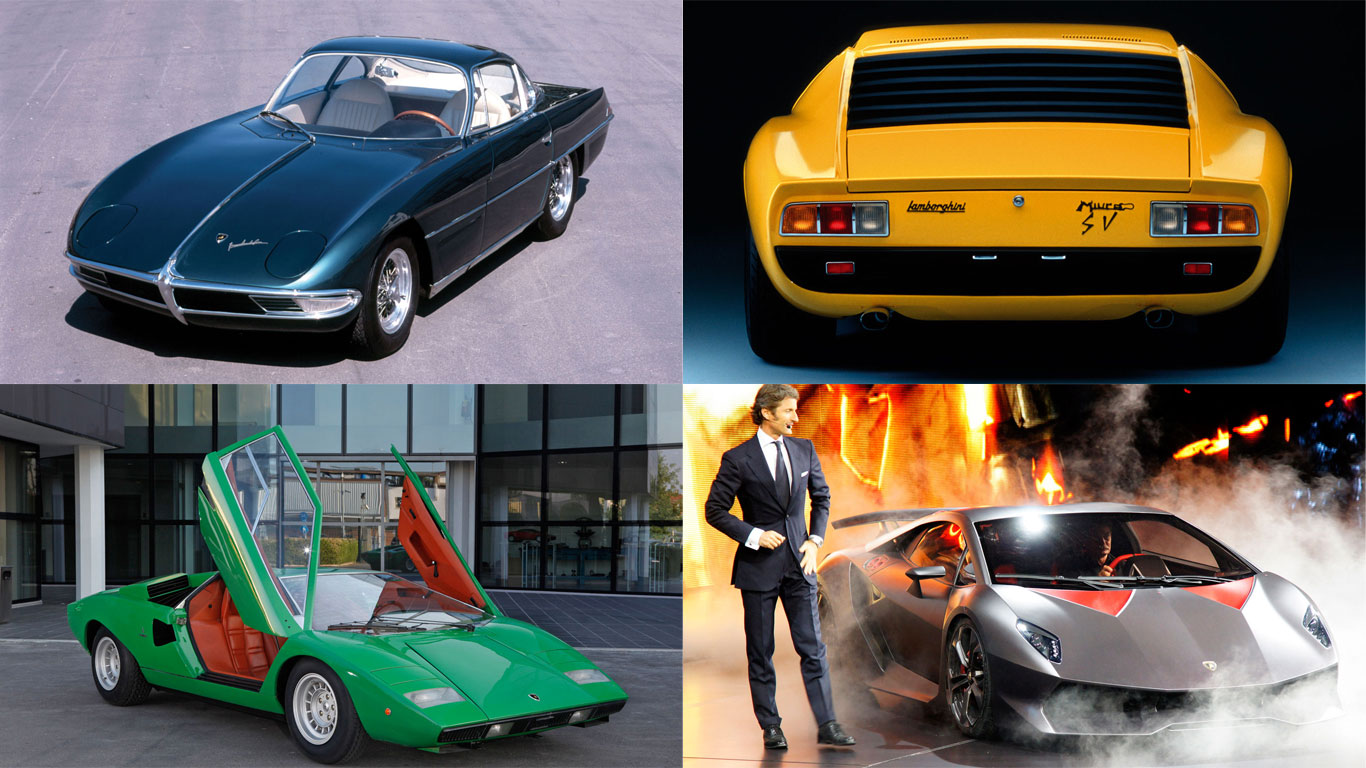
In relative terms, Lamborghini is a young company. A mere foal in a world of Italian thoroughbreds and pure pedigree. Ferrari was founded in 1929. Maserati in 1914. Alfa Romeo in 1910. Lancia, even further back, in 1906. And yet, since its inception in 1963, Lamborghini appears to have achieved more than its five decades of heritage would suggest. Sure, it can’t claim an illustrious motorsport heritage, but its history is rich and intriguing.
There are two theories as to why Ferruccio Lamborghini decided to lock horns with Ferrari. Both seem plausible, but to make up your own mind, you really need to understand the backstory. Ferruccio – or Mr Lamborghini – was born in 1916, the son of two peasants in rural Italy. He was said to be strong-willed, impetuous and driven. Perhaps living up to his star sign of Taurus.
As history will recall, Taurus the bull would have a strong connection with Lamborghini, but for now, this remained a while off. After World War II, Lamborghini founded his tractor factory. Through this and other business ventures, he became incredibly wealthy and by the time of his 50th birthday he was a multimillionaire. Cars were his passion and he owned a string of exotic vehicles, many of them Italian.
Ferruccio Lamborghini’s first car was a Fiat Topolino and he owned many of them, increasing the size of the engine and making them go faster. In 1948 he entered the Mille Miglia, which he completed by driving into a pub. Literally. He then owned a succession of Italian cars, including Alfa Romeos, Lancias and Maseratis, before moving on to a trio of Ferraris.
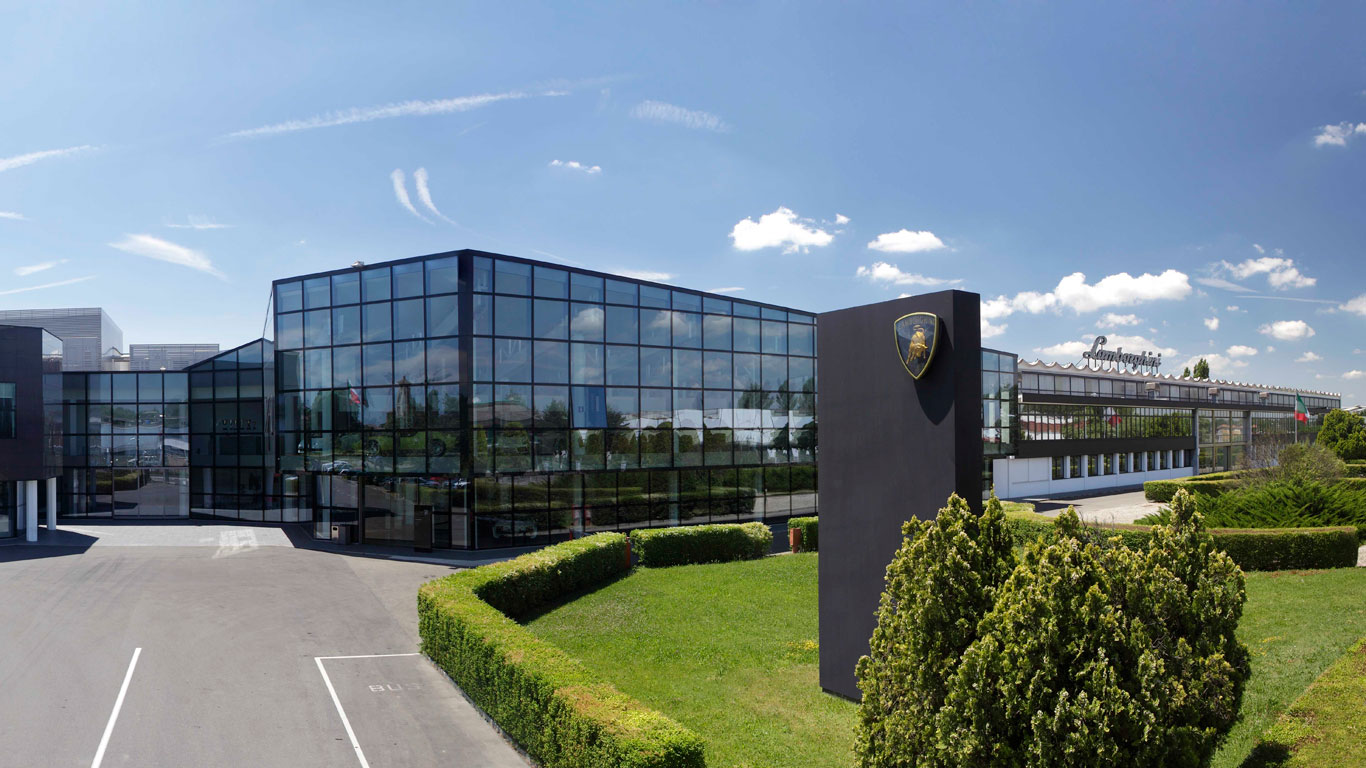
Not that he was happy with these Ferraris. First up was a 250 GT, which was followed by a 250 GT Berlinetta and then a 250 GT 2+2. He complained about clutch problems and he also felt they were too slow. Naturally, this angered Enzo Ferrari, who responded by telling him he may be able to drive a tractor, but he would never be able to handle a Ferrari properly. Well if you’ll excuse one last cliché, this was like taking a red rag to a bull.
To start, Lamborghini simply upgraded his own personal Ferrari, fitting a new clutch and cylinder heads. It is said that he used to wait by the side of the road near the Ferrari factory in Maranello and show the Ferrari test drivers a clean pair of heels. But that wasn’t enough for Lamborghini. He wanted to make his own car. And he had the money with which to do it.
By the end of 1962 he was already making plans and by May 1963 he had founded Automobili Ferruccio Lamborghini. Land was purchased in Sant’Agata Bolognese, some 15 miles outside of Bologna and he set to work building an ultramodern factory. His experience in the tractor industry would prove beneficial and he ensured the office block was situated adjacent to the factory floor. He was a very hands-on boss.
First car shown at the 1963 Turin Auto Show
Amazingly, Ferruccio Lamborghini set a target date of six months for the official public launch of the company. The 1963 Turin Auto Show presented the perfect opportunity, but of course, he needed a car. He turned to Giotto Bizzarrini, the engineer responsible for – amongst other cars – the Ferrari 250 GTO. Attracting a man of his calibre represented quite a coup for Lamborghini.
He also hired two young engineers, Giampaolo Dallara and Giampaolo Stanzani. Against all the odds, the team managed to create the quite beautiful 350 GTV. It was actually built at the Lamborghini tractor factory as work on the new plant hadn’t been completed. But the 350 GTV was a revelation. It announced to the world that Lamborghini had arrived. Everyone, including Enzo Ferrari, took notice.
But if the 350 GTV was a stunner, the 350 GT of 1964 simply took things to an entirely new level. It was powered by the Bizzarrini-designed V12 engine and styled by Italian coachbuilders, Touring. With a top speed of 155mph and a 0-60mph time of 7.0 seconds, it certainly didn’t lack pace.
The arrival of the Lamborghini 400 GT was almost inevitable. The engine was increased to a 4.0-litre and it featured the first gearbox to be designed in-house by Lamborghini. Later, the 400 GT spawned a 2+2 model. In total, 273 400 GTs were built.
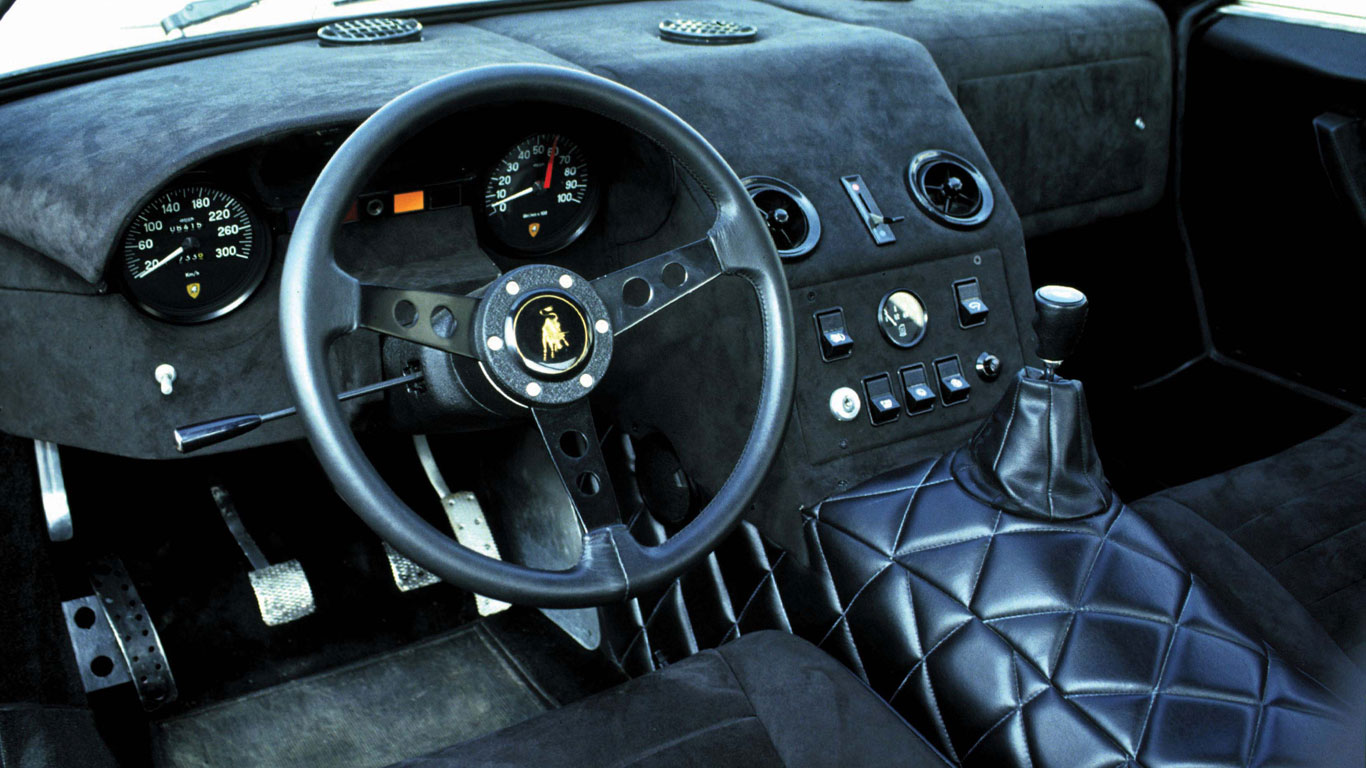
This photograph shows the inside of a Lamborghini 400 GT. After this, Lamborghini had a growth spurt, producing prototypes such as the 350 GTZ, 350 Spyder by Touring and the Monza 400. Ferruccio Lamborghini put total faith in his young engineers, Dallara and Stanzani, who were working on a project codenamed 400 TP.
The car was powered by the 4.0-litre engine of the 400 GT, which was transversely mounted behind the cockpit. The chassis was made of bent, welded-steel that was drilled to make it lighter. Ferruccio approved the project, arguing it would be good advertising for the brand. This was not to be the case. The chassis was ill-conceived and needed further work. Lamborghini turned to Nuccio Bertone, who said, ‘I’m the one who can make the shoe to fit your foot.’
One of the true greats
Marcello Gandini was the master designer charged with making Bertone’s ideas a reality. The result was one of the truly great cars ever to grace this planet. A breathtakingly gorgeous car that is perhaps the most beautiful of all-time. It was called the Lamborghini Miura and it was born at the 1966 Geneva Motor Show. And we say born, because cars like this aren’t built. They’re born.
Gandini claimed he and his team worked like ‘madmen’ from October to February, putting in 24-hour shifts, seven days a week. A year after its arrival as a chassis at the 1965 Turin Motor Show, Lamborghini had created a masterpiece. That’s just four months to turn an experimental prototype into a stunning production car. Good grief.
Lamborghini managed to park an orange Miura outside the Hotel de Paris on the Saturday of the Monte Carlo Grand Prix race weekend. Crowds gathered, with people eager to catch a glimpse of this other-worldly creation. Casino Square was gridlocked.

With orders flooding in, Lamborghini was becoming wealthier all the time. Money was invested in a new prototype called the Marzal. The work of Bertone and Gandini, the Marzal was the first Lamborghini to feature gull-wing doors and became the star of many motor shows. Although it was never put in production, it was chosen by Prince Rainier of Monaco to open the Monte Carlo Grand Prix.
Next up for Lamborghini was the Miura Roadster. Introduced at the 1968 Brussels Motor Show, the car was designed to gauge the reaction of the public to a topless Lamborghini. The reaction was favourable, but few orders were received. As a result, it remained as a prototype. In March that same year, Lamborghini did launch an entirely new car.
It was called the Islero GT and it was the natural successor to the 400 GT. At 6,450,000 lire, it was expensive, but it had an exquisite interior and an impressive list of standard specification. Again powered by the 4.0-litre V12 engine, the Islero GT developed 350hp.
The Islero wasn’t the success Lamborghini hoped it would be. After the beauty of the Miura, the Islero was more sedate effort and only 155 Isleros were built. Lamborghini said goodbye in 1969 by building the even more luxurious Islero GTS, of which 70 units were sold.
Marcello Gandini at the peak of his powers
But if the Islero is considered a failure (and wrongly overlooked today), the same couldn’t be said about the Espada. Sitting above the Islero in the Lamborghini range, the Espada would go on to enjoy a ten-year production run. Quite clearly inspired by the Marzal concept car, the Espada was a two-door Lamborghini with seating for four.
Creatively, Marcello Gandini was at the peak of his powers and the Espada is a true reflection of the man’s genius. Check out the ducts on the bonnet, the partially covered rear wheels and the way in which the design of the body hides the huge amount of interior space. Oh, and talking of the interior…
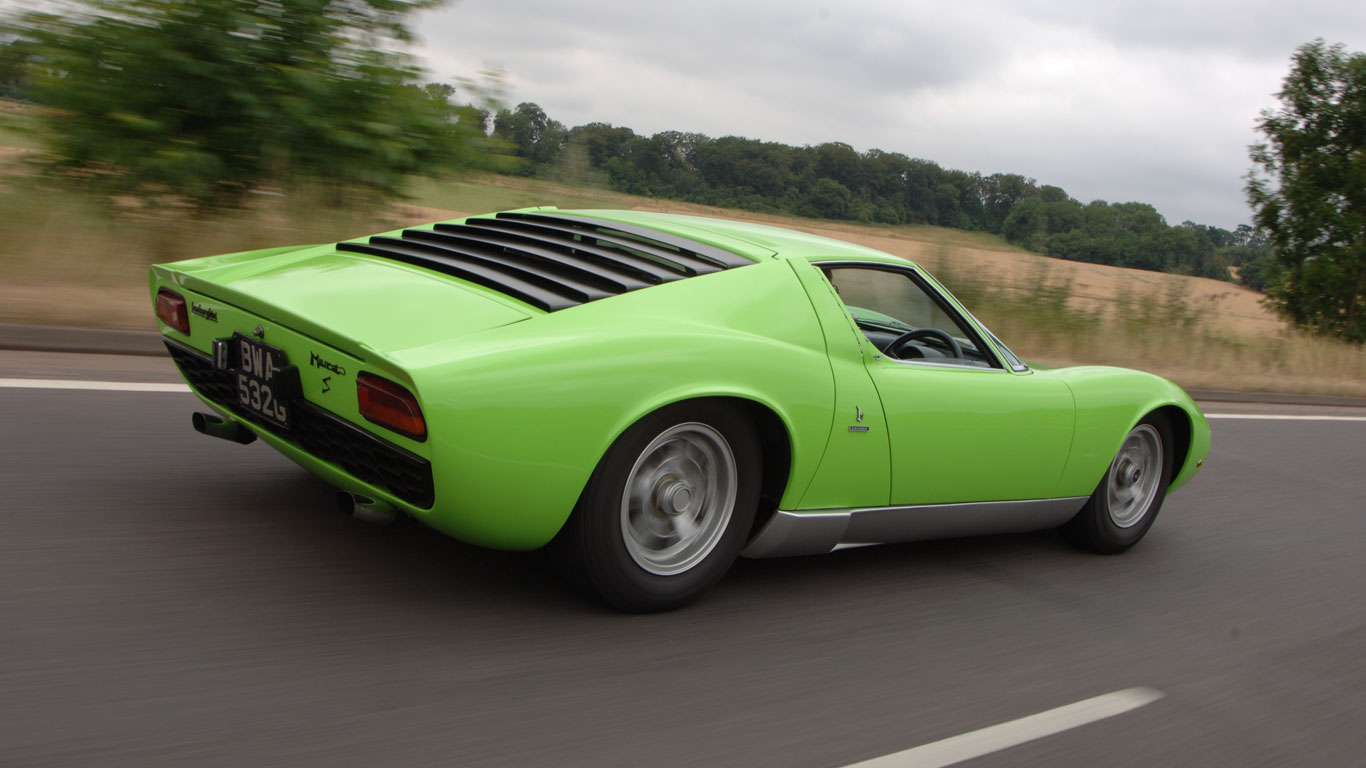
Lamborghini was on a roll. The company planned a series of upgrades for its existing model line-up, which started with the Miura in 1968. The Miura S saw the power increased to 370hp, the addition of electric windows and a far more luxurious interior. Options included air conditioning and leather. Outside, the S was marked by chrome trim and a S-shaped lightning bolt on the rear of the car.
With the Miura S and Espada selling well, Lamborghini felt it needed an ‘in-between’ model. Step forward the Jarama which – whilst not the most beautiful thing ever to come out of Sant’Agata – did feature the famed V12 engine. As a 2+2, Lamborghini hoped it would be a success…
Alas, it was not to be. According to Lamborghini, the 350hp Jarama and 365hp Jarama S were conceived for the “gentleman driver” but there clearly weren’t enough of these around in between 1970 and 1976. A mere 328 were built and it was the last front-engined sports car, Lamborghini built. Notice the use of the word ‘sports’ in that sentence.
A change of direction
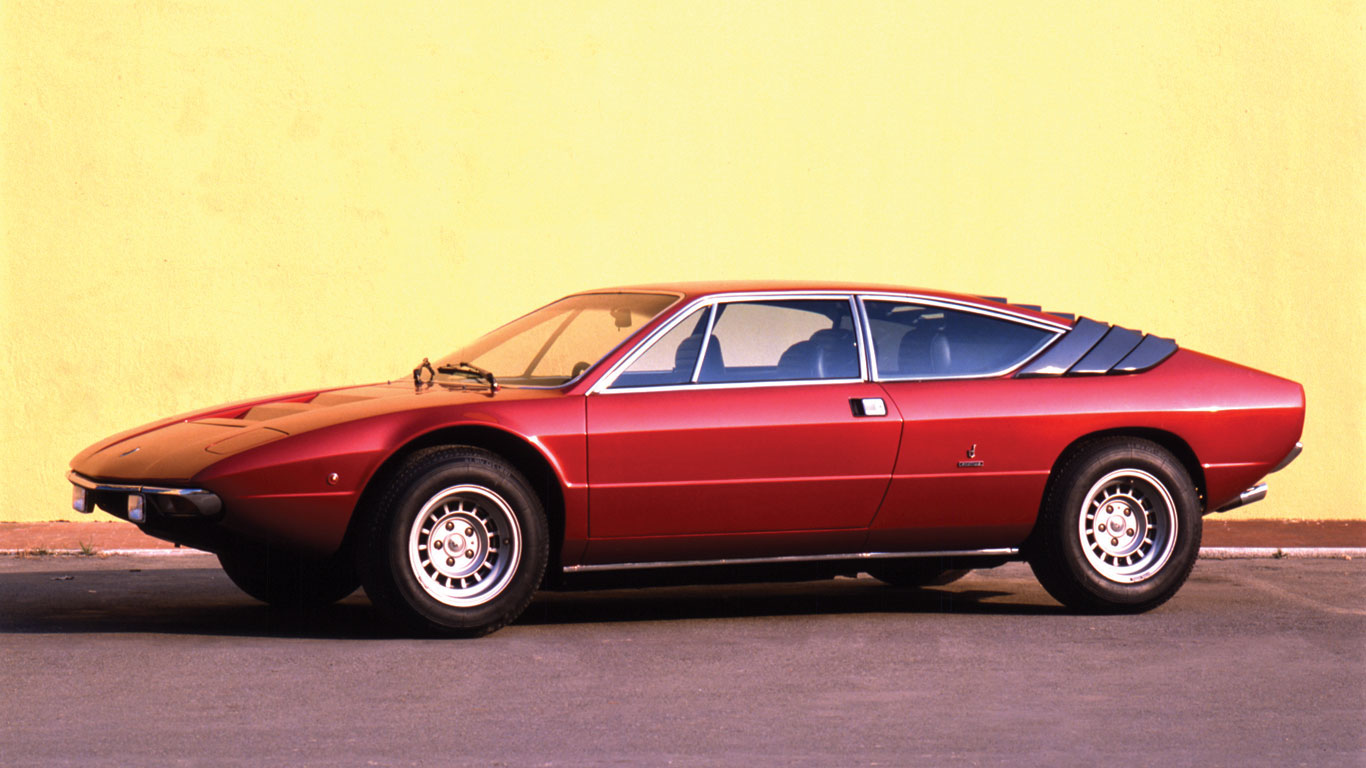
The Urraco of 1970 heralded a change in direction for Lamborghini. Here was a more ‘affordable’ take on the classic Lamborghini recipe, with a 2.5-litre V8 engine, rather than the V12s of before. You may remember the Urraco driven by James May in the cheap supercars feature on Top Gear. Clarkson drove the Maserati Merak and Hammond drove the Ferrari 308 GT4.
To accommodate the Urraco, Lamborghini expanded its factory by nearly 500 square metres, but once again, the Urraco failed to win the hearts of Lamborghini devotees. Which is a shame, because it remains a timeless piece of design by Marcello Gandini.
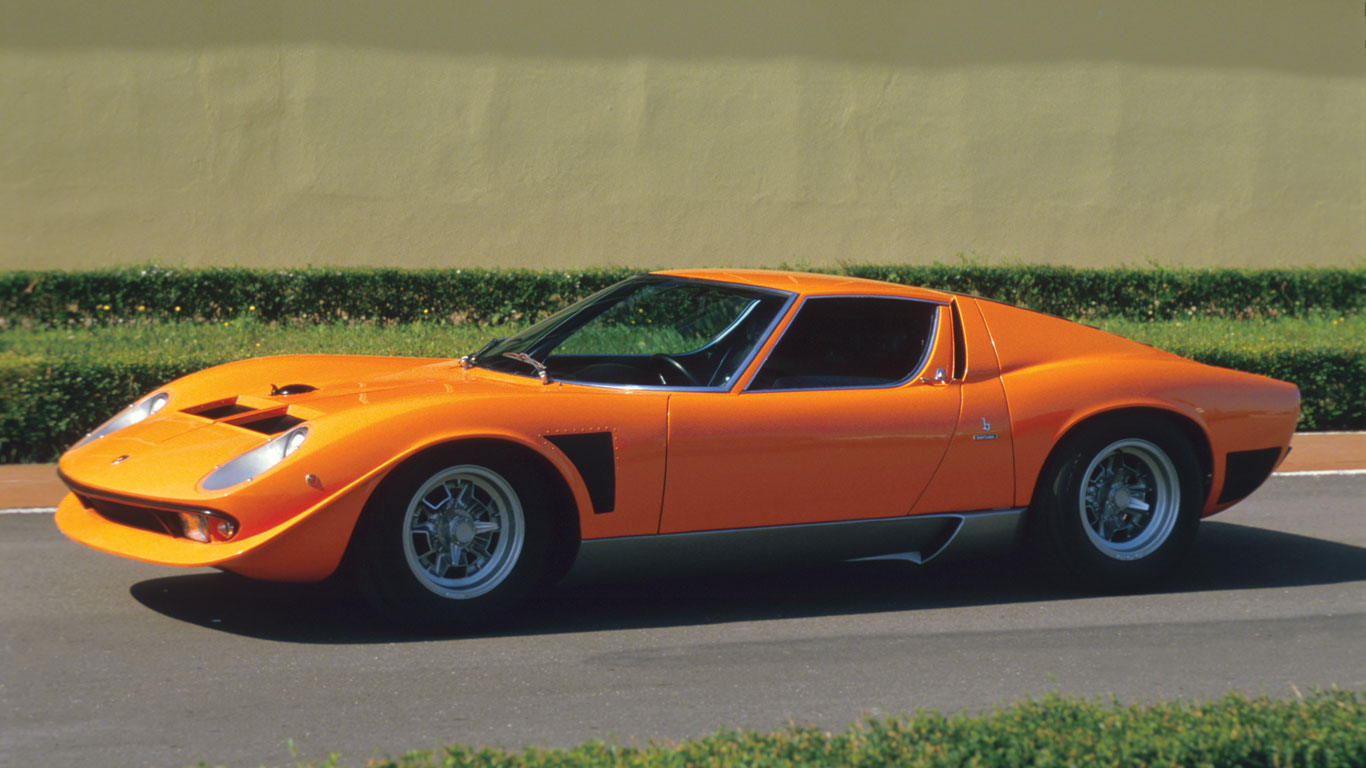
So with new models failing to hit the target, Lamborghini was forced, once again, into upgrading its more successful models. The Miura Jota was the work of New Zealand racer, Bob Wallace, who created a unique take on the Miura recipe. With a completely new chassis, a lightweight body and the engine cranked up to produce 440hp at 8,500rpm, this was a proper race car.
Weighing an outstanding 890kg, the Miura Jota could accelerate to 62mph in just 3.6 seconds. From the outside, the Miura Jota was notable for its revised headlights, which did away with the trademark eyelashes. It also featured small sliding windows at the side and new alloy wheels.
But the Jota wasn’t the definitive Miura. That accolade belongs to the Miura SV of 1971. It was now more powerful than before, but the key distinguishing feature is the removal of the ‘eyelashes’ from the front headlights. It was also wider at the back to accommodate the 9-inch wide rear wheels.
But the Miura SV didn’t steal the show at the 1971 Geneva Motor Show. In fact, it almost went unnoticed. Because at the same show, Lamborghini unveiled its second show-stopper. Few carmakers get to deliver one icon, let alone two. In record time, Stanzani and Gandini produced an automotive legend. It was called the LP 500, or the Countach.
A poster car for the 1980s
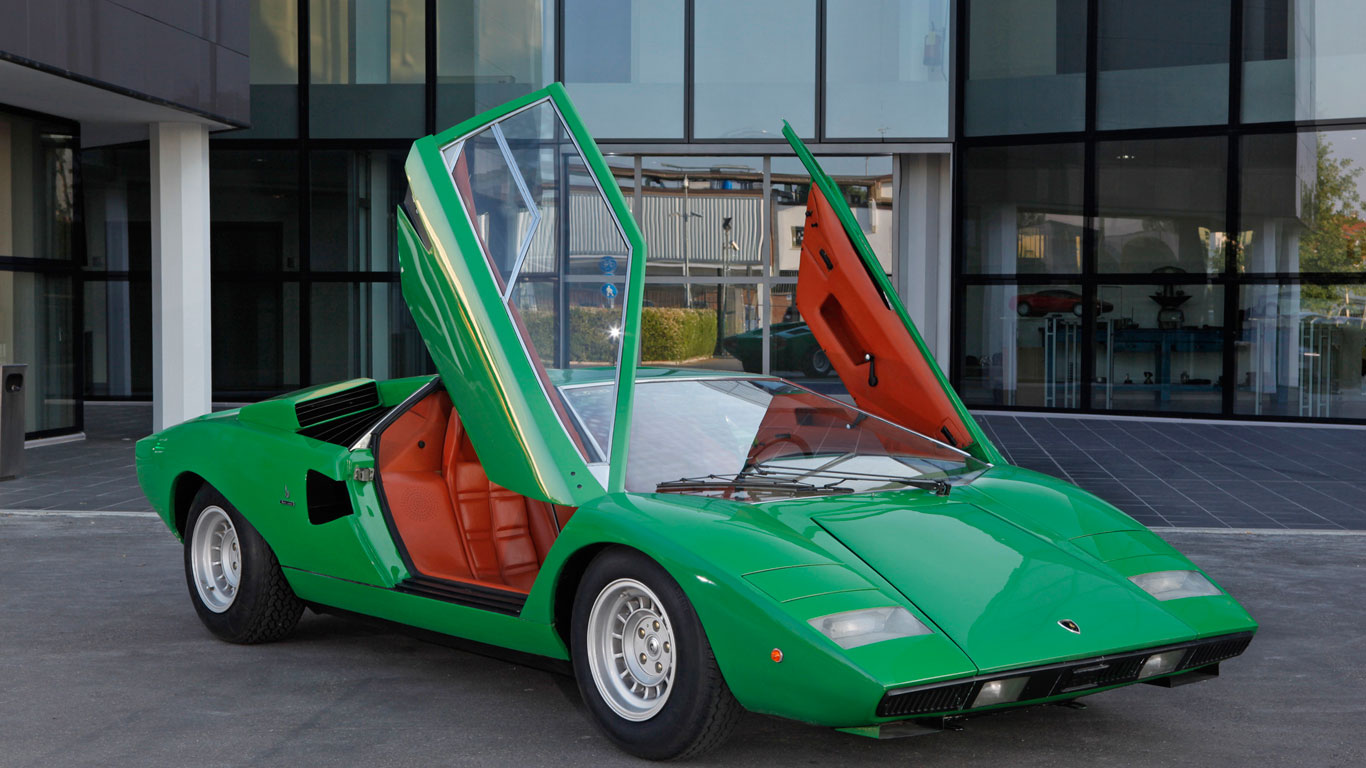
The Countach had all the ingredients required to earn poster space on a bedroom wall. The wedge styling, which looked it had been forged from a single piece of metal. The scissor doors. Not to mention the 200mph top speed. The world would have to wait a further two years for the production version – the LP 400 – so-called because of its 4.0-litre engine.
For 1974, the Lamborghini model range consisted of the Countach, the Espada, the Jarama S and the Urraco S. But these were changing times. The 1973 Arab-Israeli War meant that big, petrol-engined cars were out of fashion. Not good news for a firm like Lamborghini. It did its best to react, building a 2.0-litre version of the Urraco, together with a 3.0-litre, but the company was forced to scale back production.
By now, Ferruccio Lamborghini had become disenchanted with the car business and he sold his remaining shares in 1974. The Jarama was quietly dropped from the range and Bertone proposed a new coupe called the Bravo. But at the 1976 Geneva Motor Show, Lamborghini unveiled the Urraco-based Silhouette, complete with tele-dial alloy wheels. It featured the 260hp 3.0-litre V8 engine of the Urraco P300.
In 1976, Lamborghini entered into talks with BMW Motorsport over the possible collaboration on a new supercar. For BMW, this presented the opportunity to lean on Lamborghini’s extensive expertise in the sector, not to mention its drawer full of unused ideas for new concept cars. Alas, talks broke down and the deal with BMW came to nothing.

The same was true of a potential partnership with Mobility Technologies International (MTI). The plan was to build the Cheetah – a high-performance off-road vehicle with the ability to tackle the harshest terrain. But the project was far too ambitious for a small Italian firm. In truth, this was a period of turmoil for the company and it was facing a fight for survival. The Cheetah would re-emerge in the future.
The Espada disappeared in 1978, swiftly followed by the Urraco and then, in 1979, the Silhouette. In fact, all that remained was the Countach S, a car which carried the weight of the entire company on its shoulders. Bertone still believed in the company and in 1980 he presented the Athon concept. It was an entirely open car with no roof. But it never came to fruition and the company slid further towards bankruptcy and liquidation.
Unsurprisingly, there were plenty of potential buyers. Eventually, two brothers, Jean-Claude and Patrick Mimran, took over and set about resurrecting the ailing company. The Nuova Automobili Ferruccio Lamborghini SpA company was formed in January 1981. It presented a restyled Miura at the Geneva Motor Show and a new version of the Cheetah concept – now called the LM.
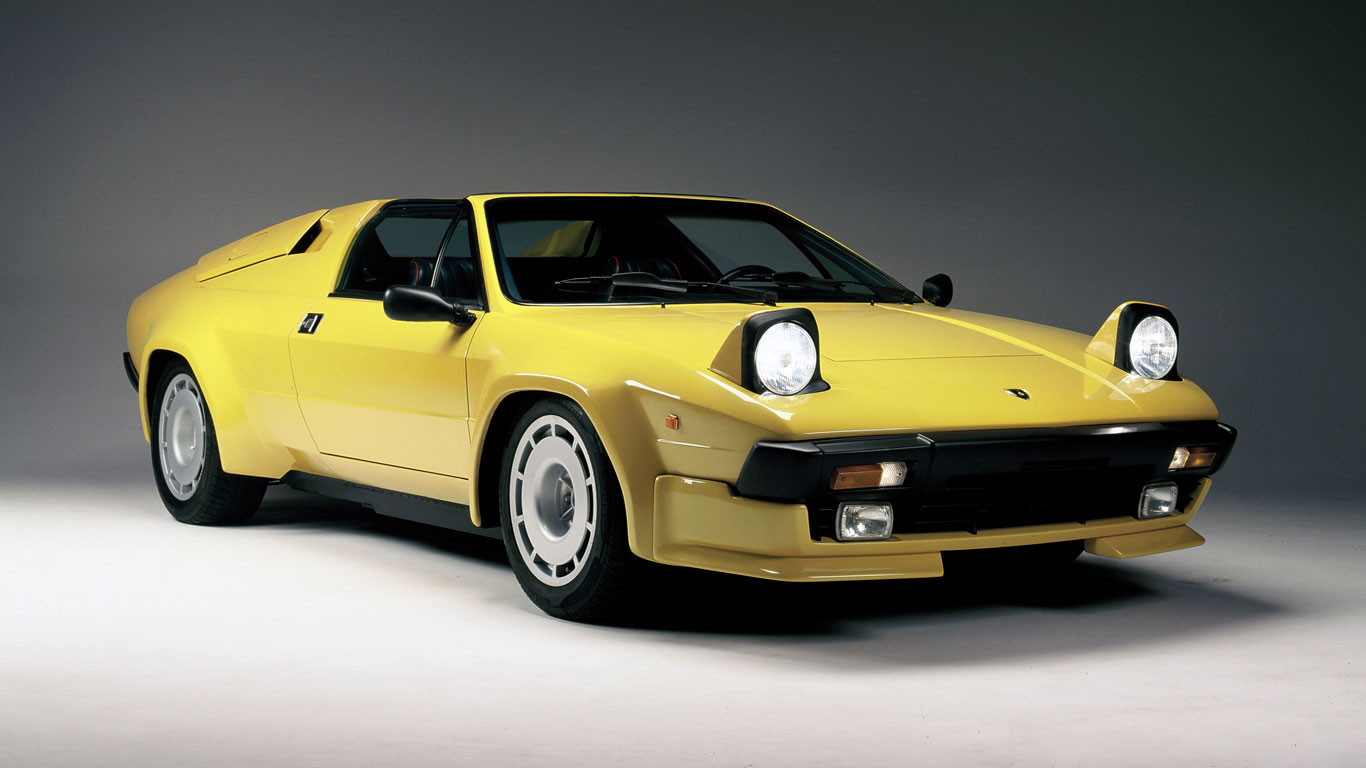
With the company more stable, Lamborghini turned to an old model to boost its prospects. The Jalpa was based on the Silhouette, which itself was based on the Urraco. Against all the odds, the Jalpa proved to be successful, not least because of the 3.5-litre V8 engine, a unit developed by Giulio Alfieri, who was brought in under the new regime.
The success of the Jalpa meant Lamborghini could develop the Countach, which had remained relatively unchanged since 1973. Alfieri increased the displacement of the V12 engine to 4.7-litres, meaning the Countach was now developing 375hp. It was called the Countach 5000 and it looked similar to the S.
Work also continued on the LM 004, complete with a massive 7.0-litre front-mounted V12 engine. Lamborghini worked with Pirelli to develop some seriously hardcore off-road tyres known as Scorpions. In 1986, this car was launched as the LM 002, a luxury SUV seemingly way ahead of its time. Sadly it was no longer powered by the huge 7.0-litre engine.
In 1985, Lamborghini unveiled the Countach Quattrovalvole, complete with 455hp from its 5.2-litre V12 engine. These were better times for Lamborghini. The Jalpa and Countach were selling well and the orders were trickling in for the LM. The company had even started working on a replacement for the Countach – known as the Tipo 132.
On the 23 April 1987, Lamborghini was under new ownership once again, with Chrysler taking the reigns. A year later, production of the Countach Quattrovalvole ceased after the sale of 631 units. A planned replacement in the form of the Evoluzione never came to fruition. Also in 1987, Lamborghini was contacted about the prospect of building an engine for the French F1 team, Larrousse.
A 3.5-litre V12 engine was presented in April 1988 and even Lotus took the opportunity to use Lamborghini’s engine. The best finish Lamborghini ever had was a third place in Japan, but the F1 adventure was short lived. Nevertheless, Lamborghini celebrated its 25th anniversary in style with the aptly named Countach Anniversary. A staggering 657 people went on to buy the commemorative model.
Out with the old
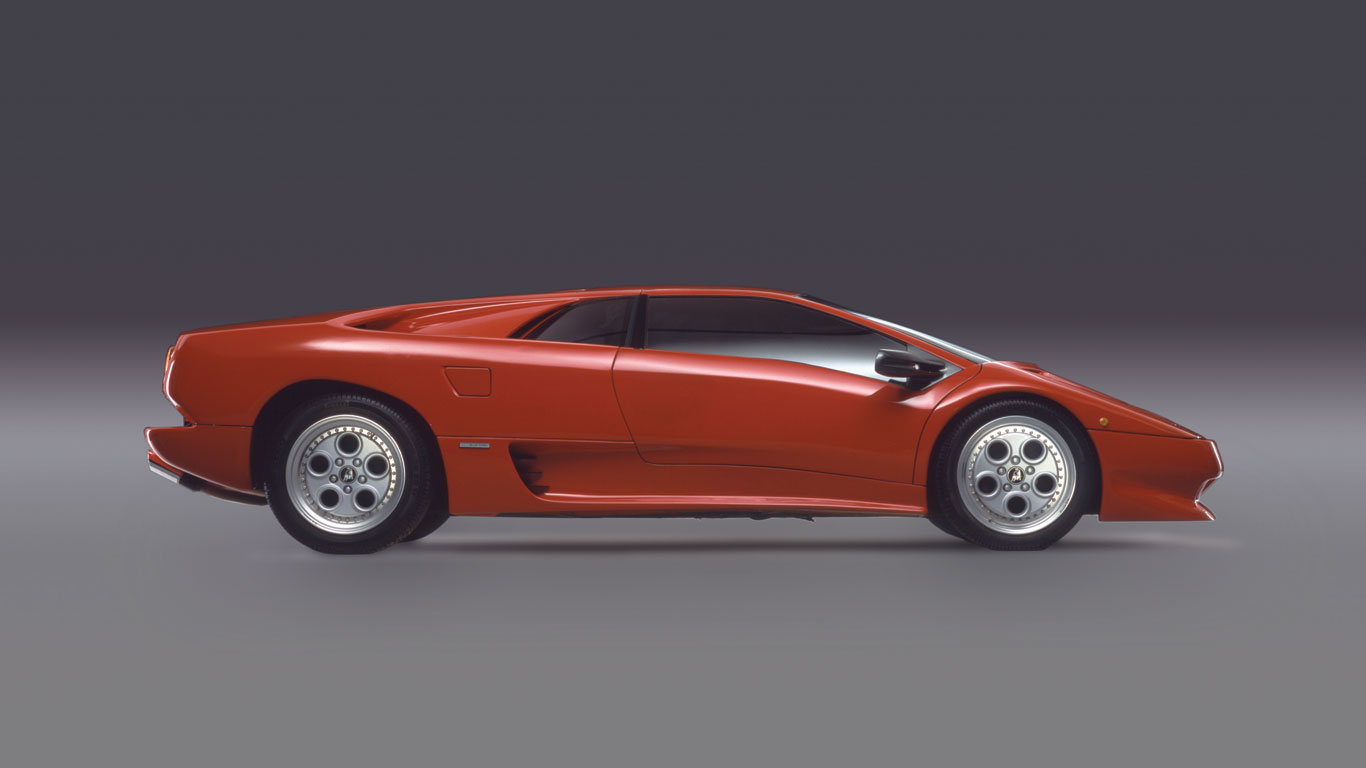
In 1990, it was out with the old and in with the new as Lamborghini unveiled the Diablo. This 492hp 5.7-litre V12-engined supercar looked tame in comparison with the Countach, perhaps because Gandini’s original design had been scrapped by Chrysler. Initially, the Diablo was rear-driven, but a four-wheel drive version – the VT (Viscous Traction) – would be added later.
As history will recall, all-wheel drive would go on to become incredibly important for Lamborghini, not least because it helped to keep its super-powerful cars on the road. In the meantime, the Diablo enjoyed an eleven-year production run with 3,000 units sold in the process. Sadly, in February 1993, Ferruccio Lamborghini died of a heart attack. He had left the car industry long ago, but continued to be involved in several business ventures, including growing his own wine.
In 1994, Lamborghini was sent into turmoil once again as Chrysler sold the company to a group of unknown Indonesian investors. That said, the Diablo continued to evolve, with cars like the lighter and more powerful SV grabbing the limelight. There was also a VT Roadster and a series of special editions, such as the SE, Jota, Monterey and Alpine.
Fast forward four years and Lamborghini signed a contract that would kick-start its modern era. After initial talks with Audi to supply an 8-cylinder engine from its new A8 for the new ‘baby Lamborghini’, what actually transpired was a letter of intent between the two firms. By the end of July 1998, Audi had bought all the shares from the last Indonesian shareholder.
German ownership
Lamborghini’s first new model under the ownership of Audi was the Murciélago. The Diablo had laid the foundations, but the Murciélago carried things on by launching as an all-wheel drive supercar. At launch, the car was available with 580hp from its 6.2-litre V12 engine, but this would increase with future special editions.
The next new car arrived in 2003, with the launch of the 500hp, V10-engined, all-wheel drive Gallardo.
Lamborghini celebrated its 40th Anniversary in 2003 with the Murciélago 40th Anniversary. A mere 50 cars were produced and each one was finished in Verde Artemis. The cars also received a numbered plaque, carbonfibre detailing, a new exhaust and a unique leather trim.
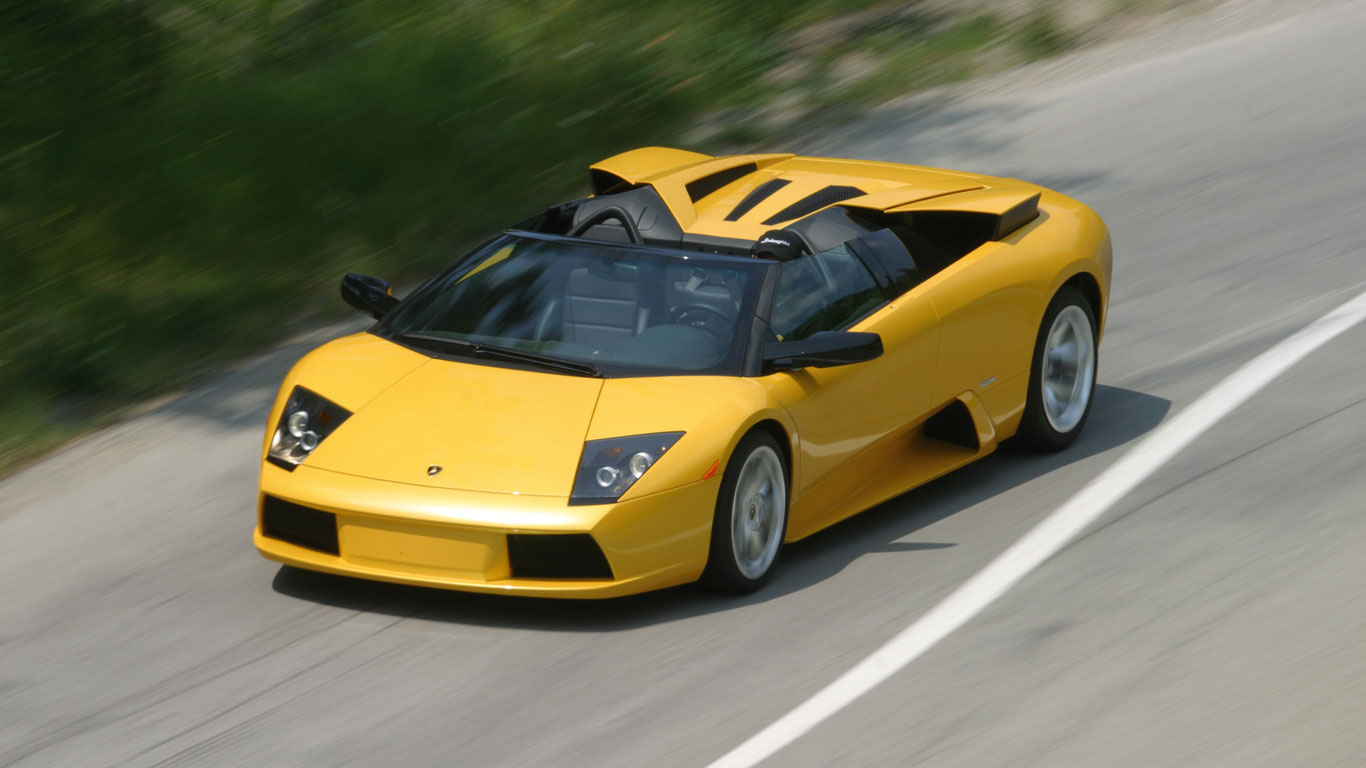
Making its debut at the 2004 Geneva Motor Show was the Murciélago Roadster. It is remembered for the warning on the back of the windscreen which advised owners not to travel at speeds above 100mph with the soft roof in place. Hashtag #firstworldproblems.
There were no such problems with the Gallardo Spyder, which was unveiled at the 2006 Los Angeles Auto Show. This car featured a fully retractable soft top, not to mention the small matter of 513hp.
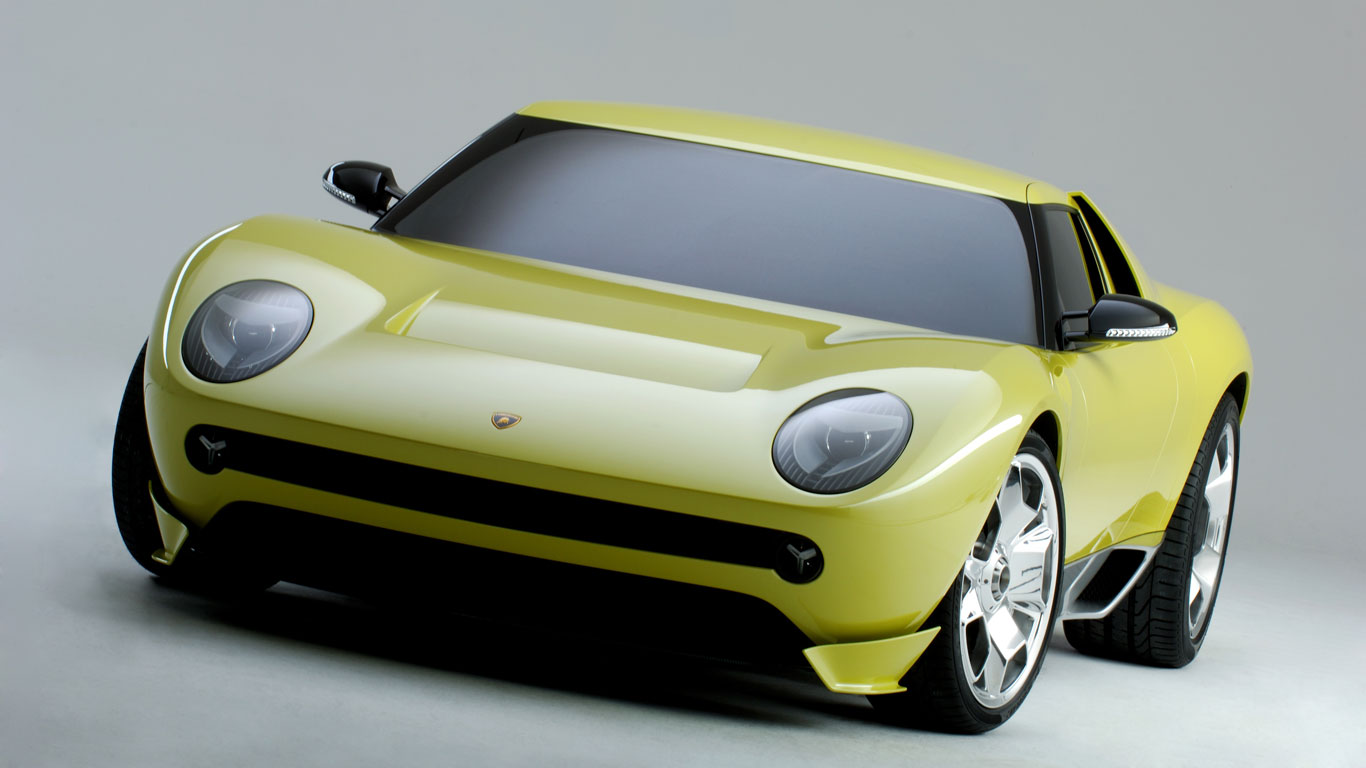
What a way to celebrate the 40th anniversary of the original Lamborghini Miura. The Miura Concept of 2006 just looked like the original, updated. Which is fine by us. Underneath you’ll find a Murciélago, but sadly this never went further than the concept stage. But then, maybe some things are best left in the past.
The Reventón was also based on the Murciélago, but this hypercar actually made it into production. That’s assuming you had deep enough pockets. A mere 20 cars were produced, plus one extra for the Lamborghini Museum. The price tag was around £840,000 and Lamborghini claimed it had a top speed of 330km/h (205mph). In reality, it was much quicker. This was a Lamborghini delivered in the same spirit of the Countach. Full of excess and loaded with bedroom wall potential.
Bringing things up to date
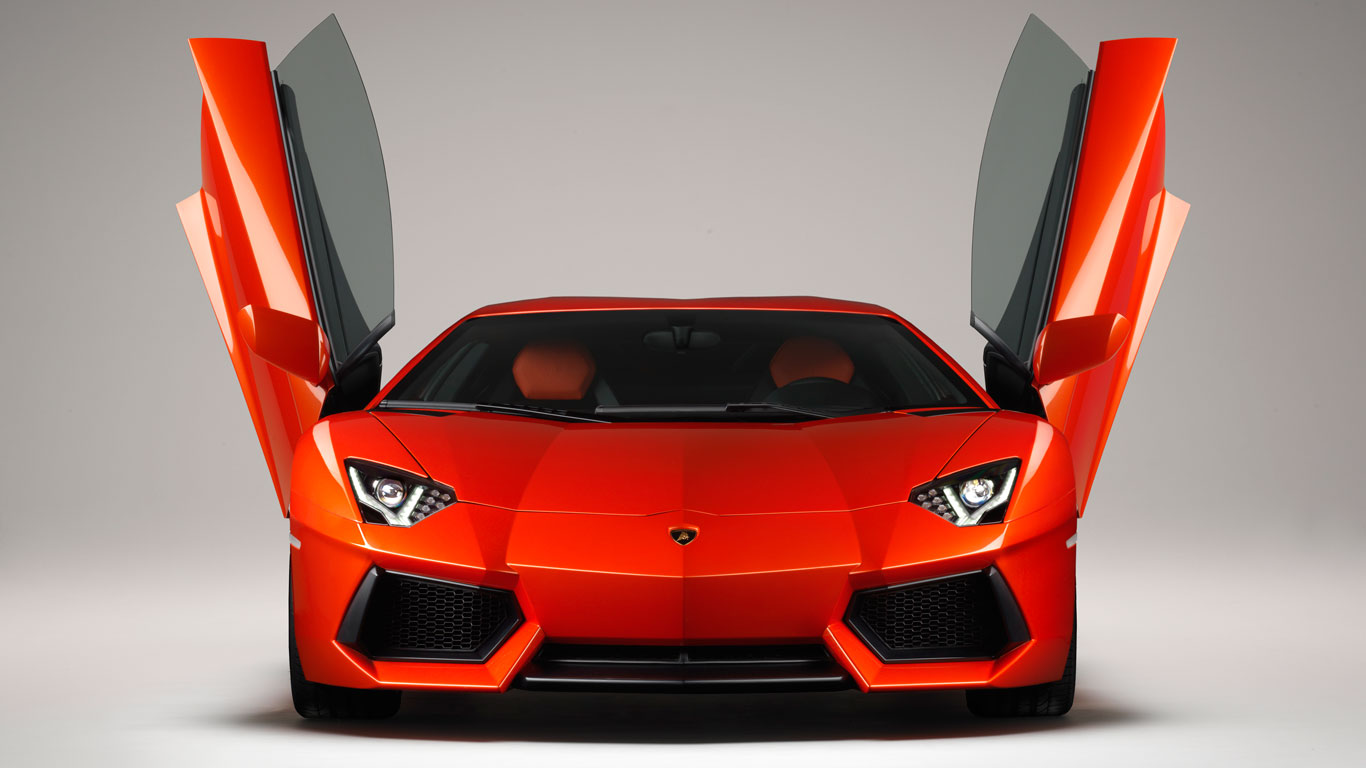
All the previous models were delivered in the past, but the Aventador brings things right up to date. In fact, you can still order the Aventador from your local Lamborghini dealer. Launched in 2011, the Aventador replaced the Murciélago and it would go on to spawn a number of special editions. In ‘standard’ form, the Aventador keeps the V12 tradition alive and develops a huge 700hp. The 0-62mph time is completed in 2.9 seconds and it will go on to a top speed of 217mph. Wow.
And then came the Sesto Elemento. Thanks to the extensive use of carbonfibre, the extreme Sesto Elemento weighs a mere 999kg – that’s city car territory. The V10 engine produces 570hp and all-wheel drive ensures it sticks to the road. The sprint time? Well that’s done and dusted in 2.5 seconds. It takes longer to say the car’s name out loud.
Followed by the Veneno. It’s a Lamborghini Aventador and then some. There’s the same 6.5-litre V12 engine, but Lamborghini worked some witchcraft to produce the body. What a way to celebrate your 50th birthday. Three production cars were delivered – one in green, one in white and the other finished in red. The price? A mere $3.12 million (£2.04 million). Each.
If you thought the Veneno was extreme, the Egoista took things to an entirely new level. With styling inspired by the Apache helicopter and a name which means selfish in Italian, the Egoista was delivered in the true spirit of Lamborghini. It now lives in the Lamborghini Museum.
‘The bedrock of the company for many years to come’
The Huracán – the latest thoroughbred to emerge from the Lamborghini stable. Some may say it lacks the drama and theatre of Lamborghinis of old. Others may claim it’s just not exciting enough. But the Huracán will provide the bedrock of the company for many years to come and – we believe – will earn its place in the Lamborghini hall of fame. Besides, if the Huracán sells well, Lamborghini will be free to create some limited edition monsters.
If you see a Lamborghini police car in your rear-view mirror and you happen to be on the run, you need to make sure you’re a) a good driver and b) have a car faster than the cops. You’ll find Lamborghini police cars in the likes of Dubai, Italy and Singapore.
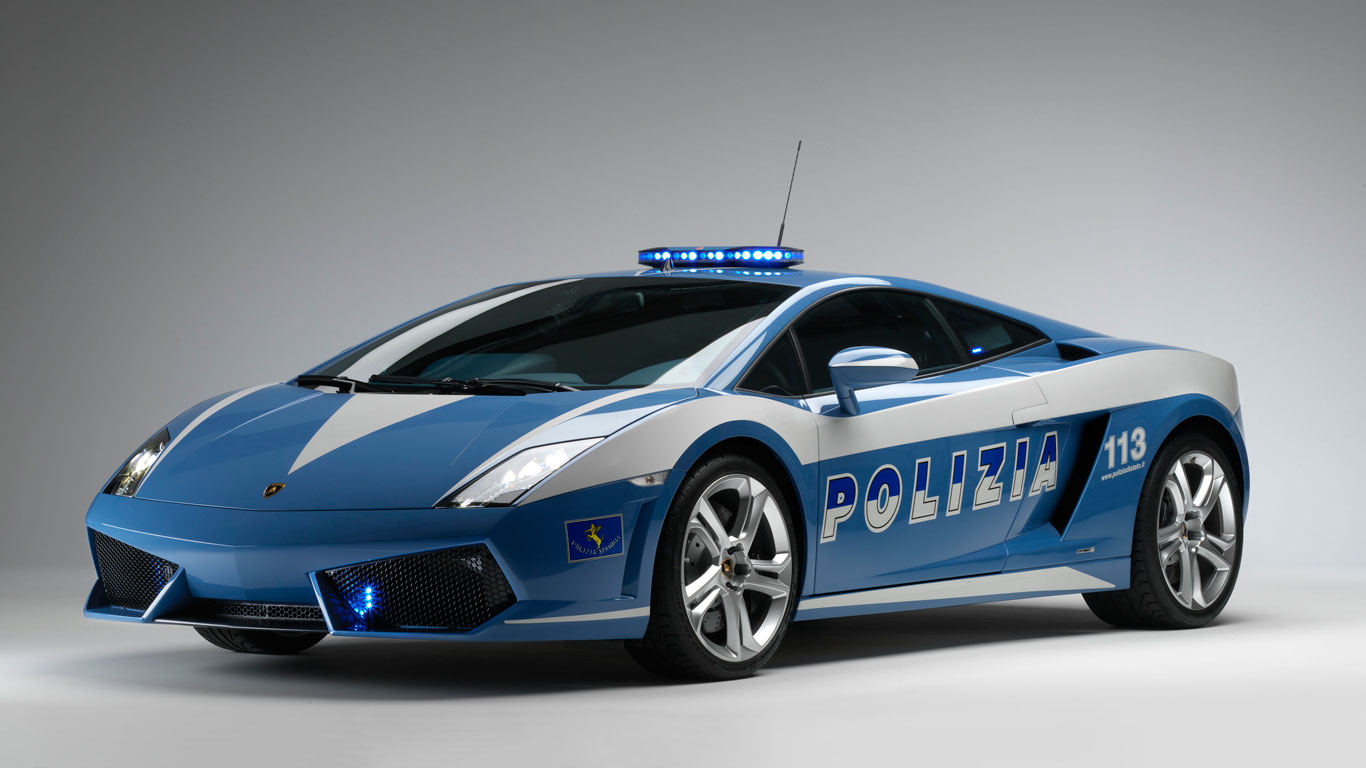
Lamborghini is also the supercar of choice for Bruce Wayne, aka Batman. In 2005, a Lamborghini Murciélago Roadster made its screen debut in Batman Begins. Then, in 2008, a Lamborghini Murciélago LP640 Coupe appeared in the brilliant The Dark Knight movie.
And who can forget the memorable appearance of the Miura in The Italian Job. Unfortunately, the car appeared to come to a sudden end when it had an unfortunate collision with a bulldozer. Now, it would appear the original movie car did live on to fight another day, having been tracked down by two British businessmen. Is it the real thing?
Lamborghini: the future
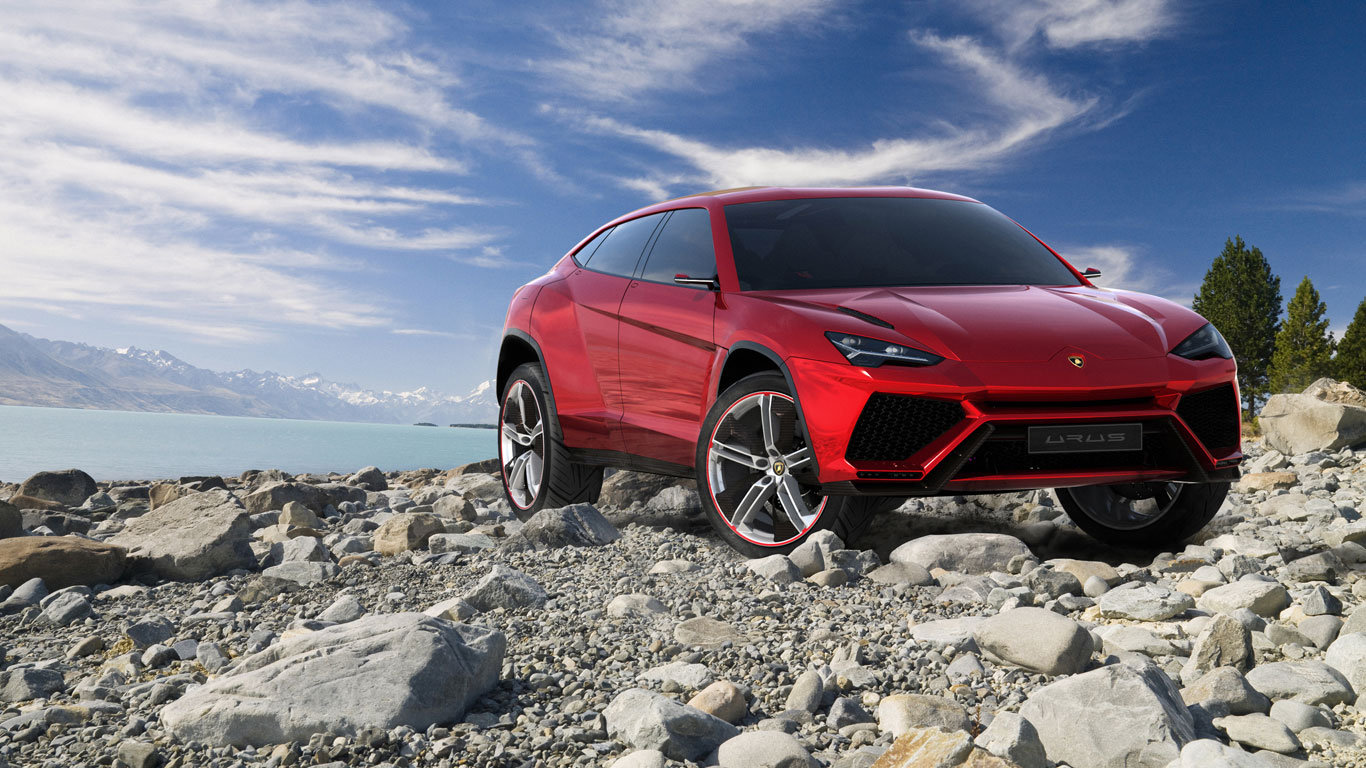
But what of the future? As Lamborghini reveals its controversial new SUV, we can’t help but feel that it’s going to change the direction of the iconic company in the same way the Murciélago did, and the Miura before that. Whatever your thoughts on the Urus, though, we’re sure of one thing: if it funds more jaw-dropping Lamborghinis, it’s fine by us.
